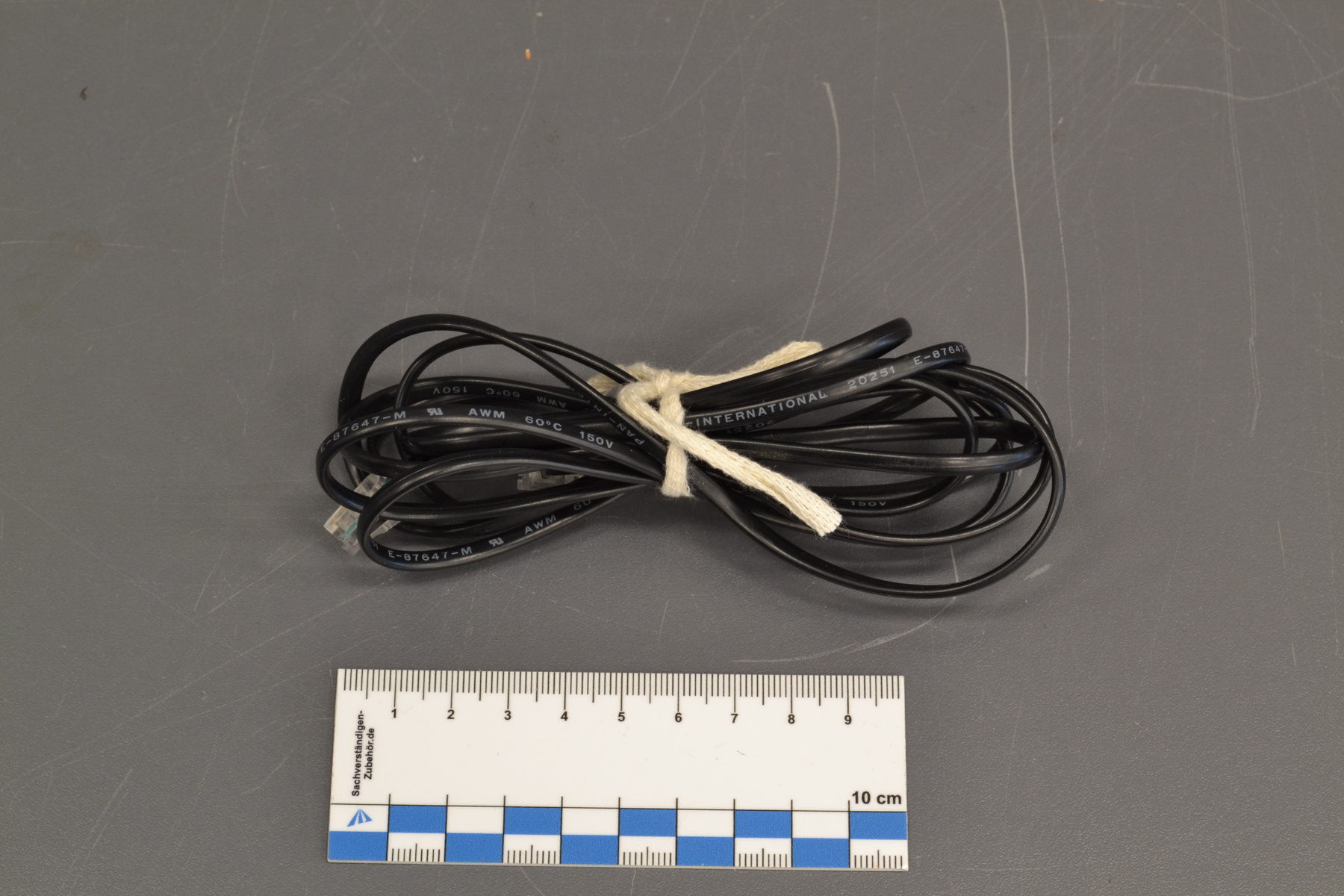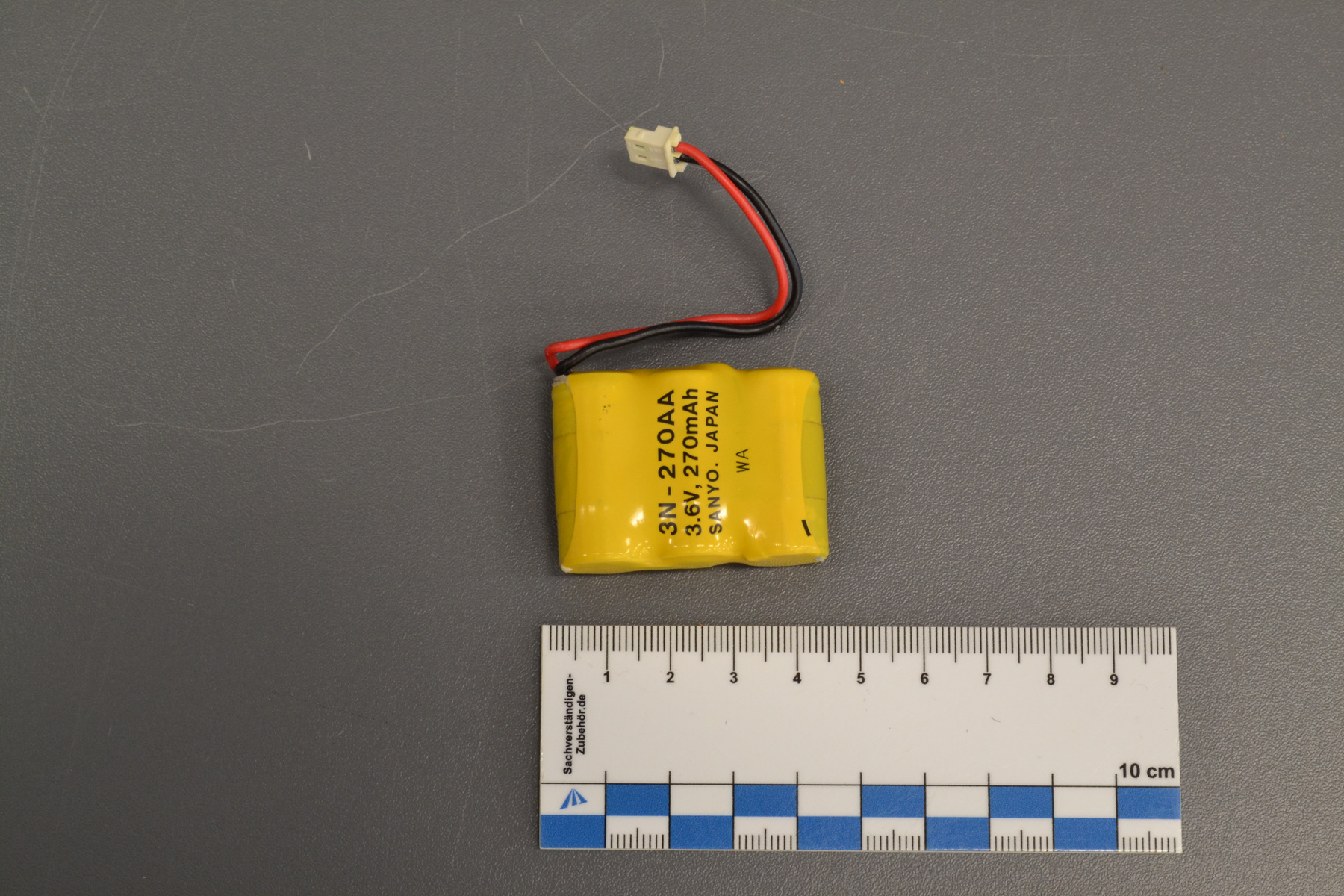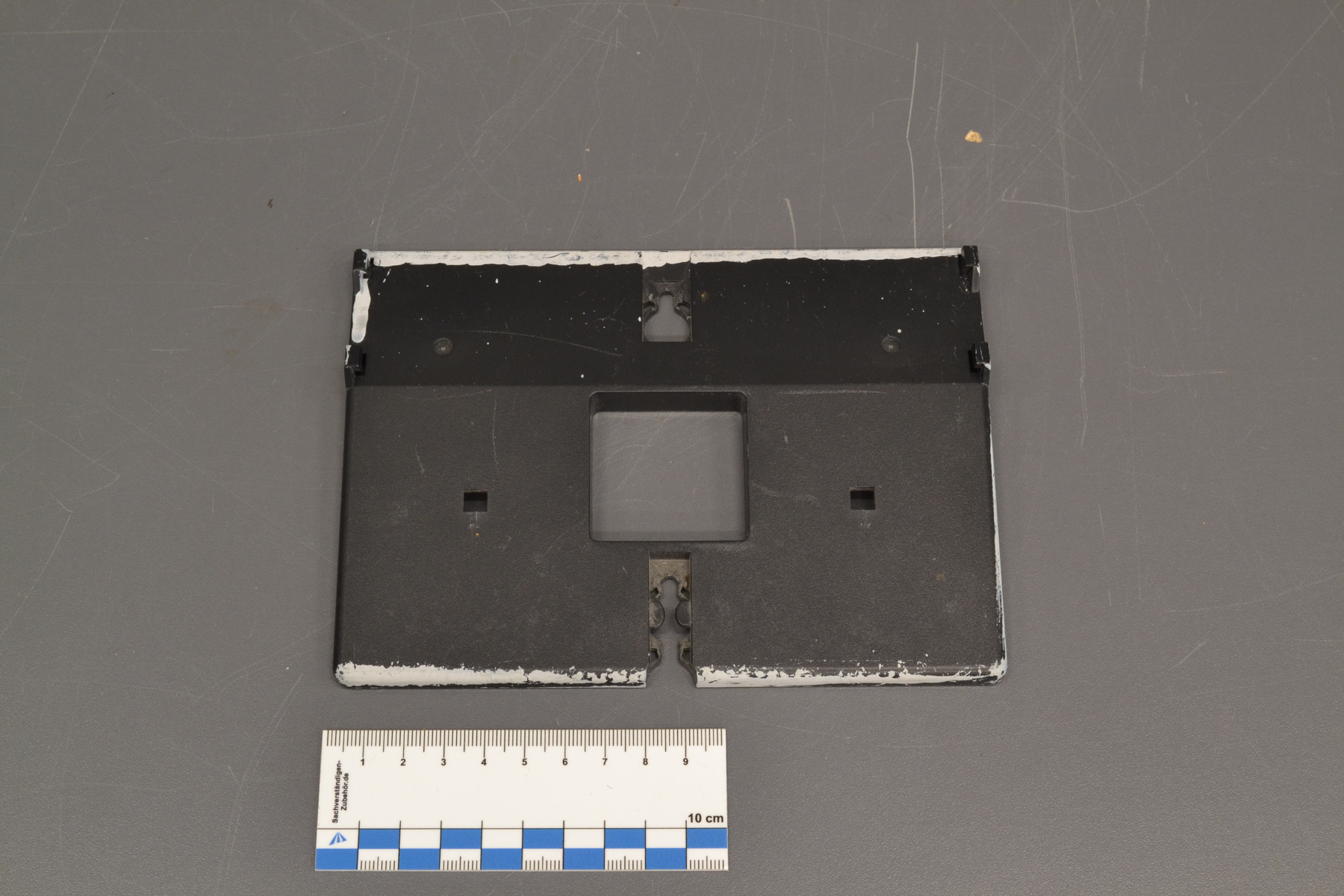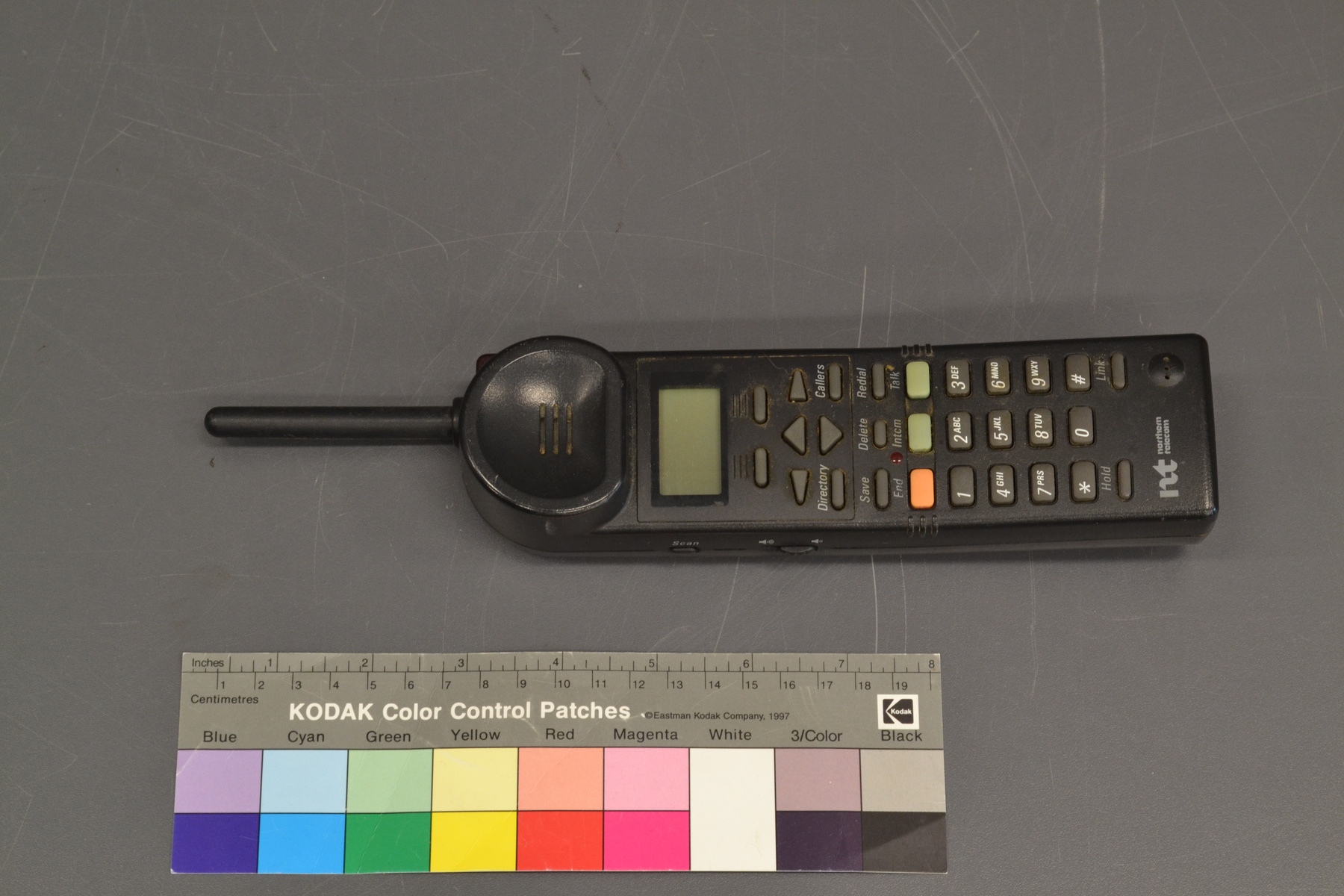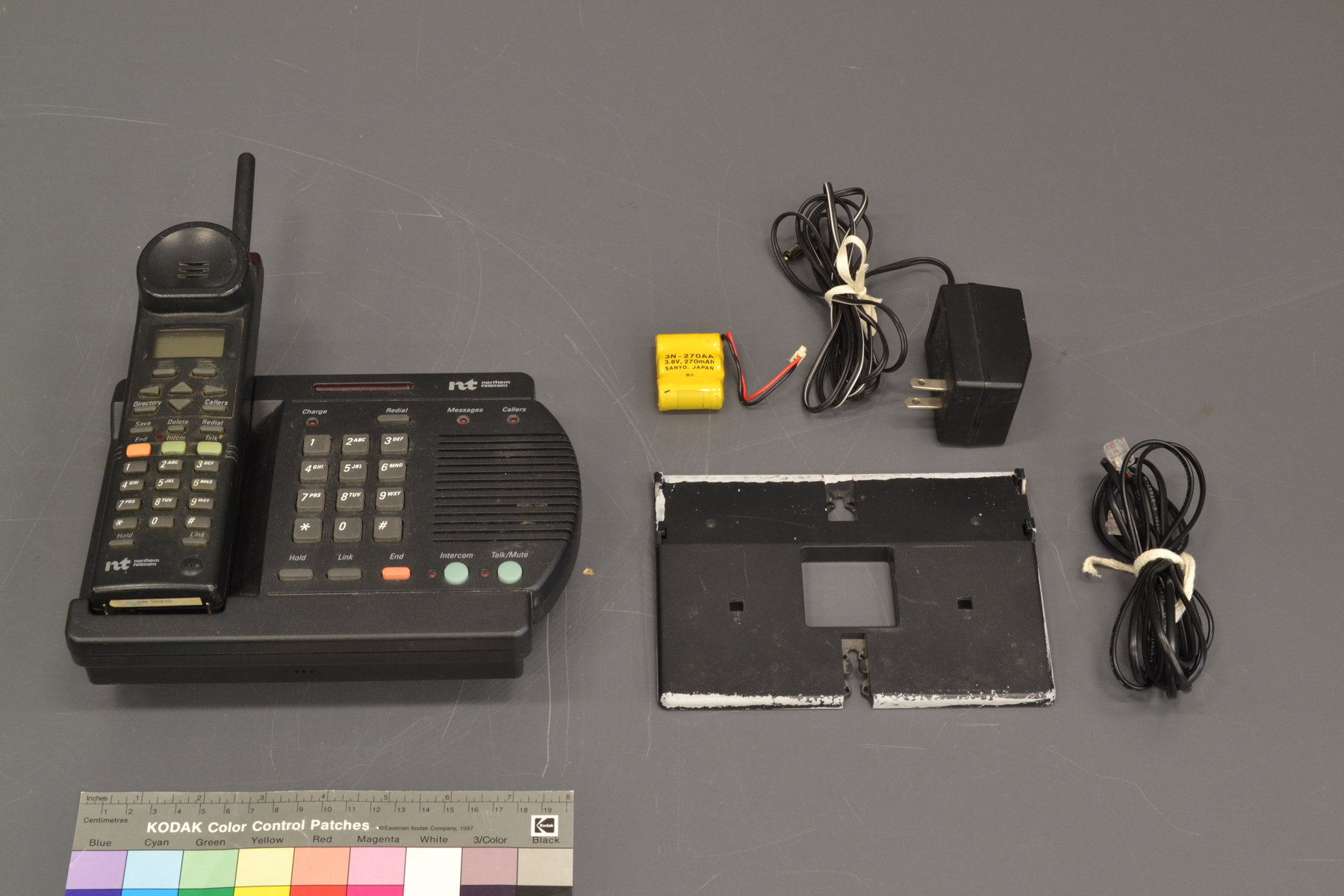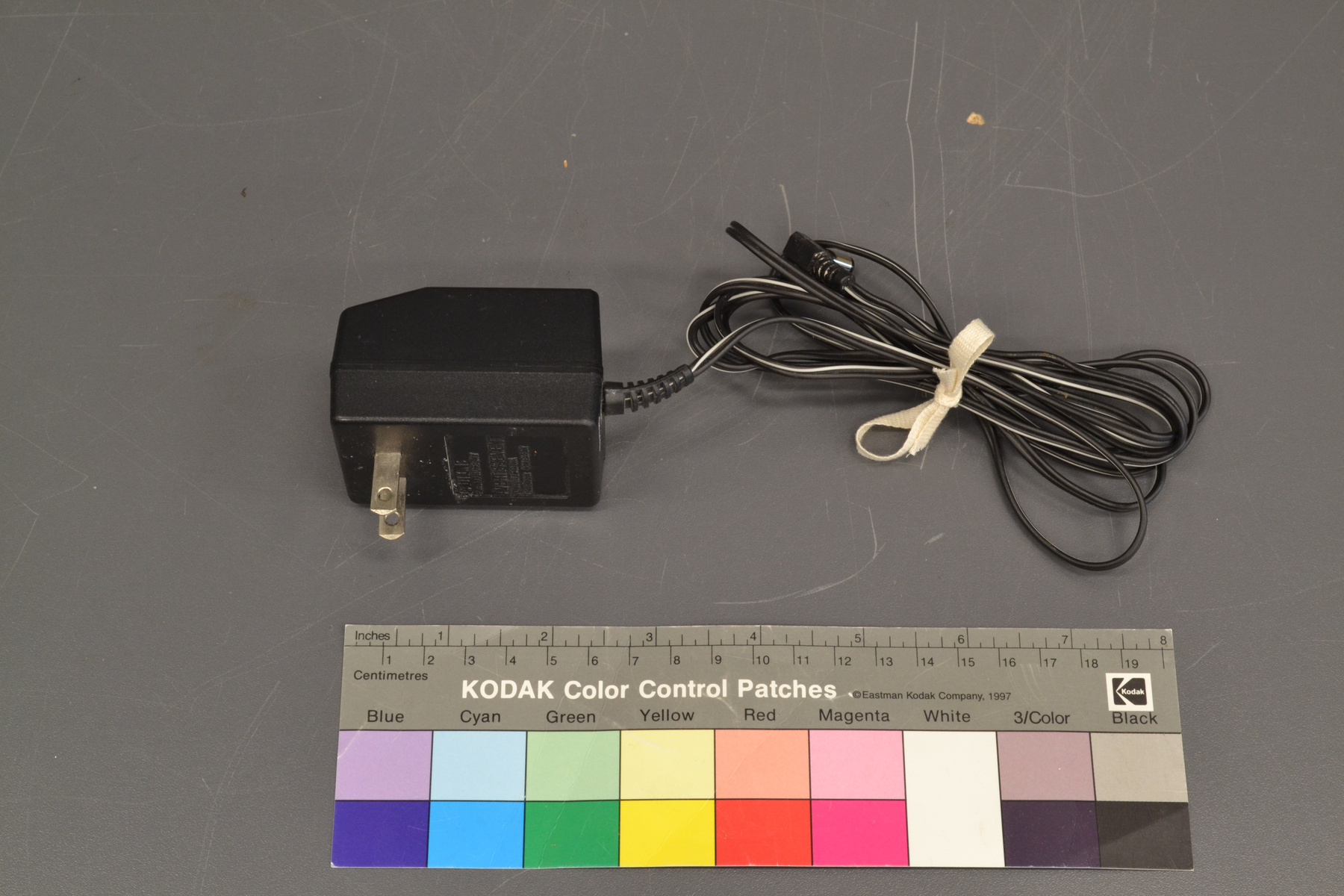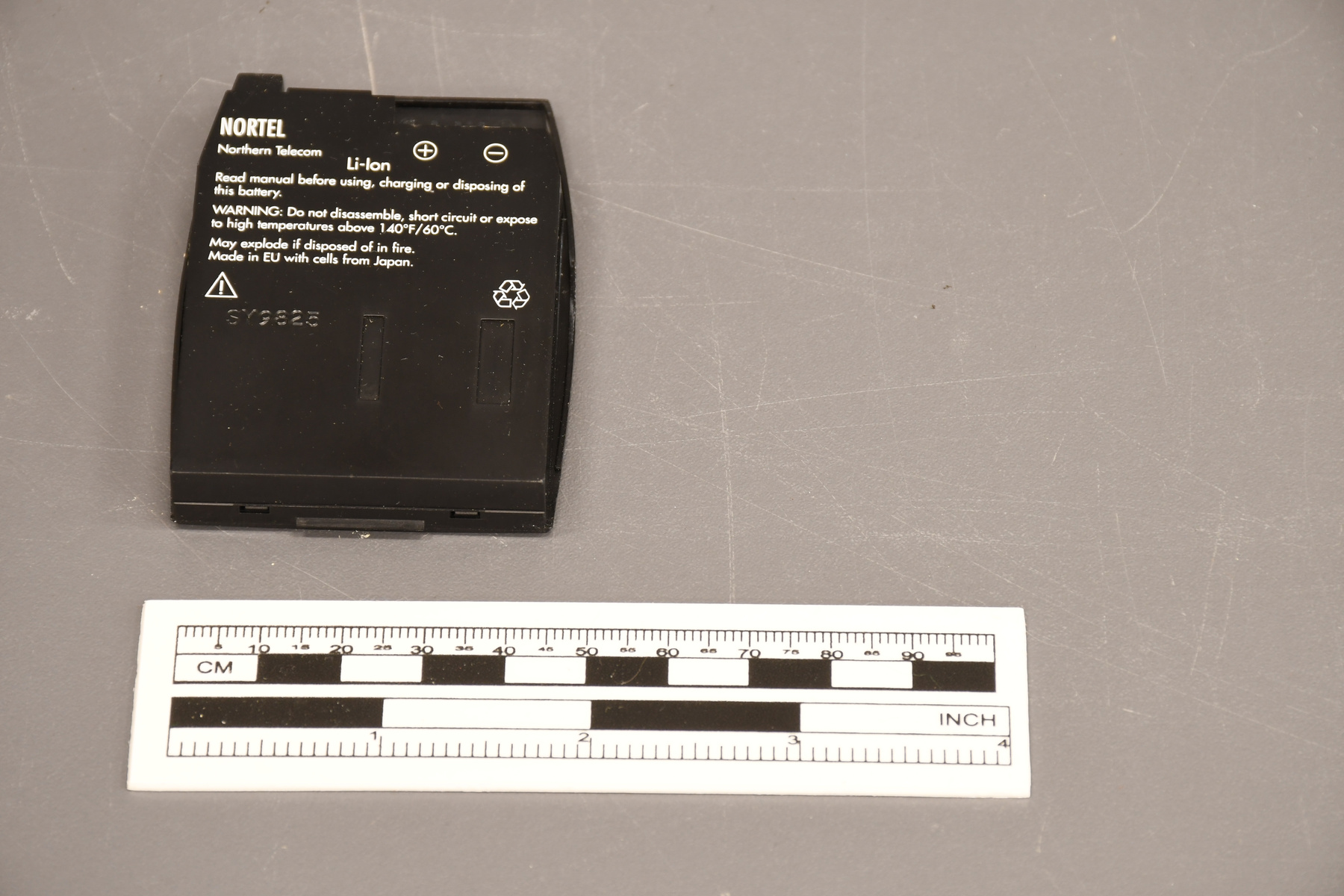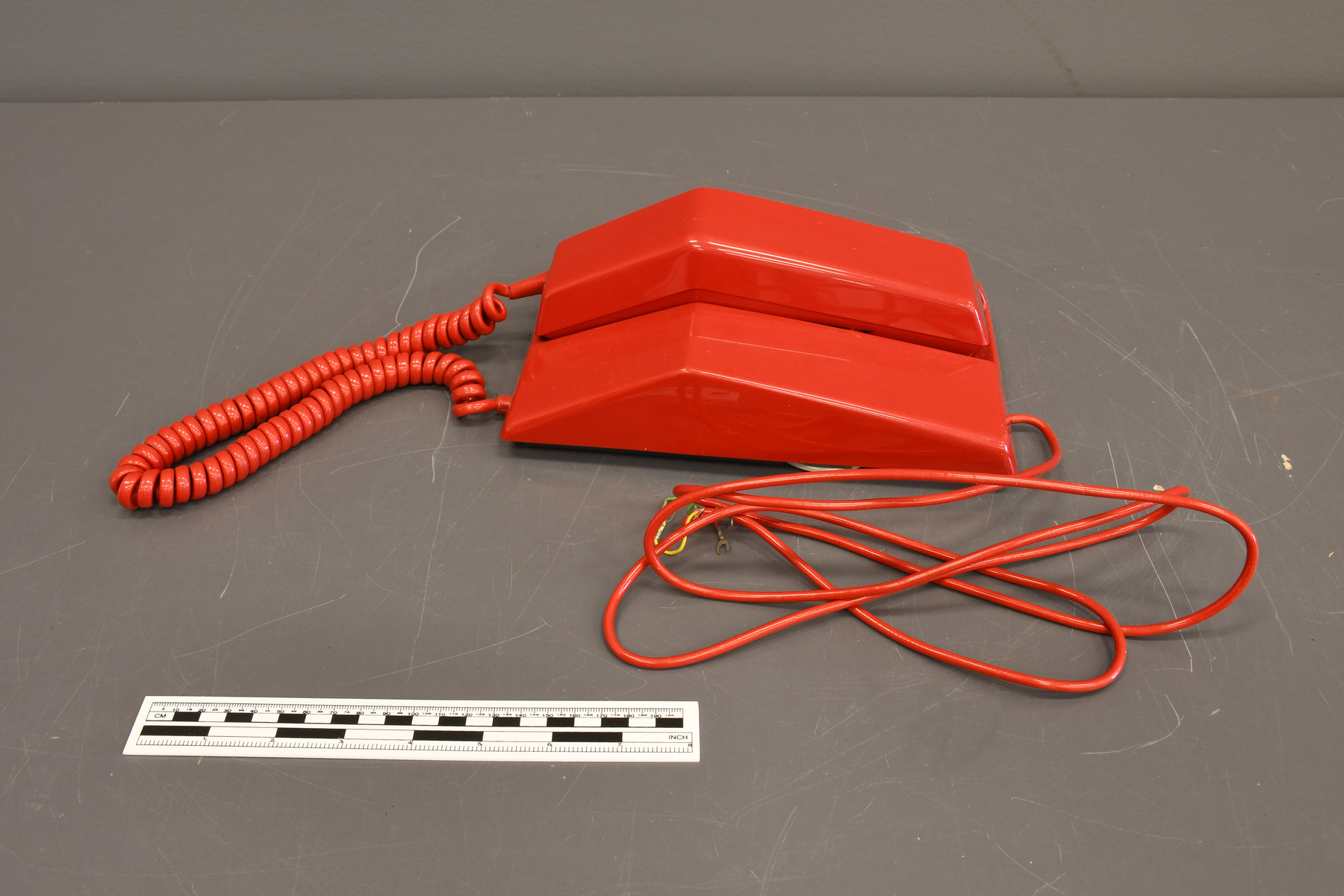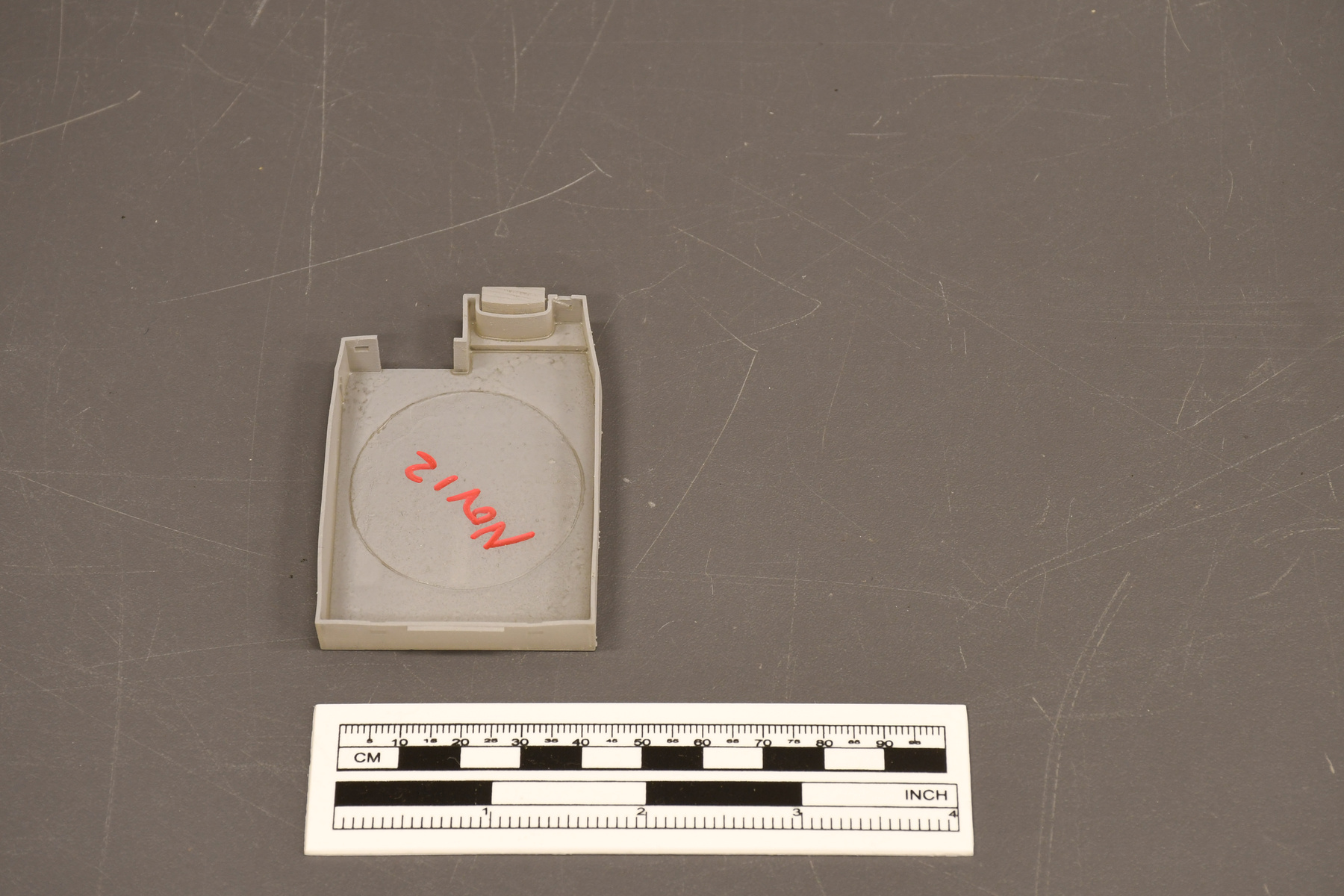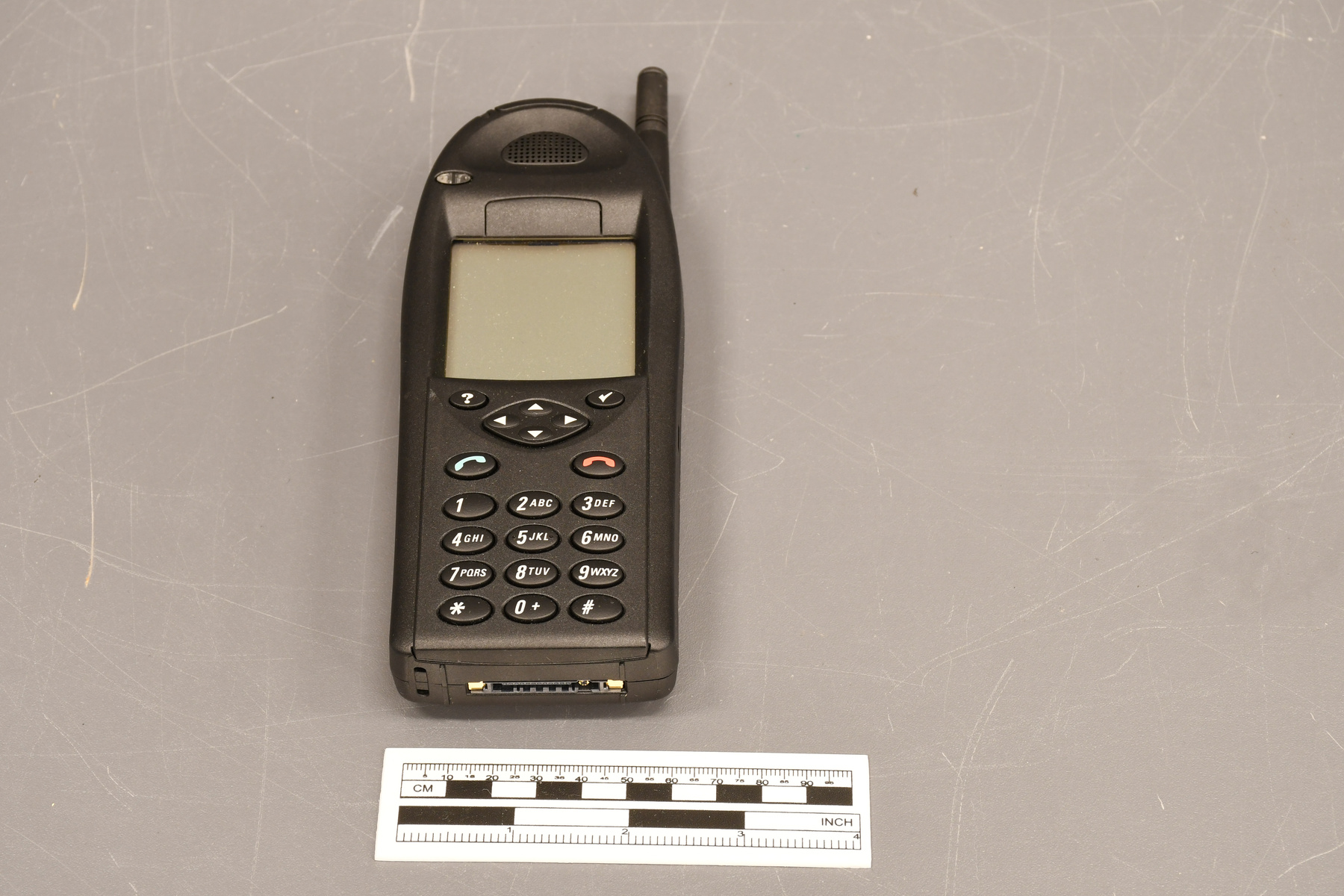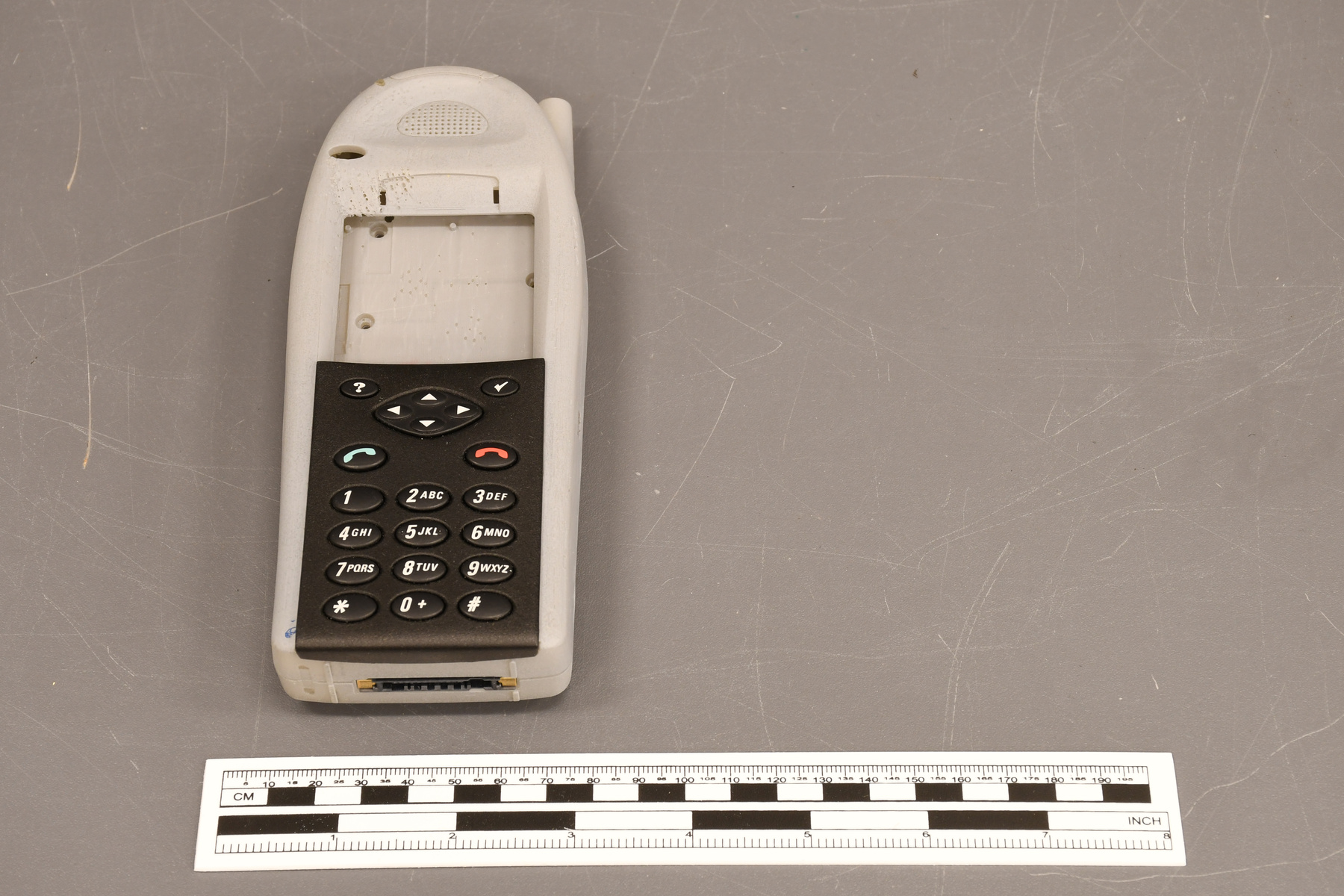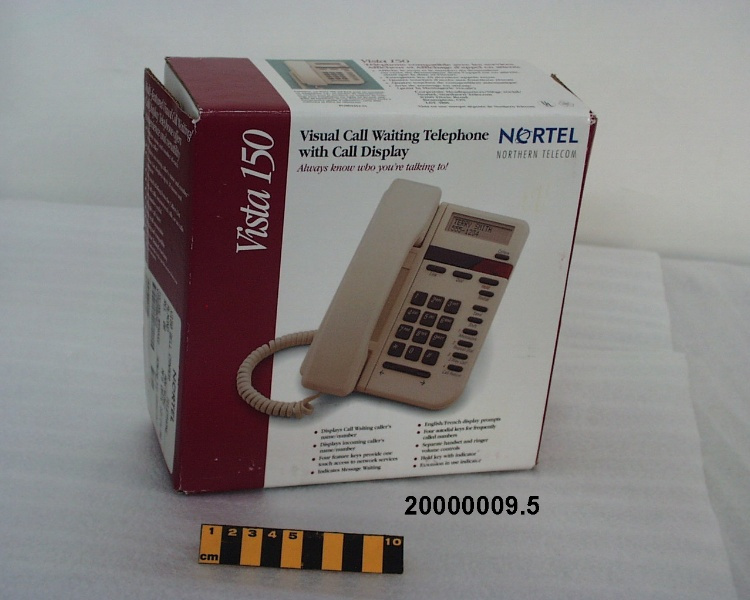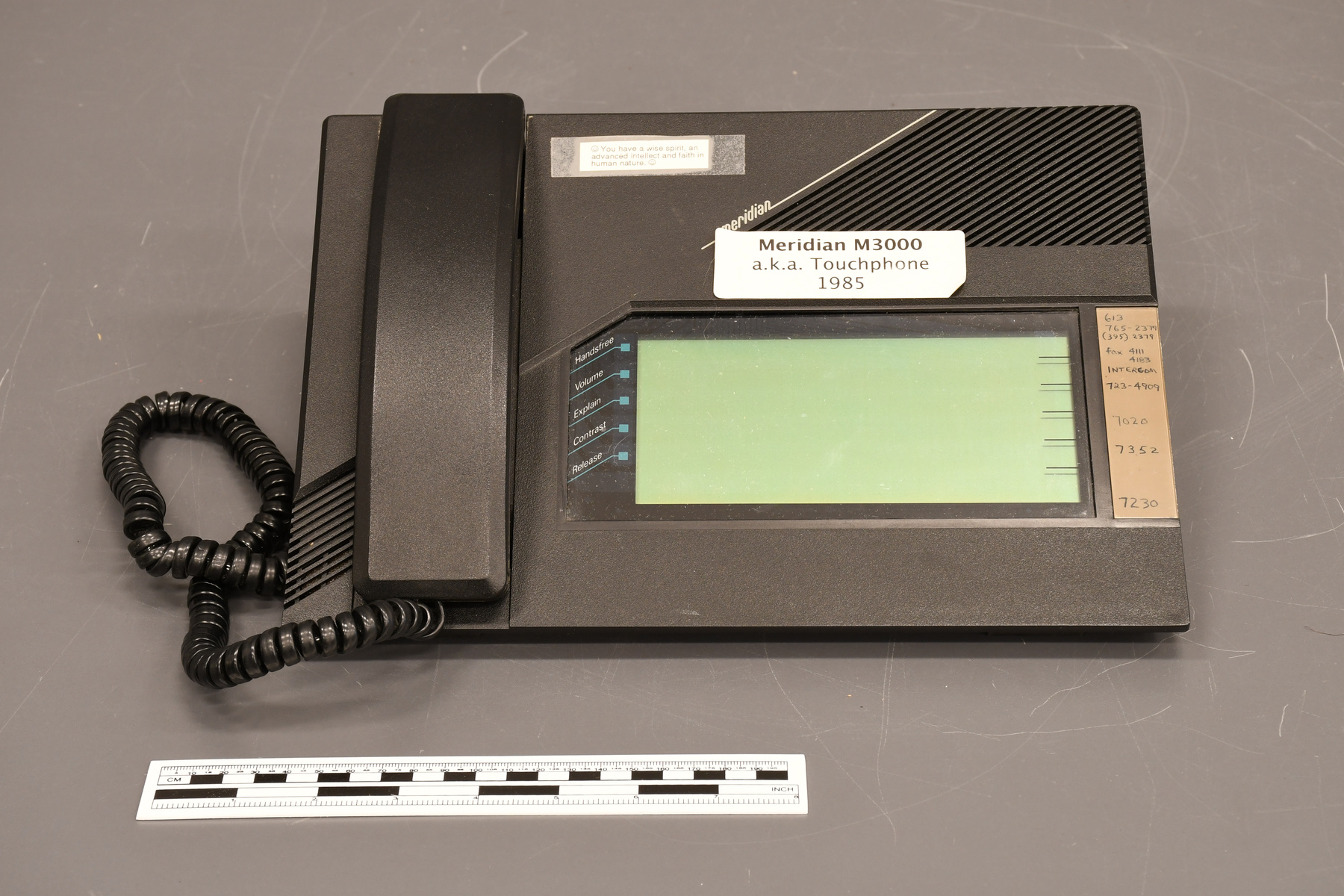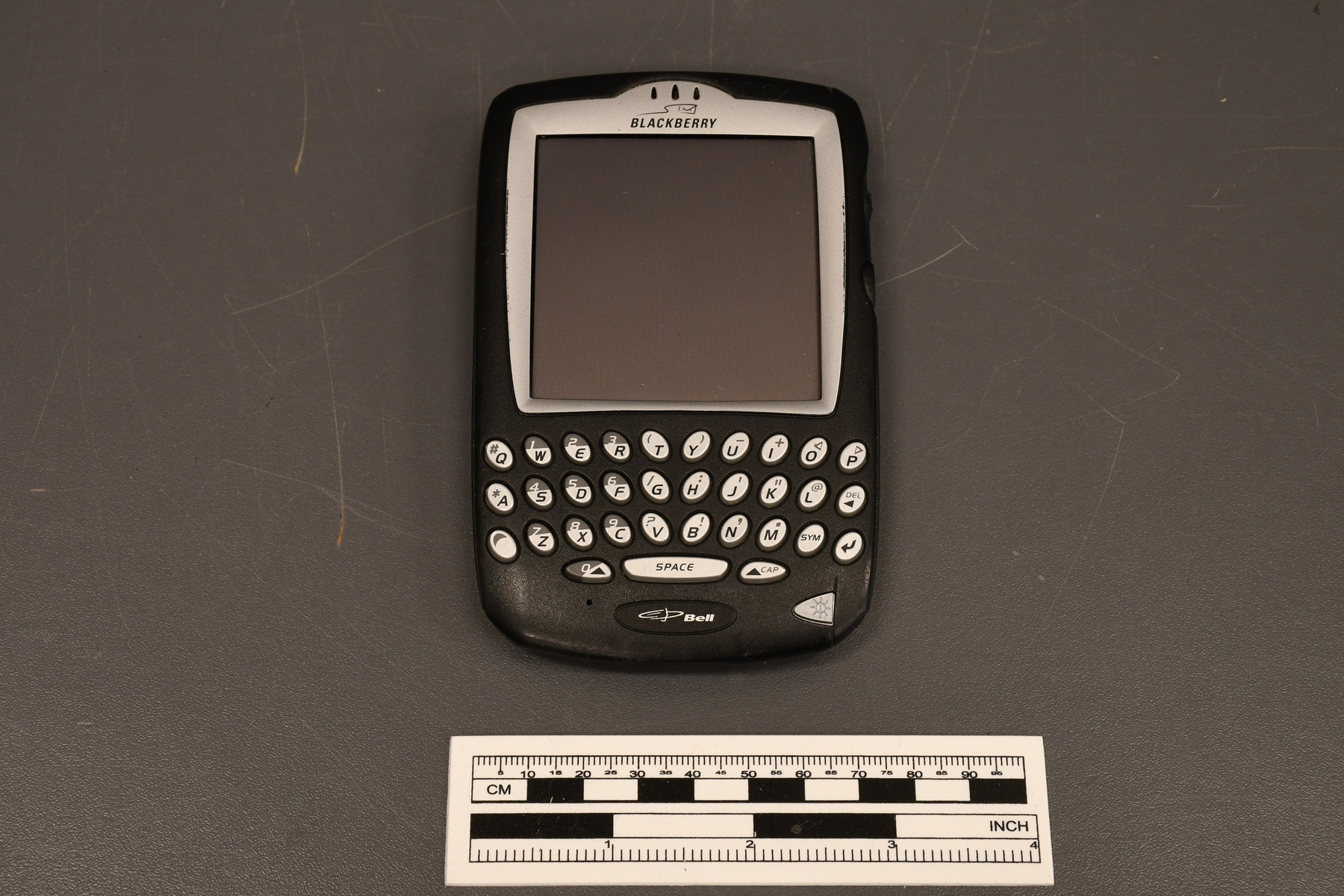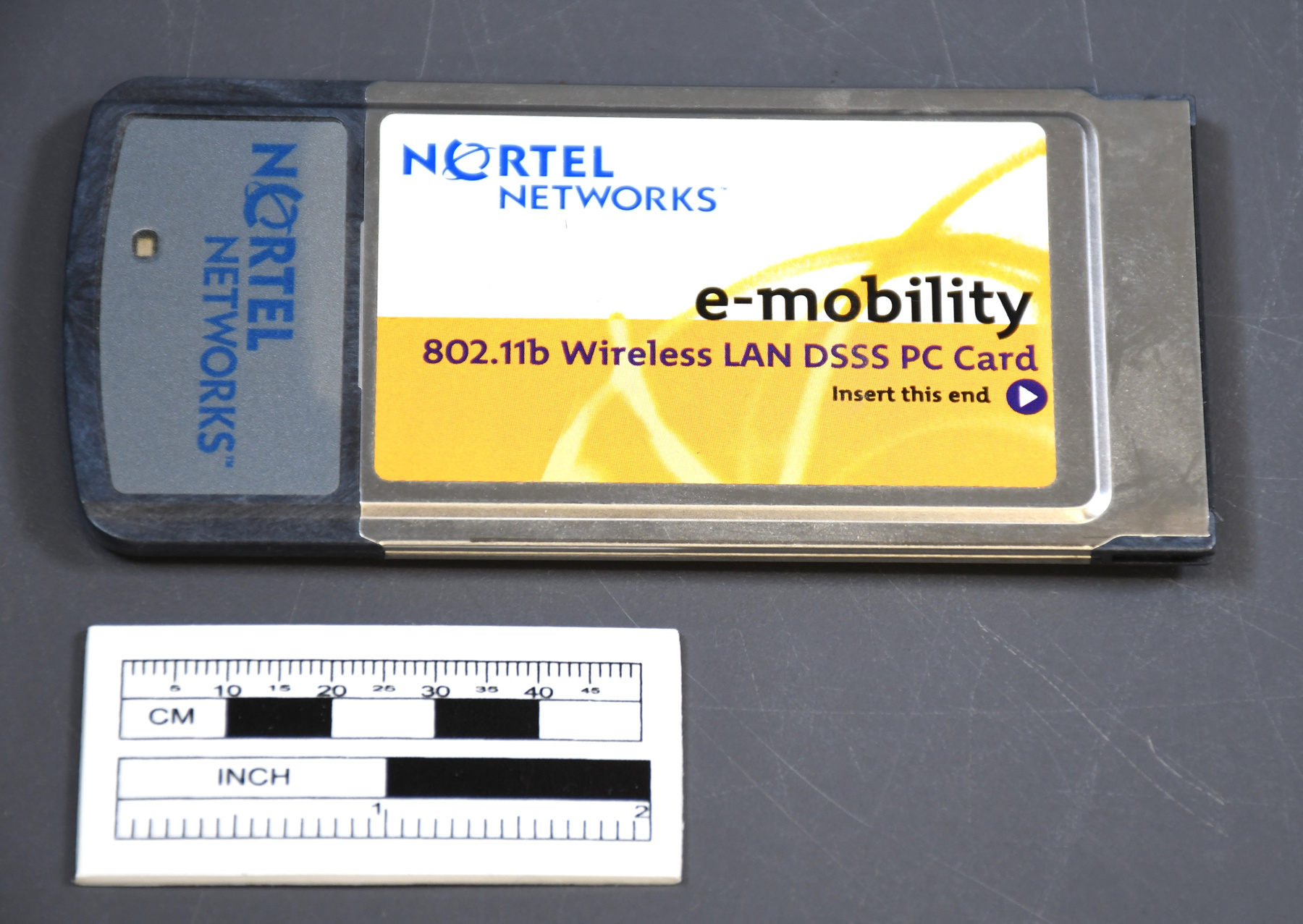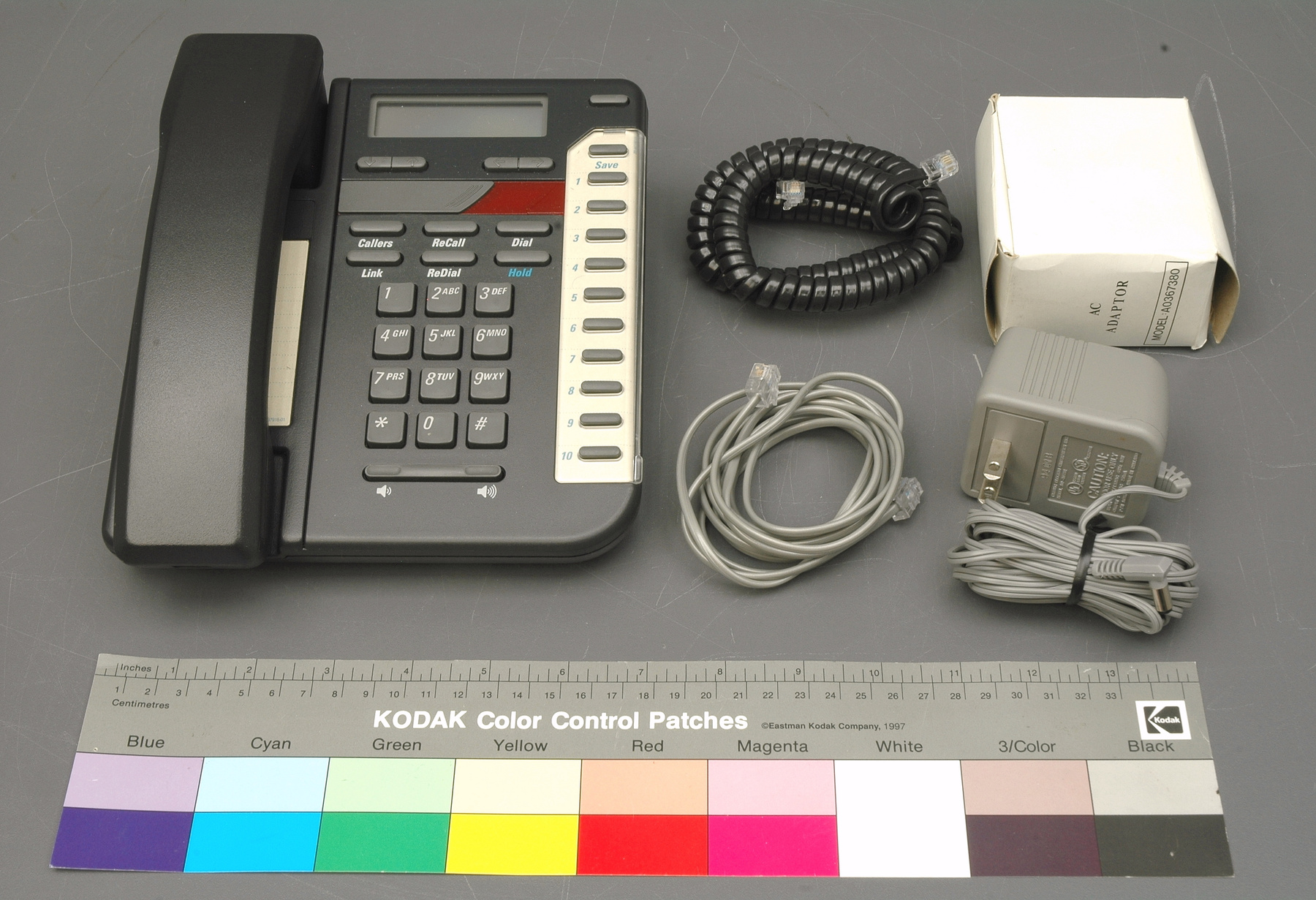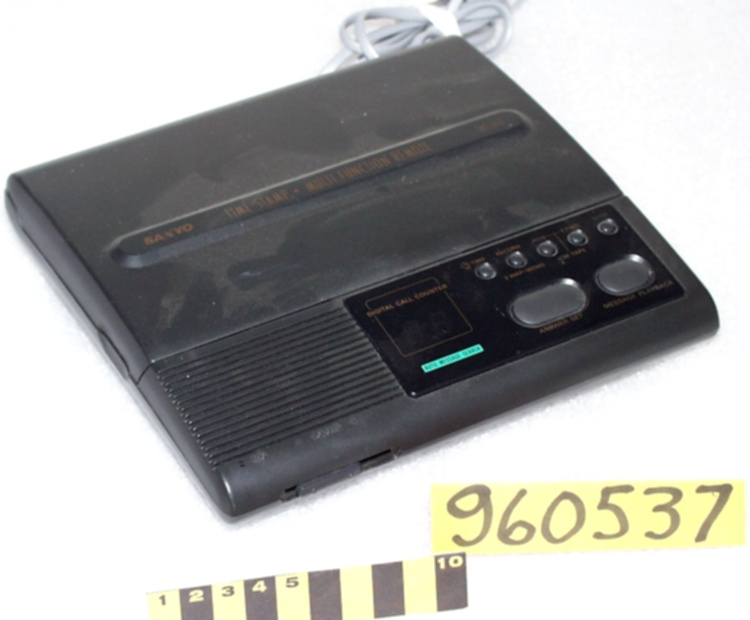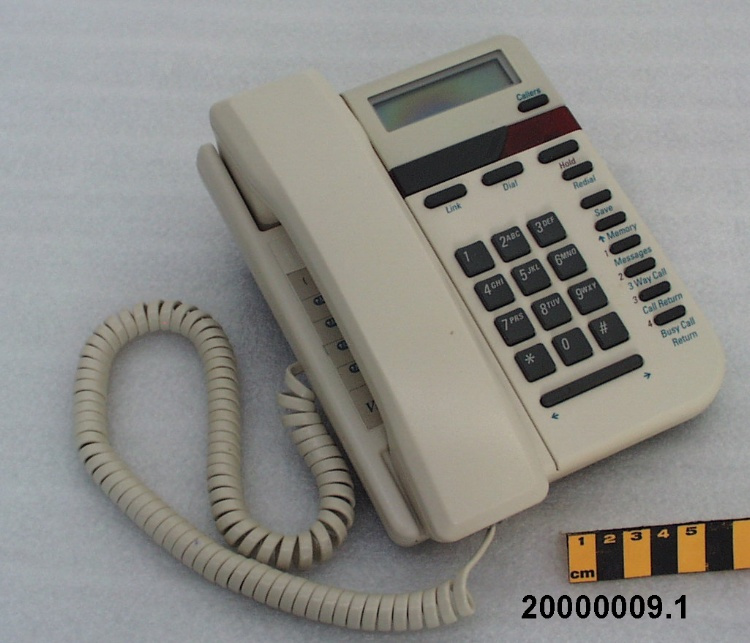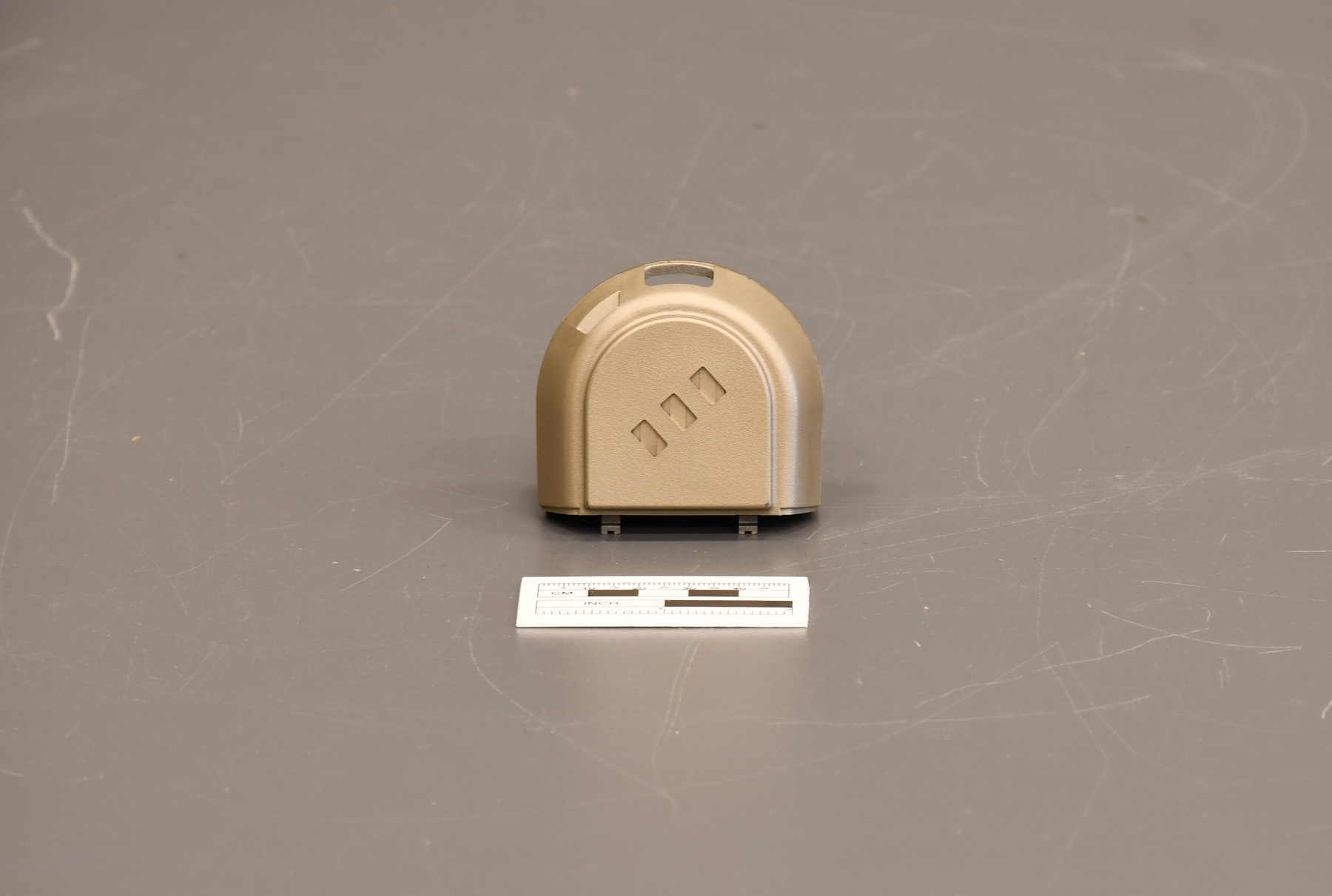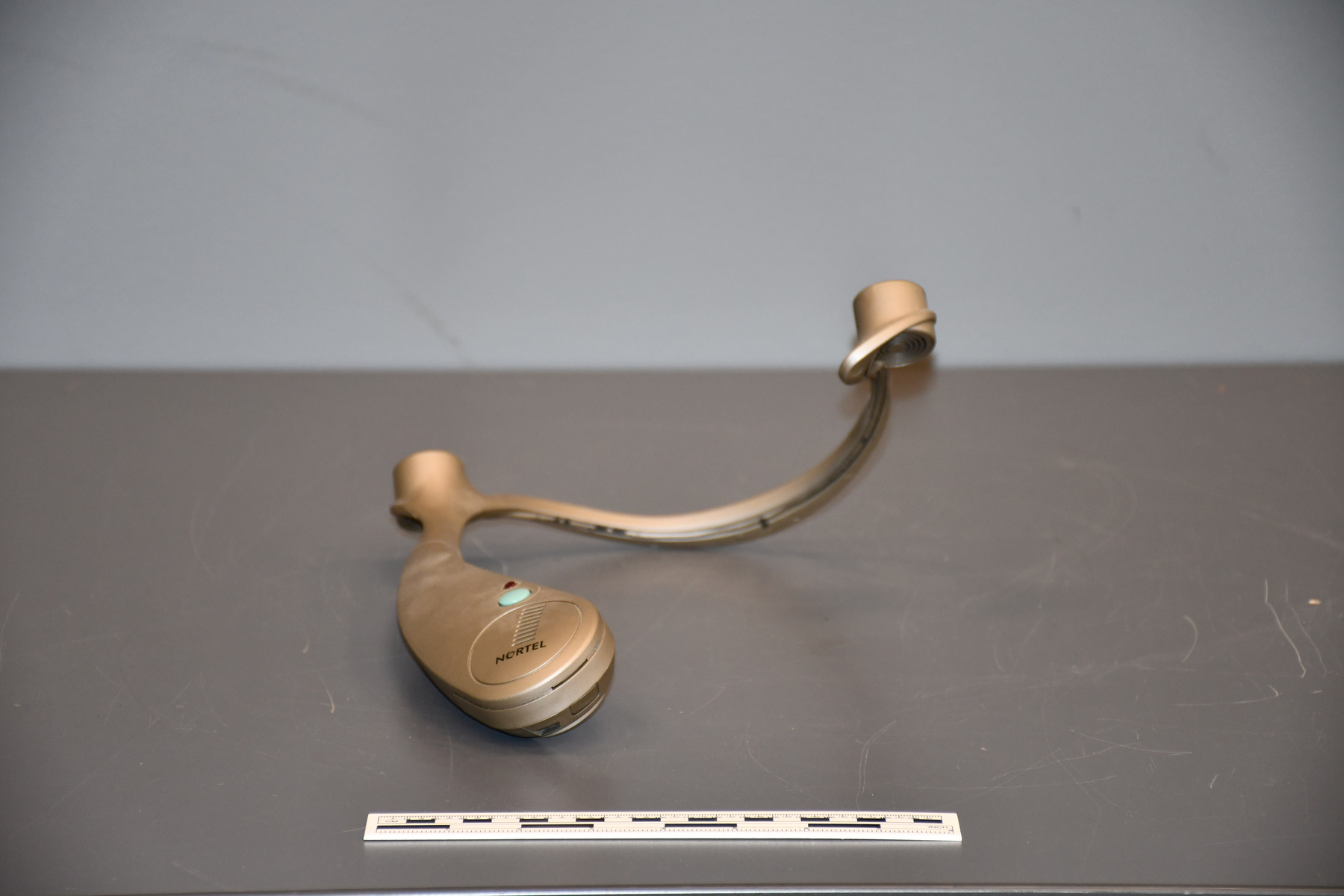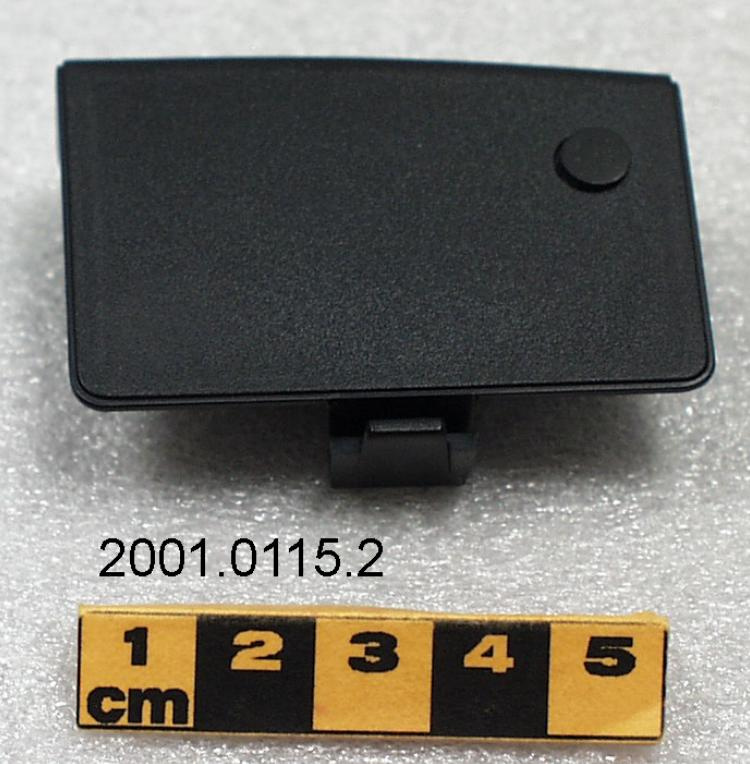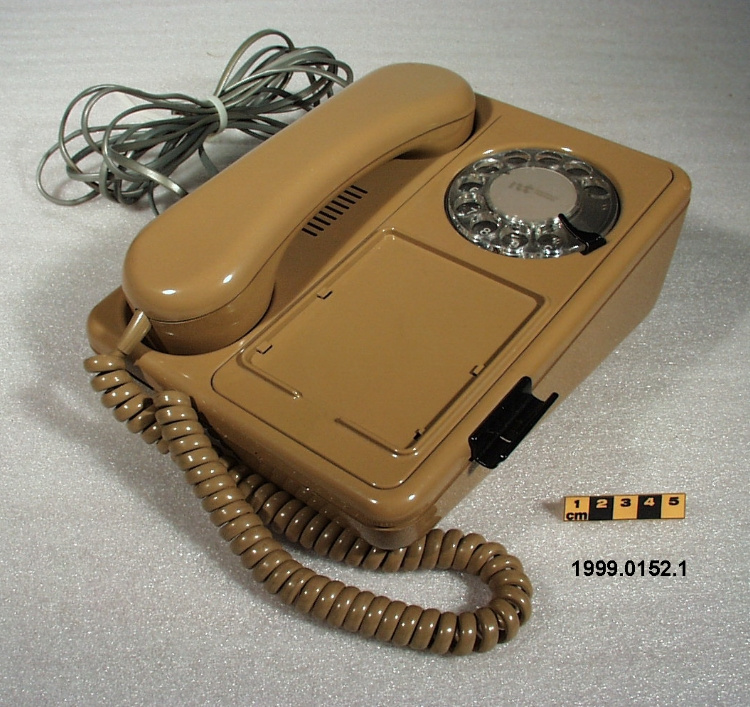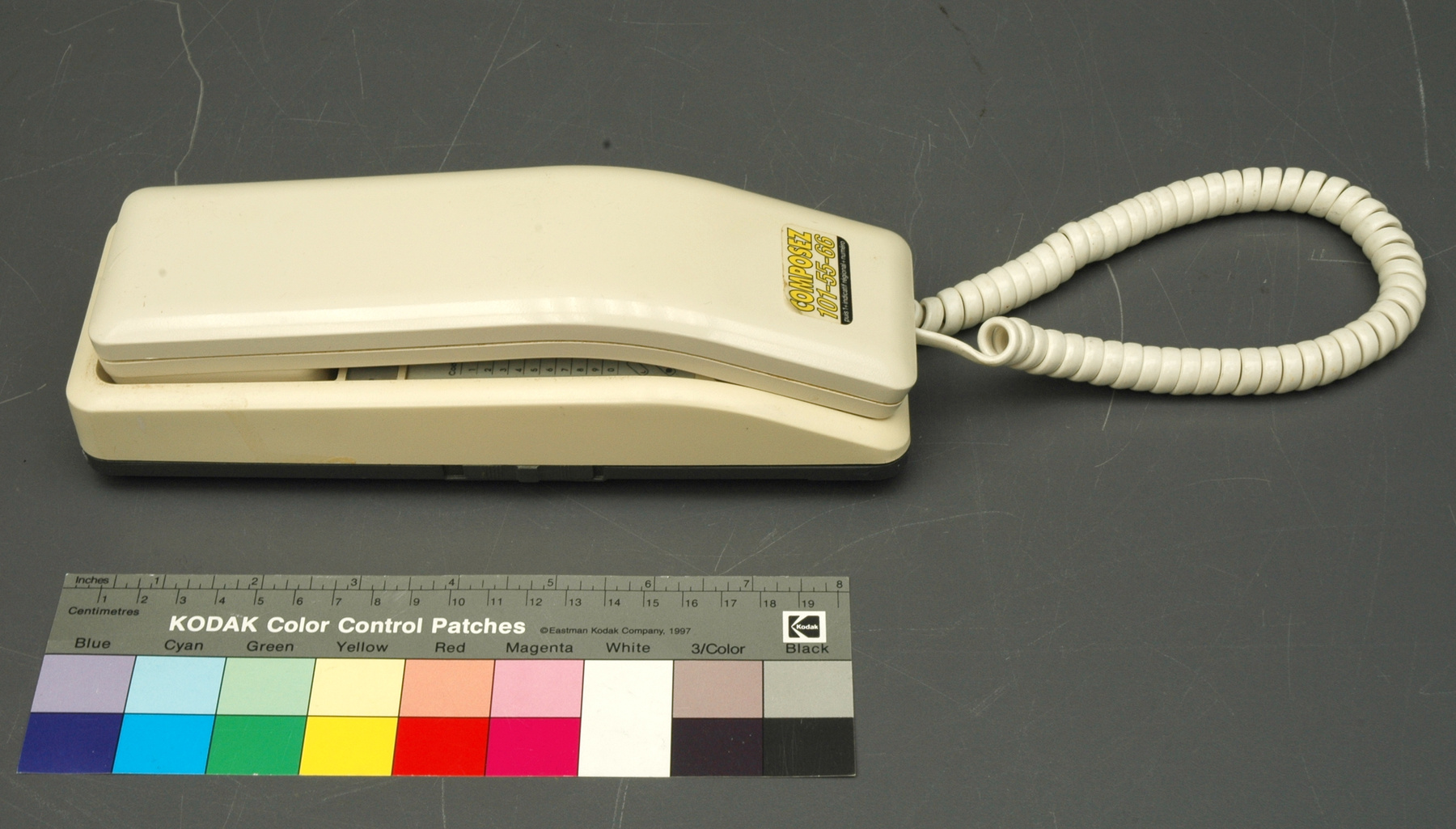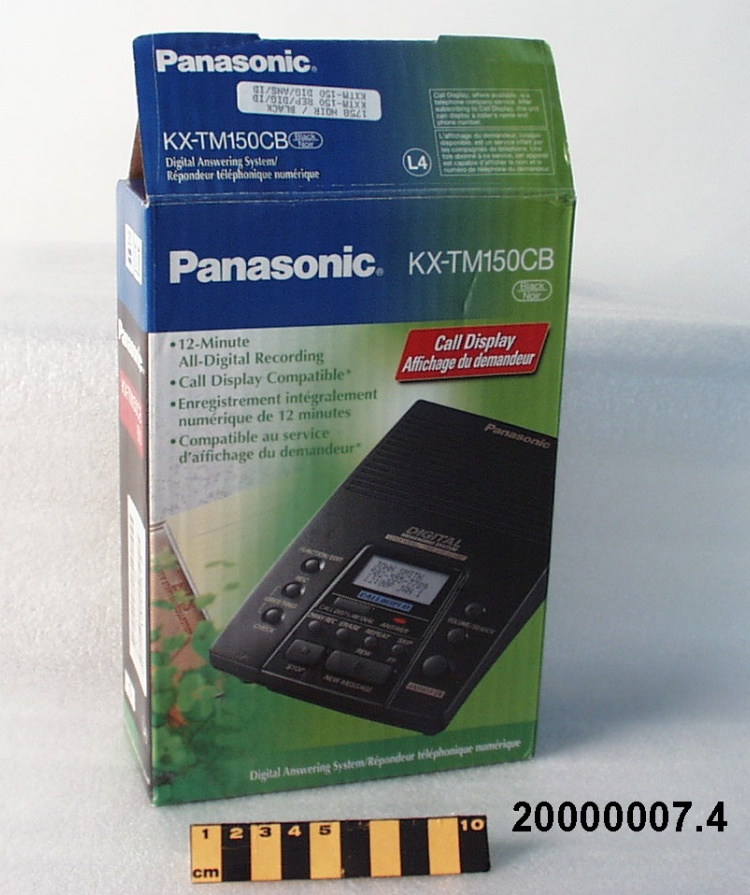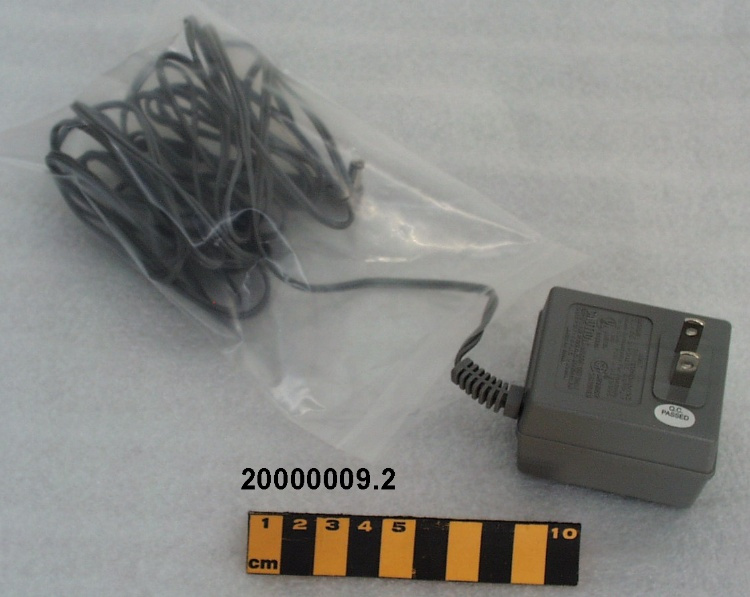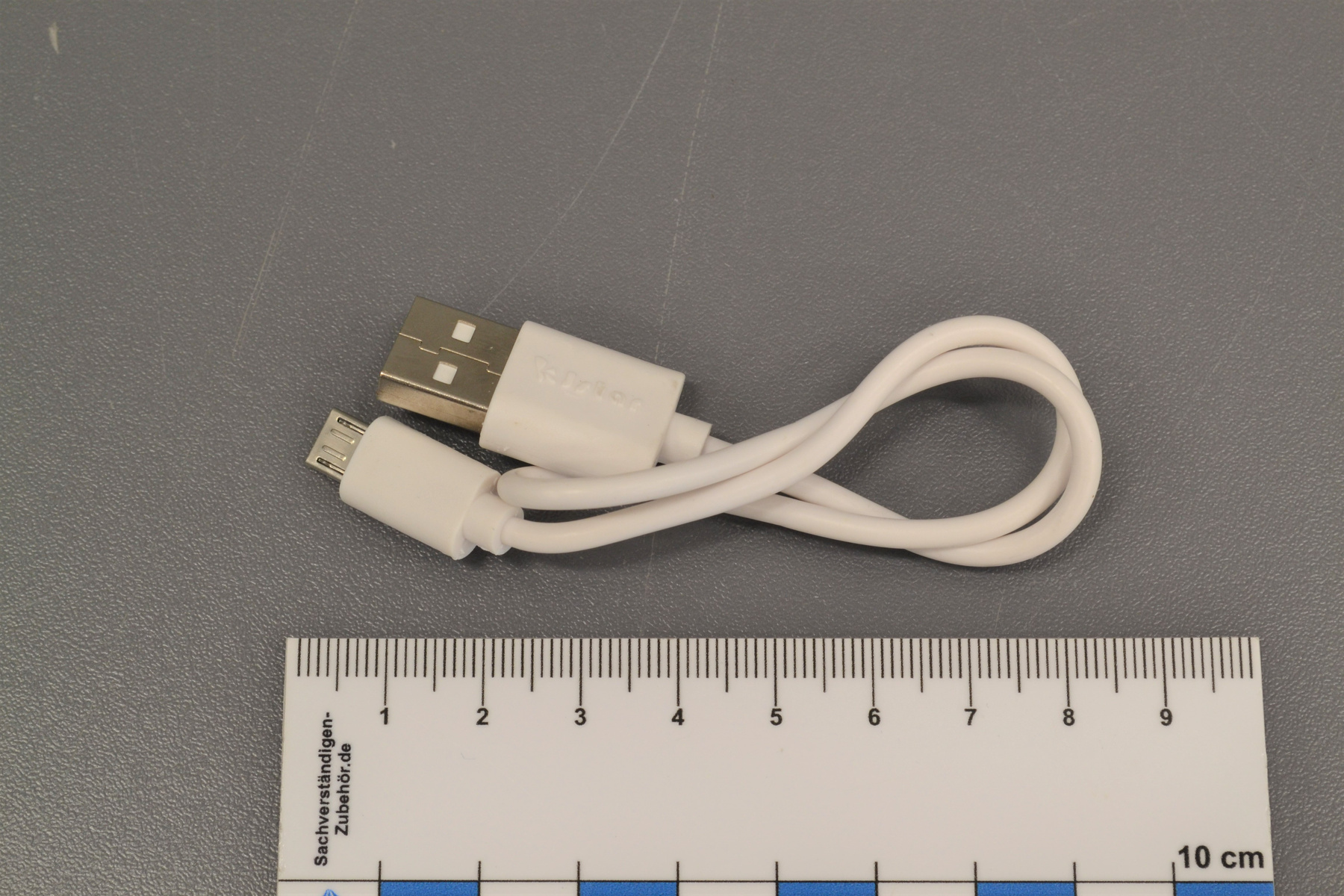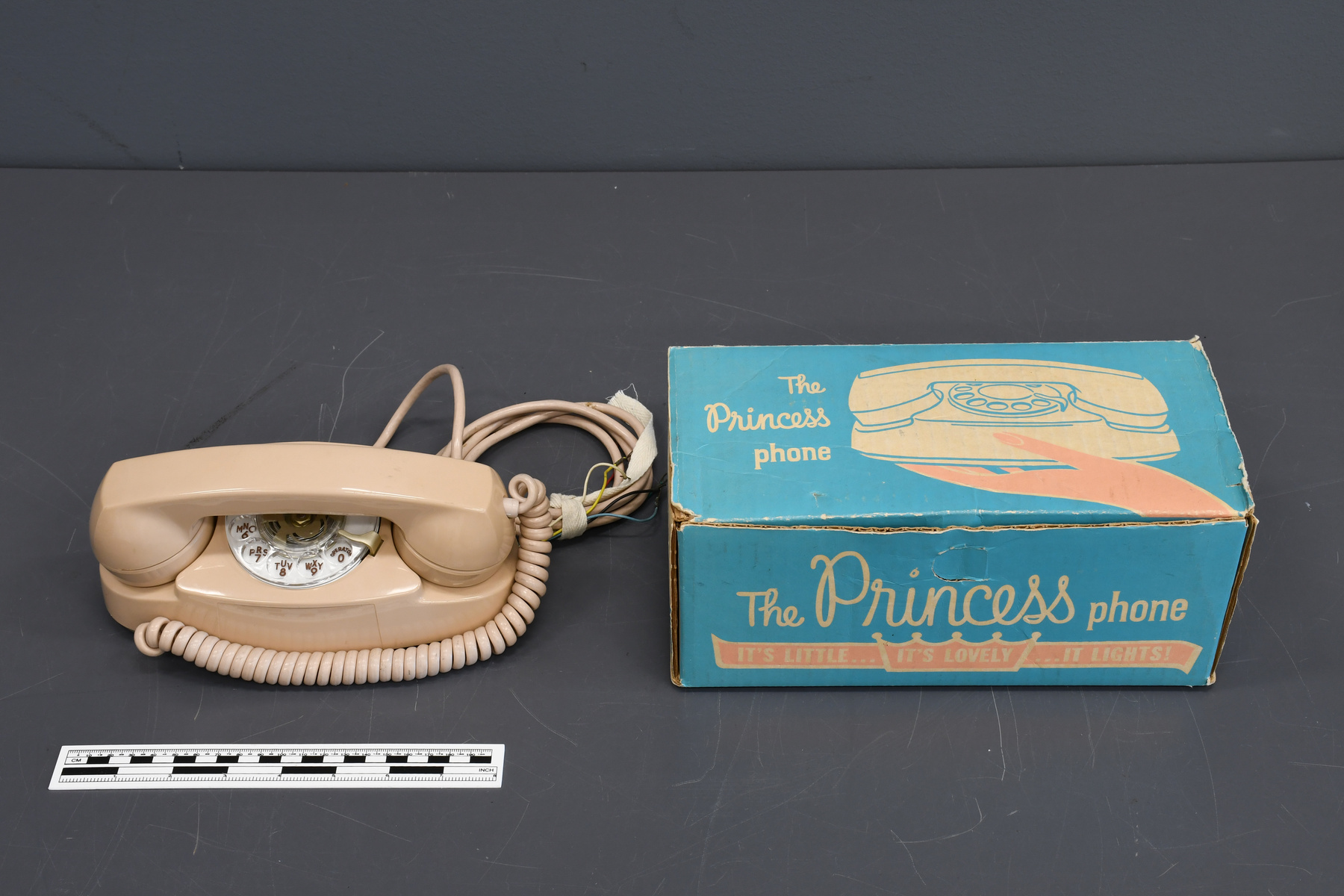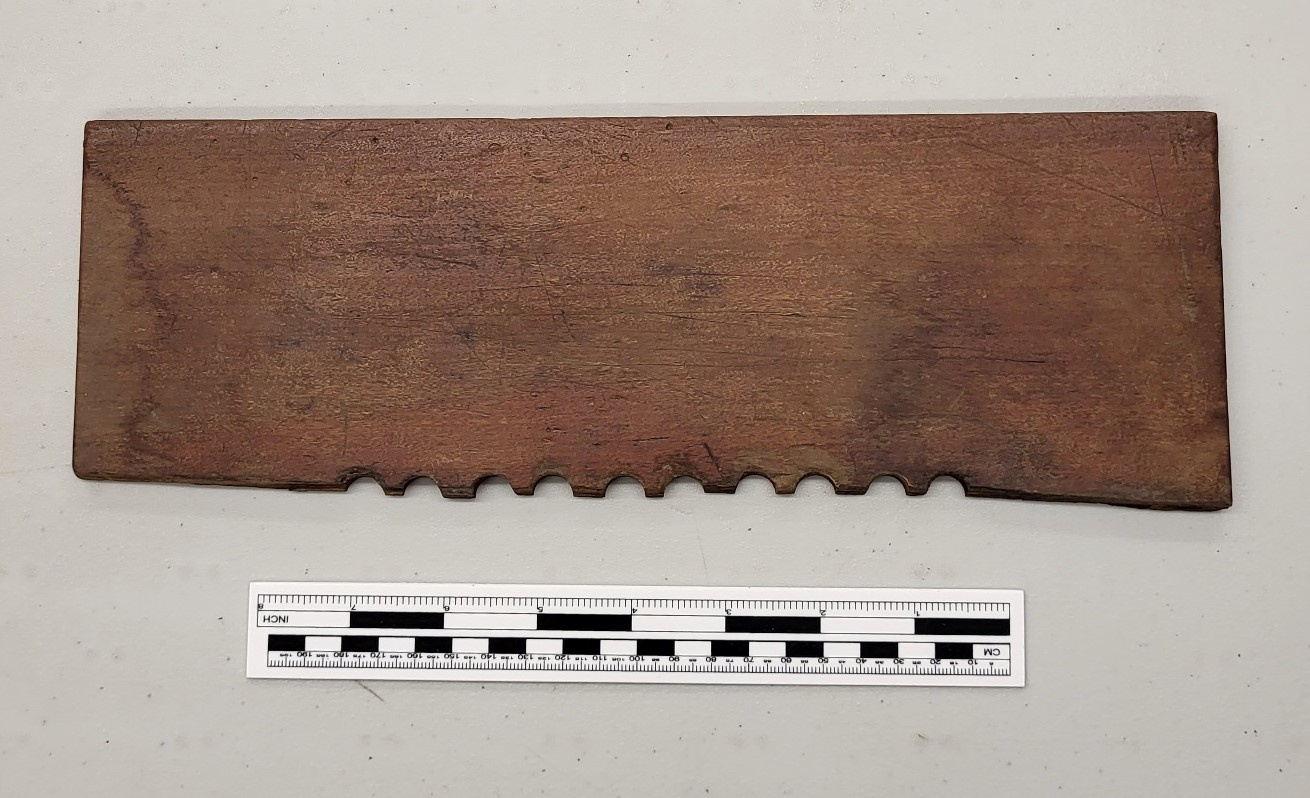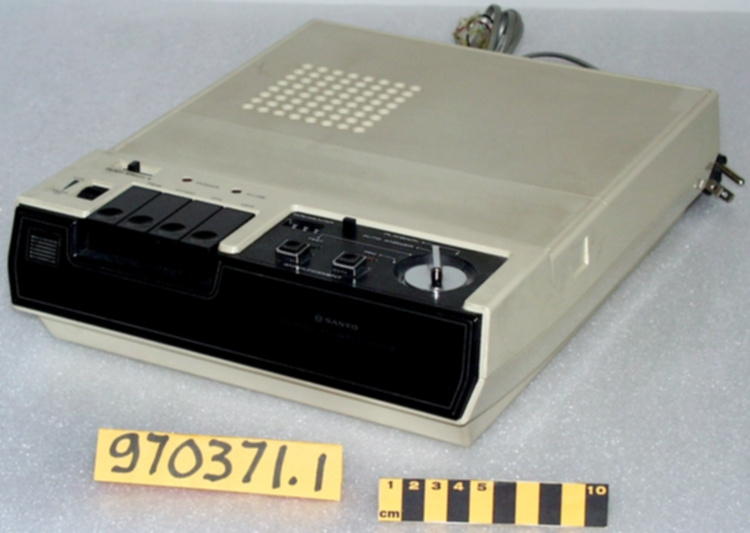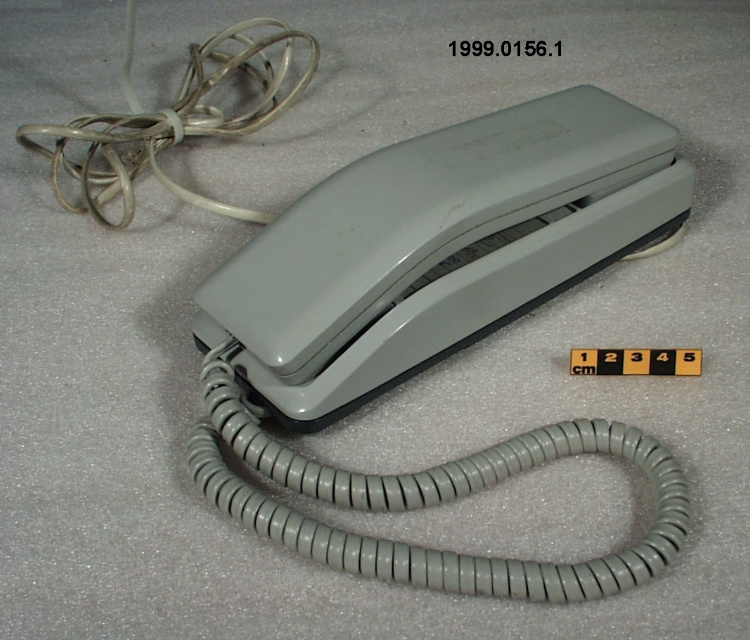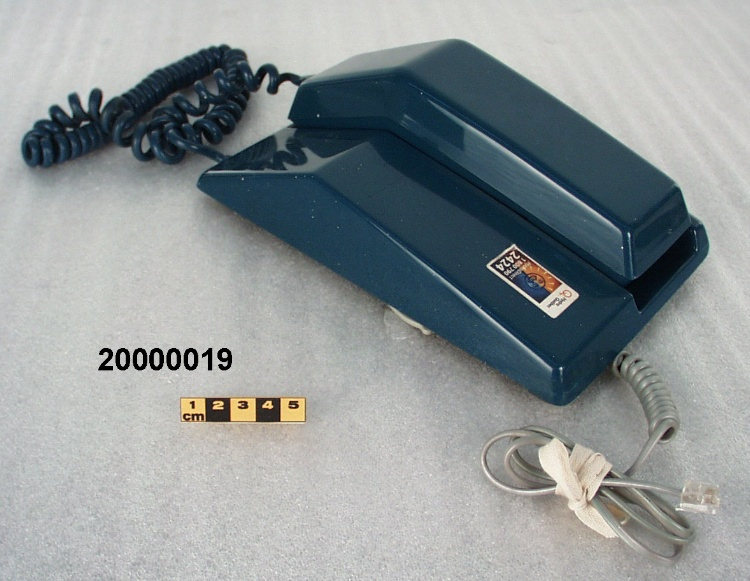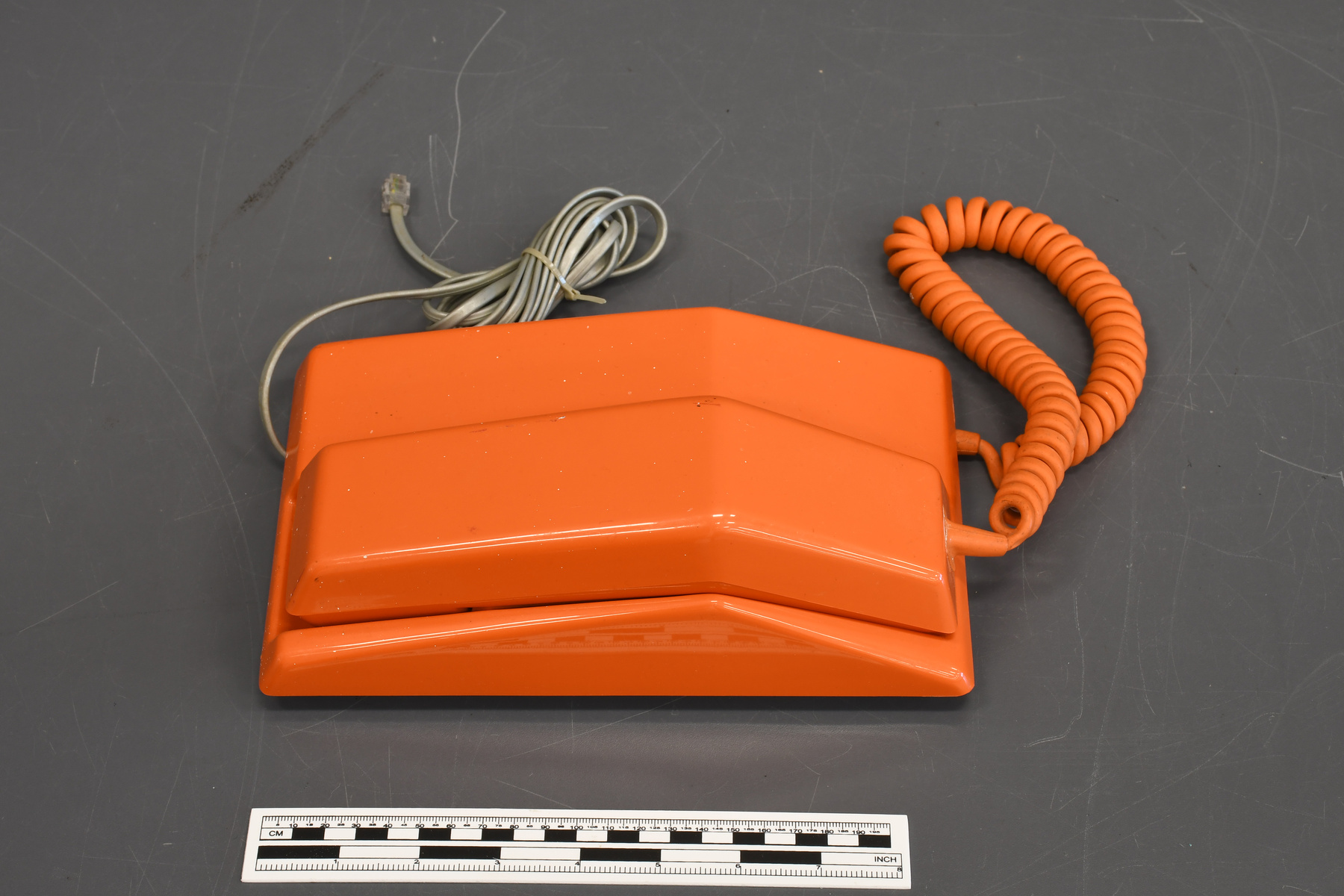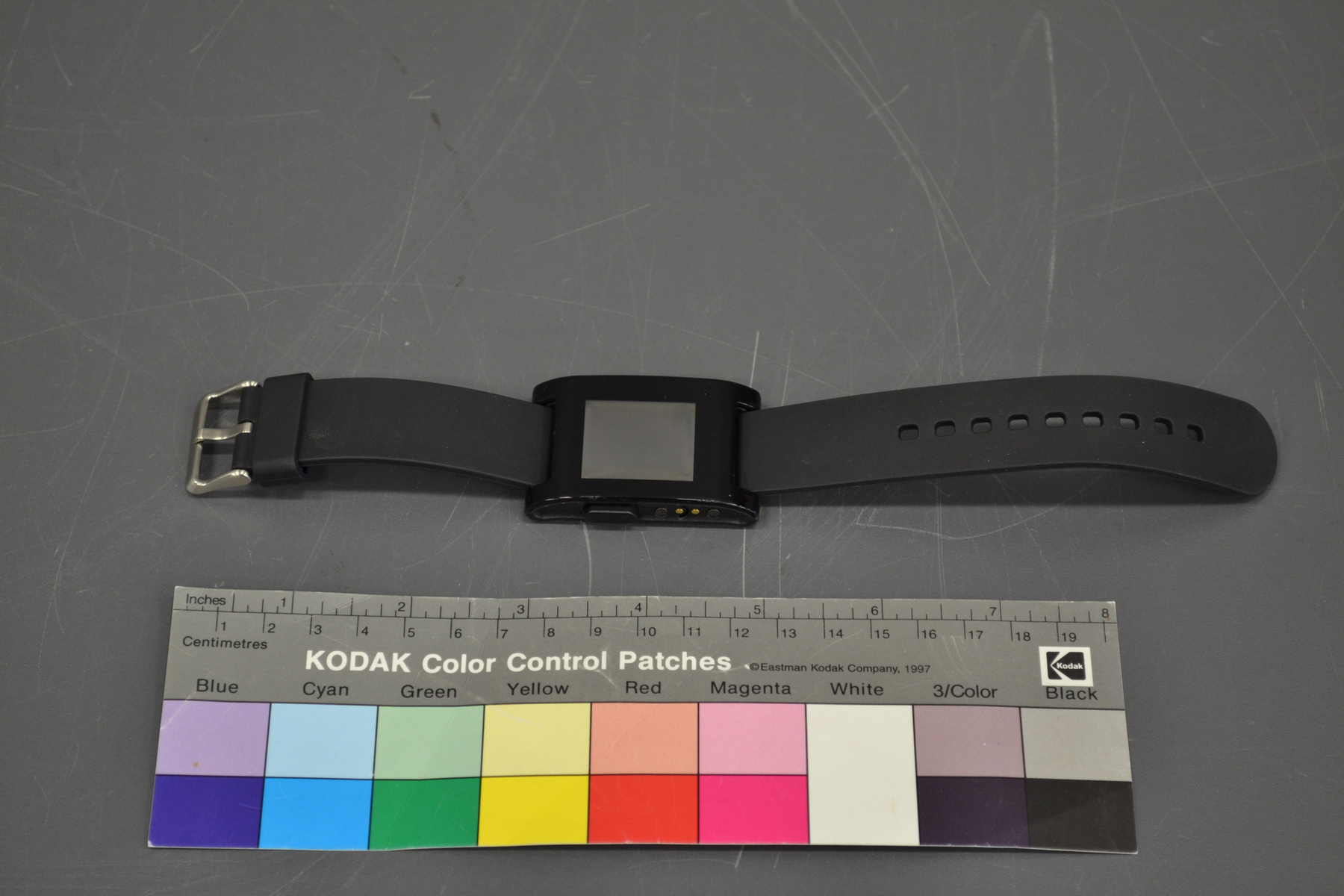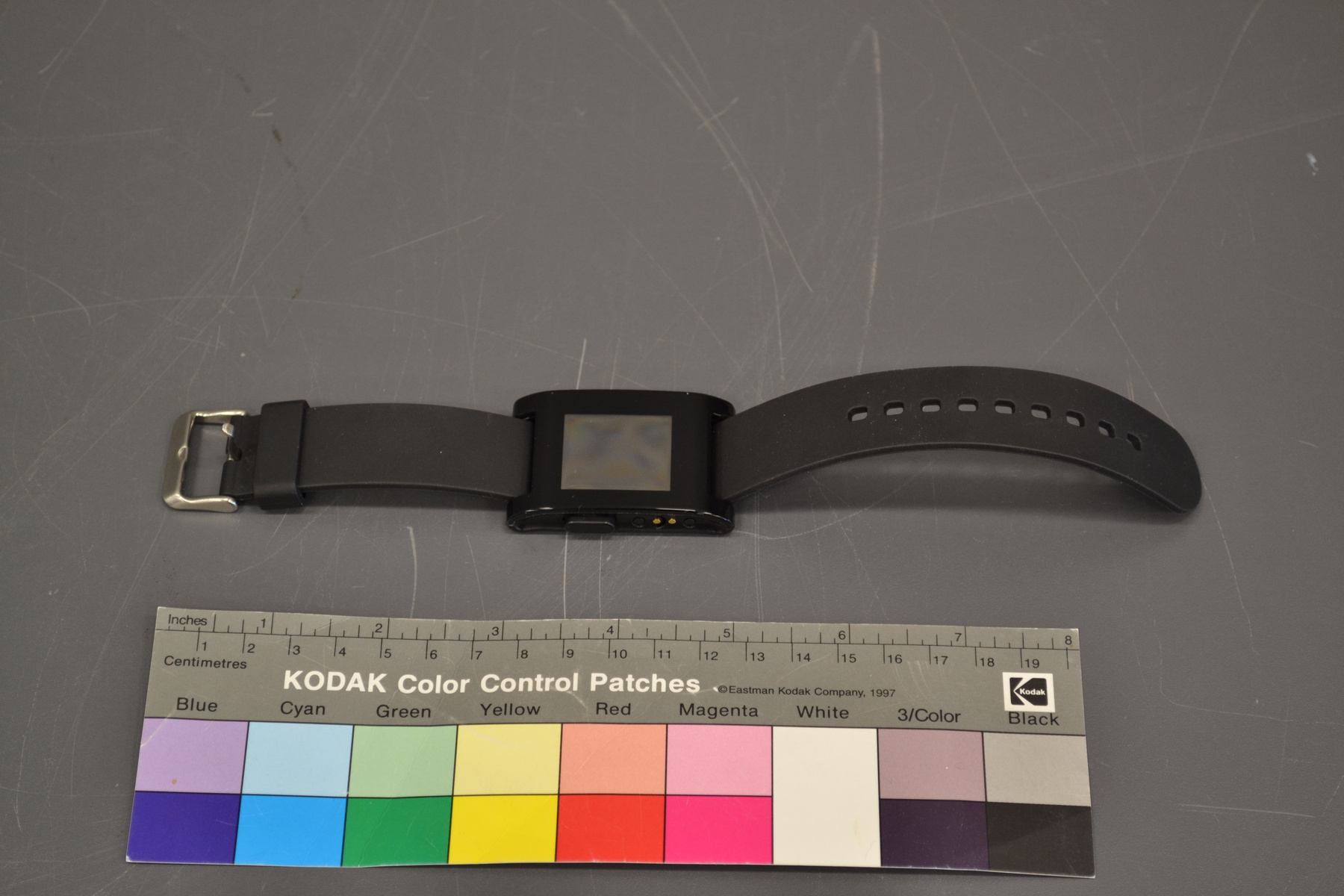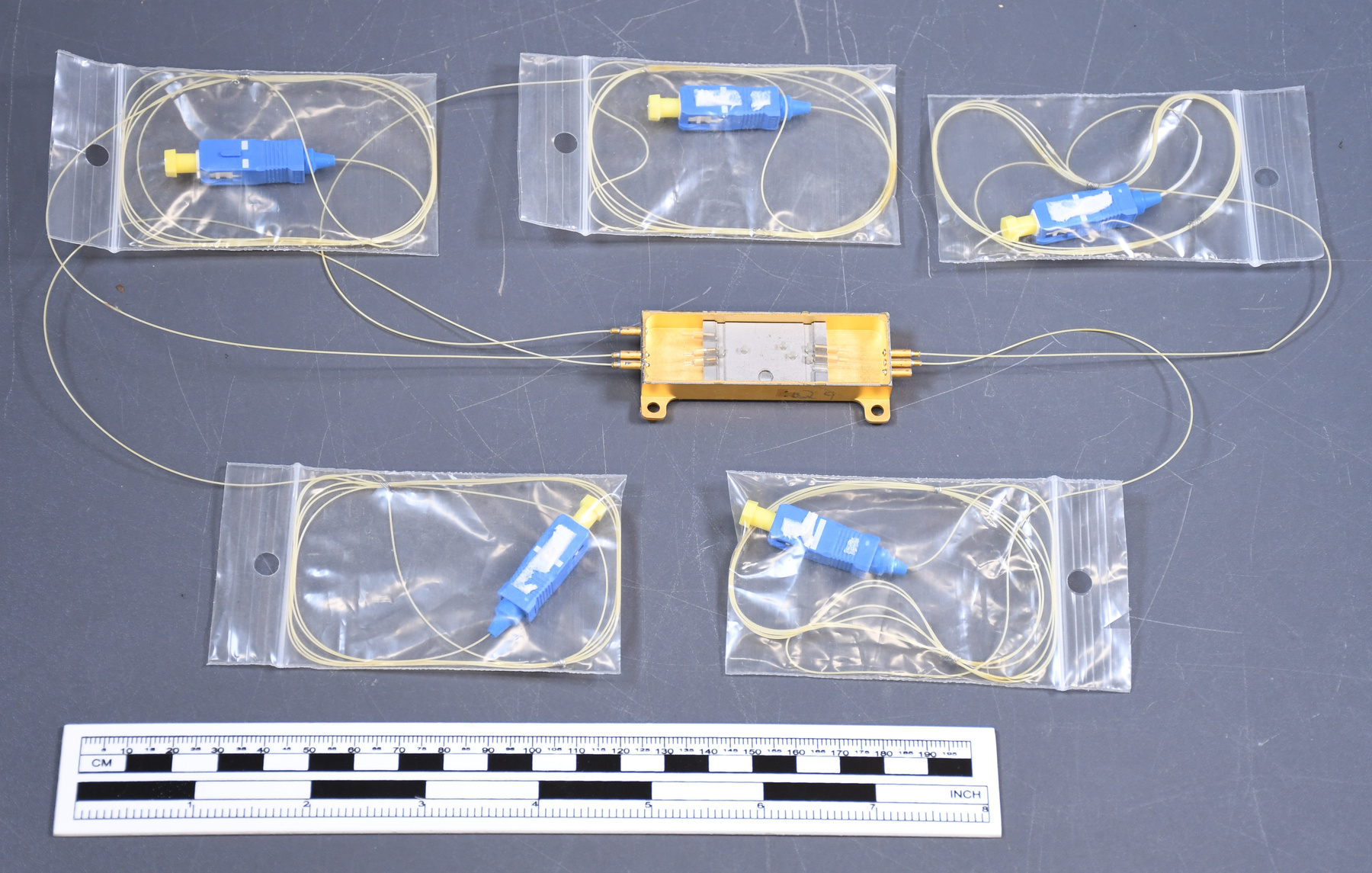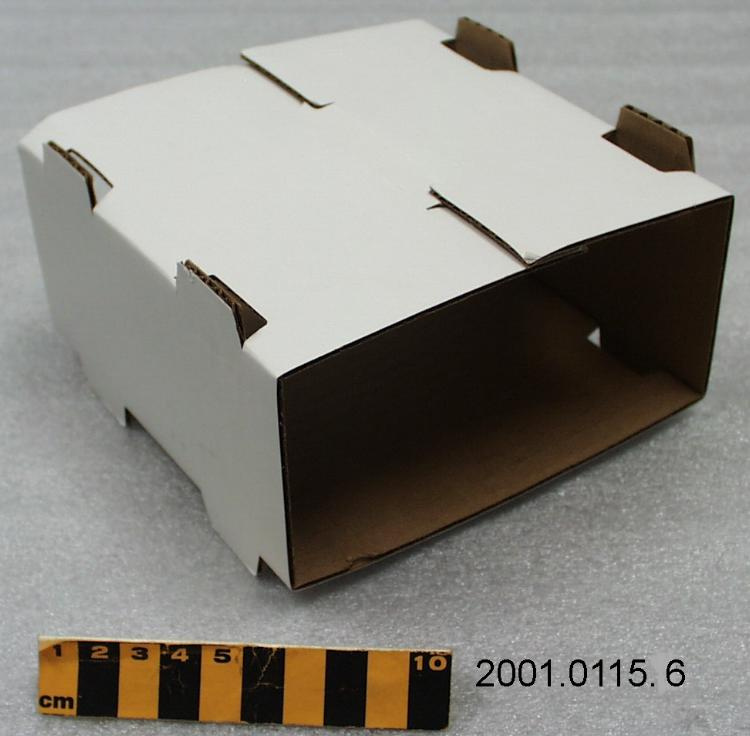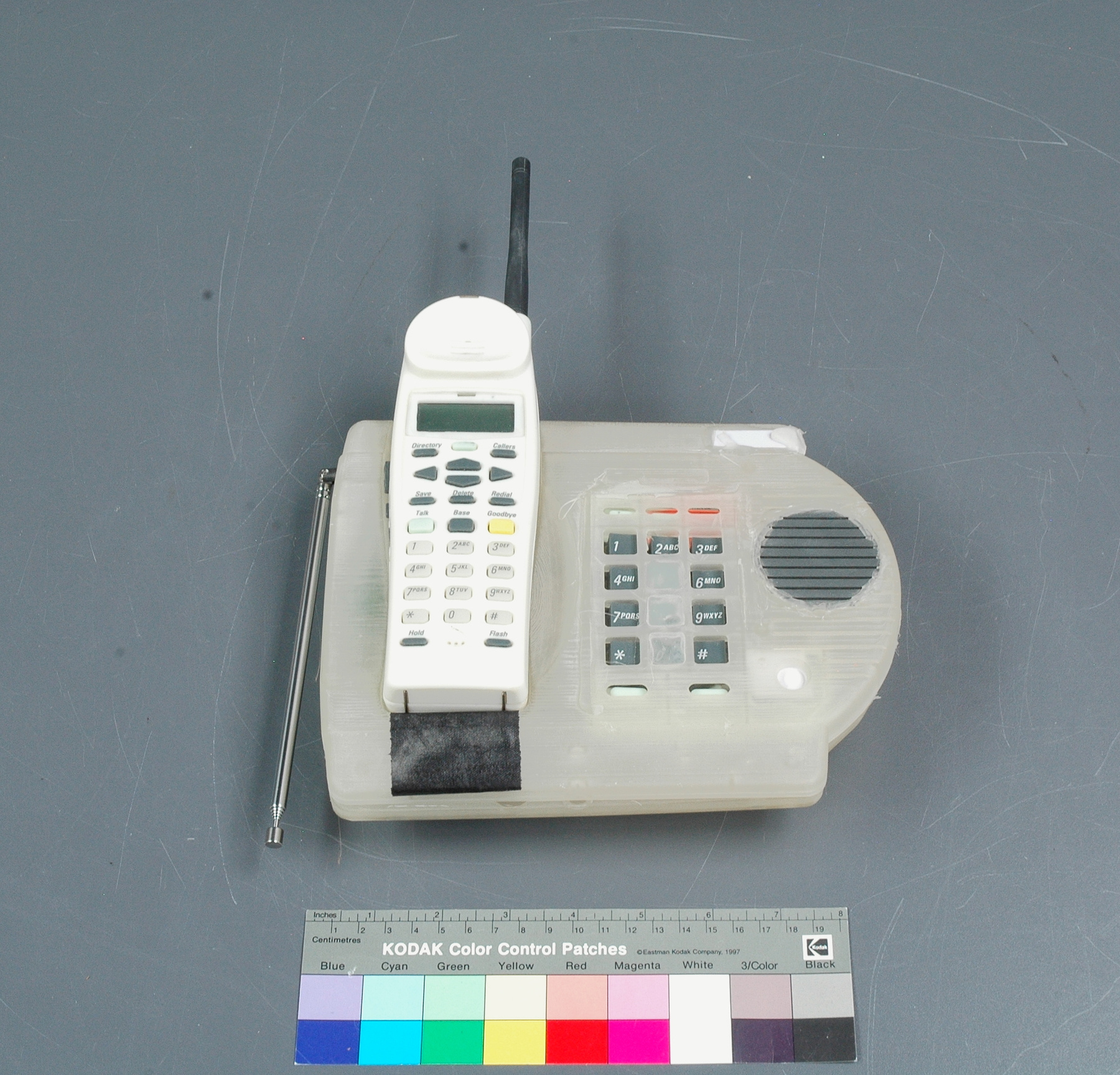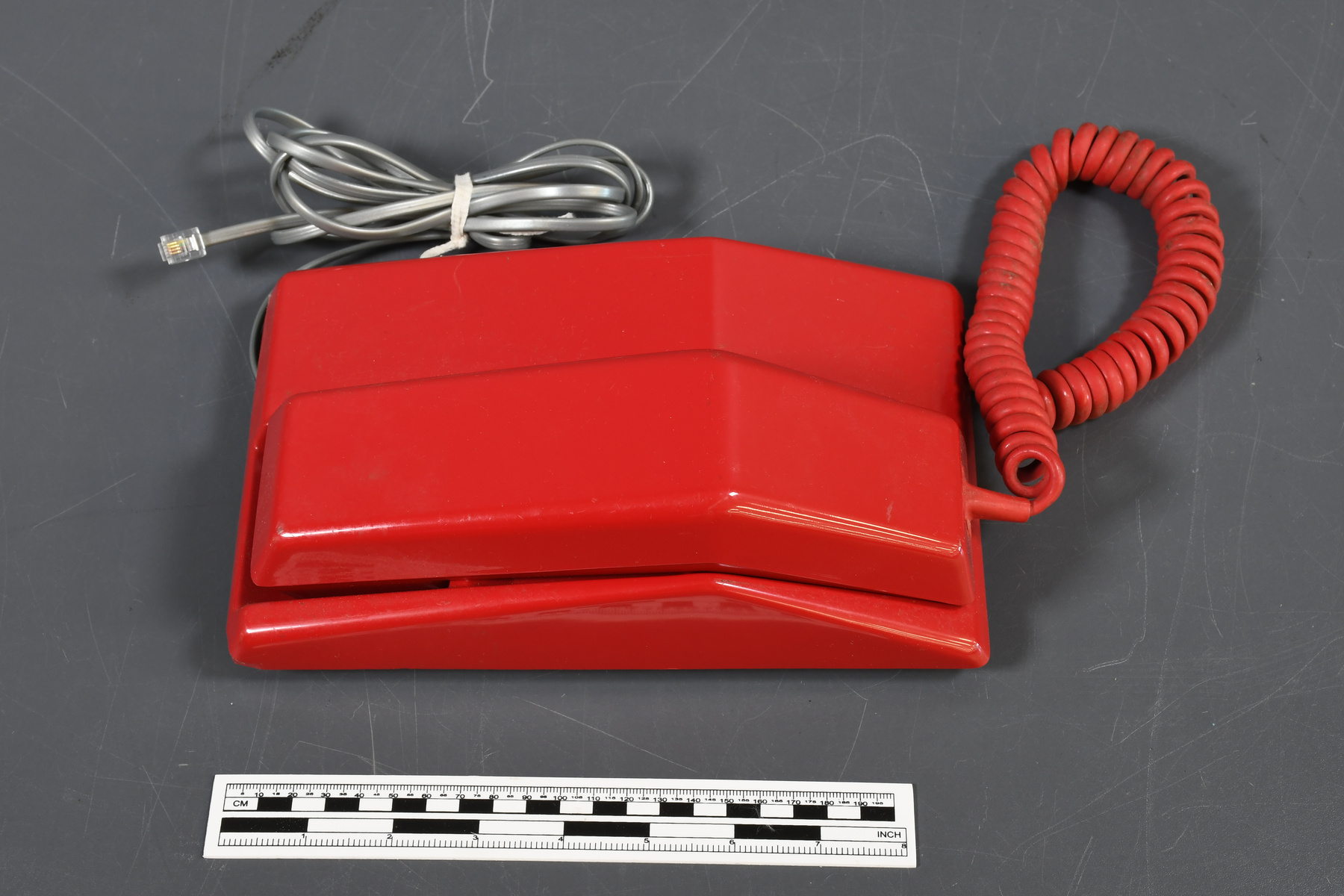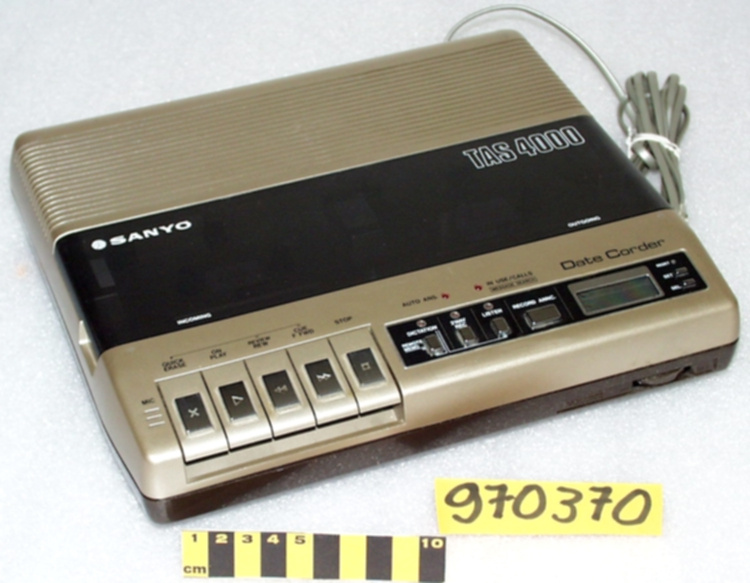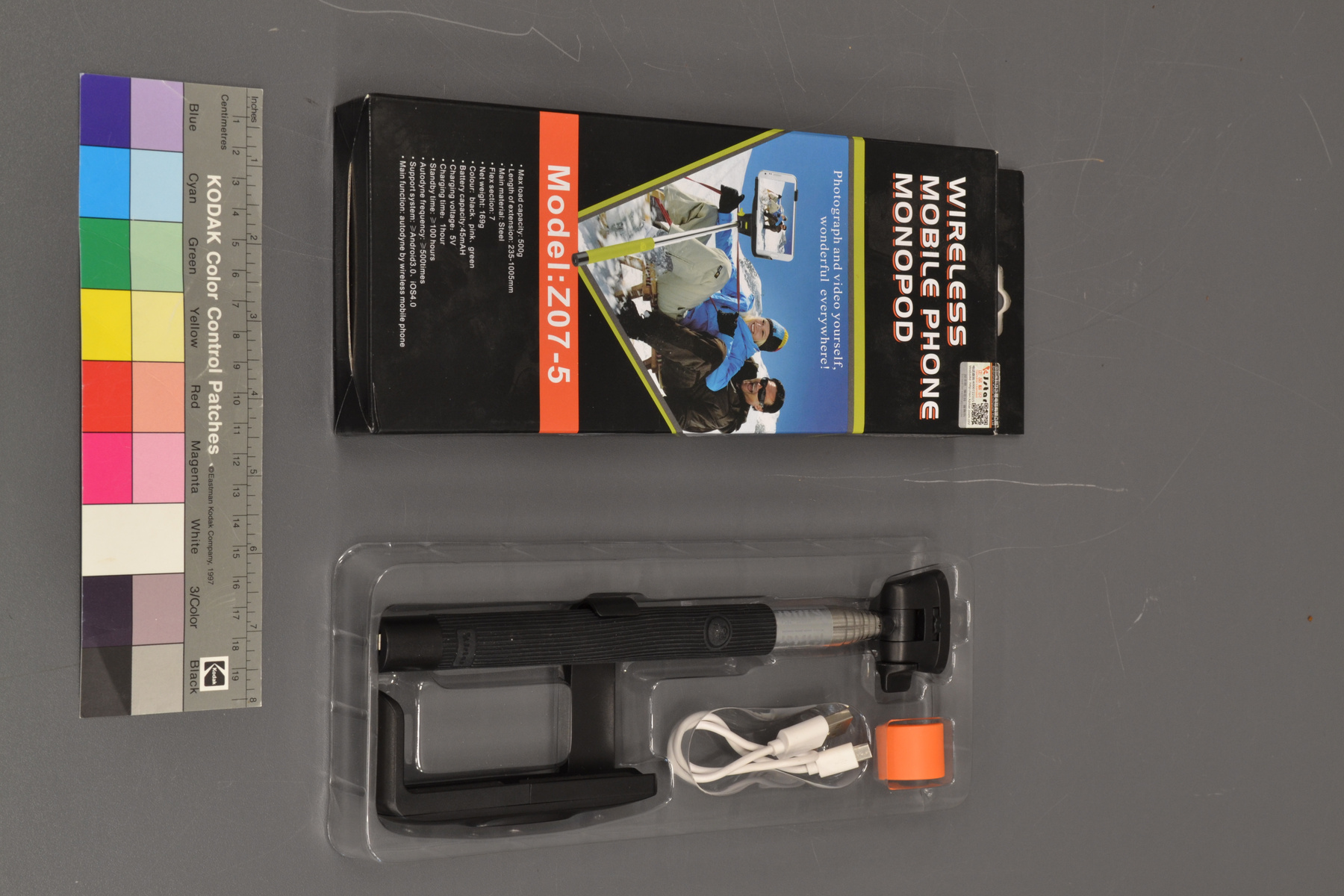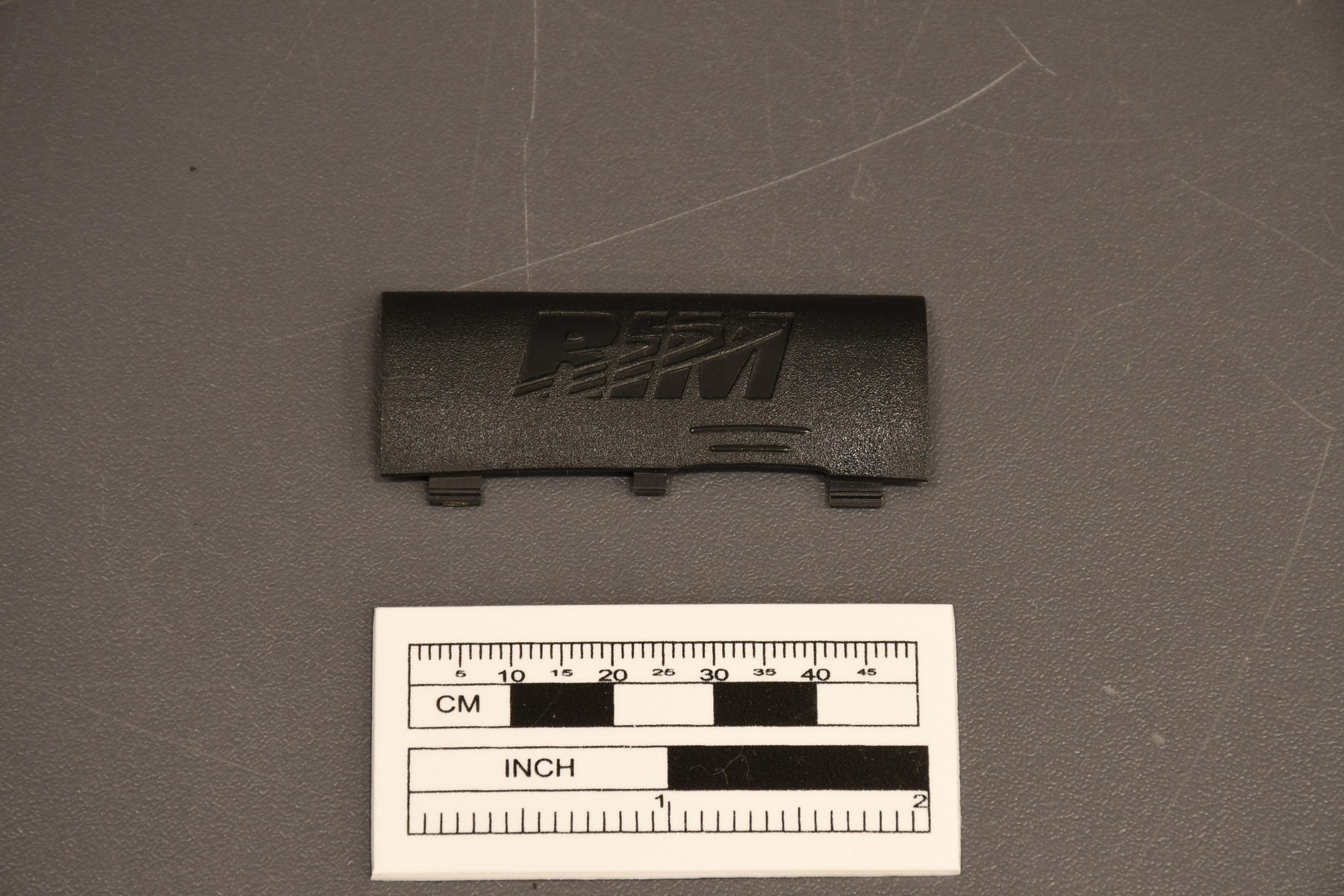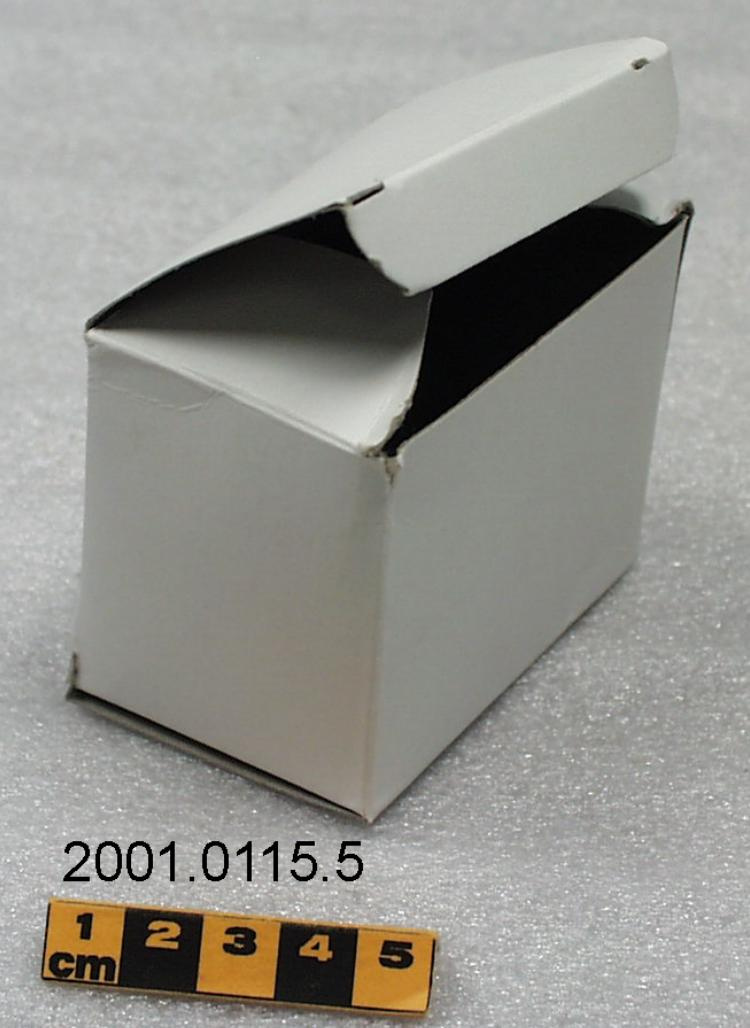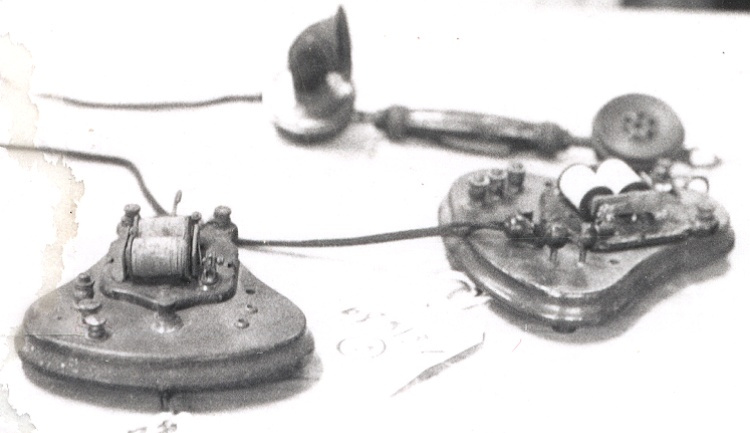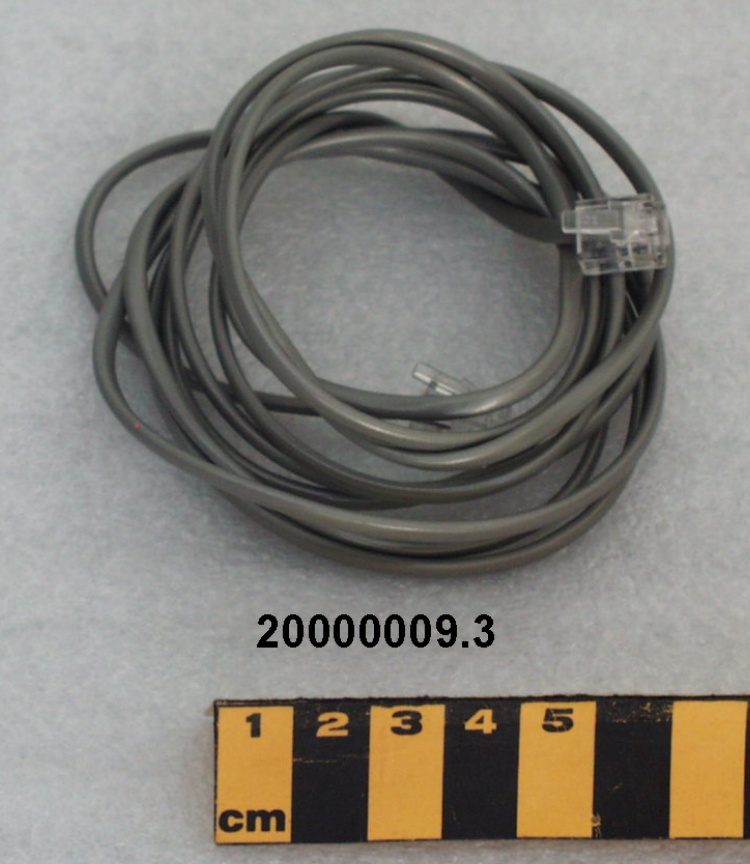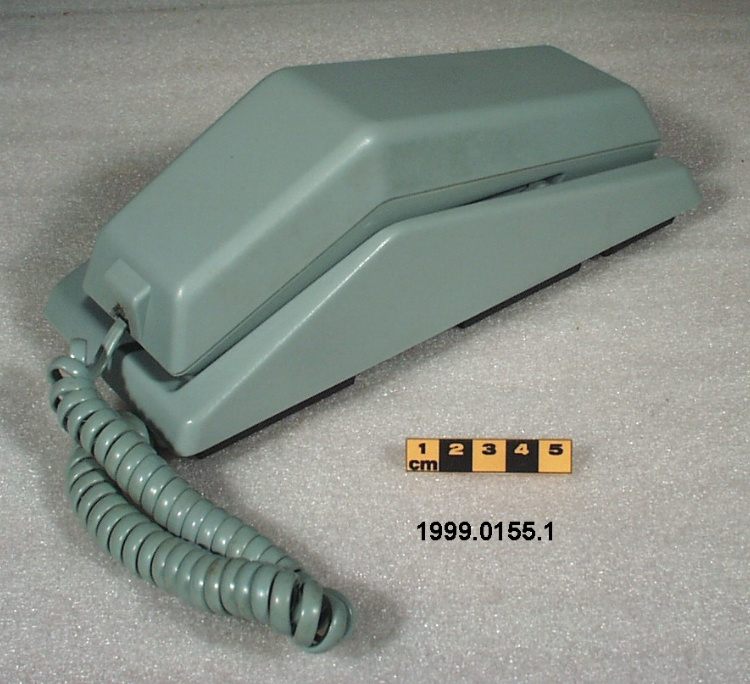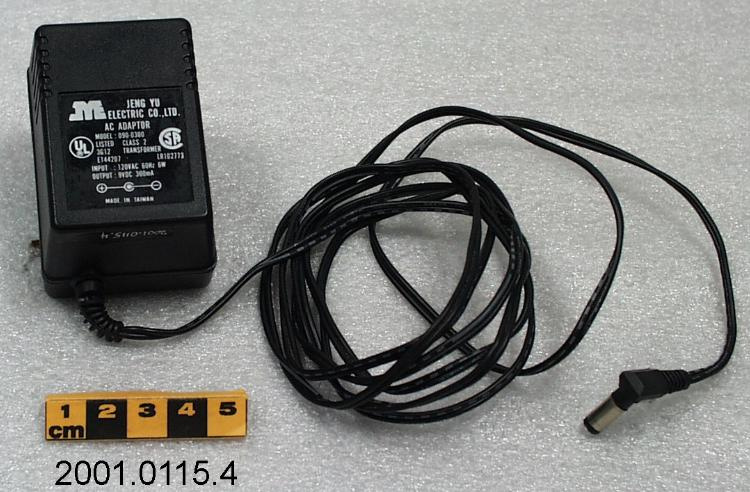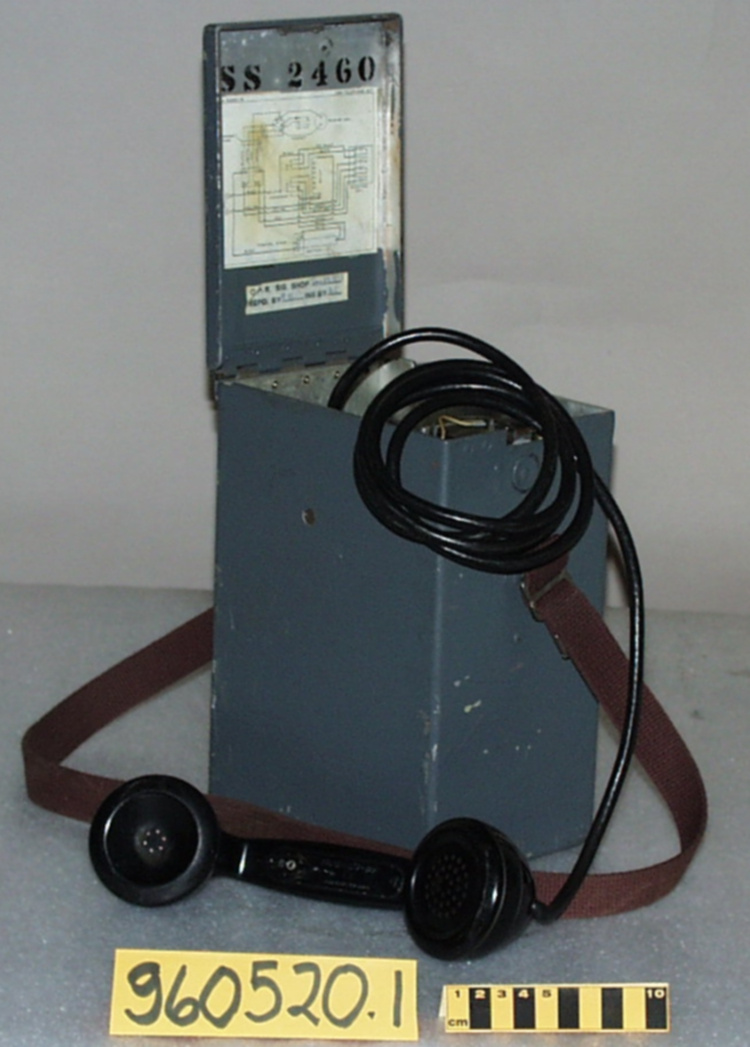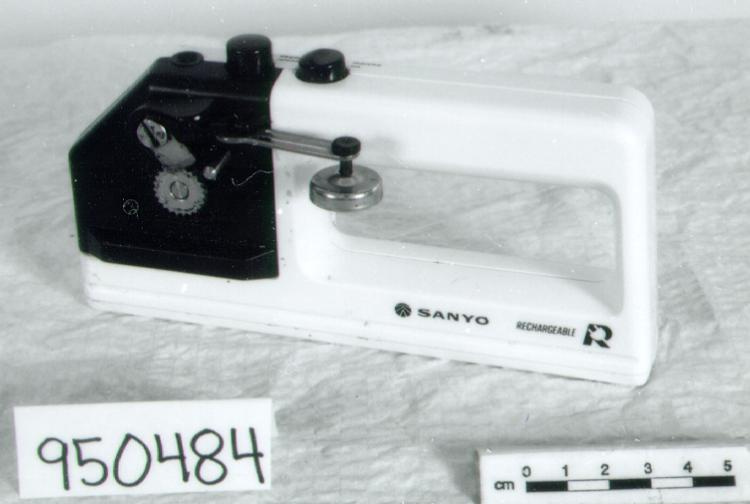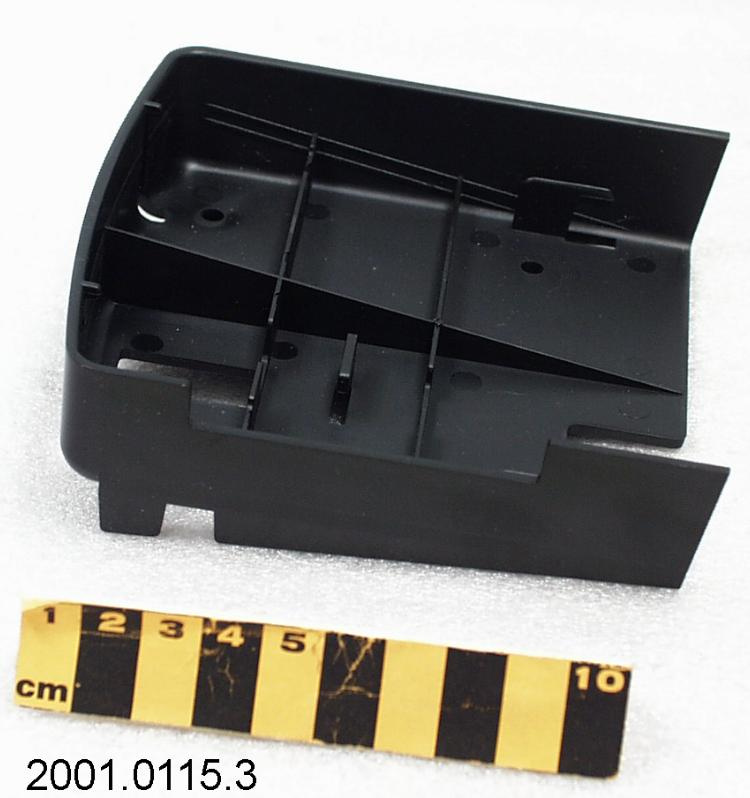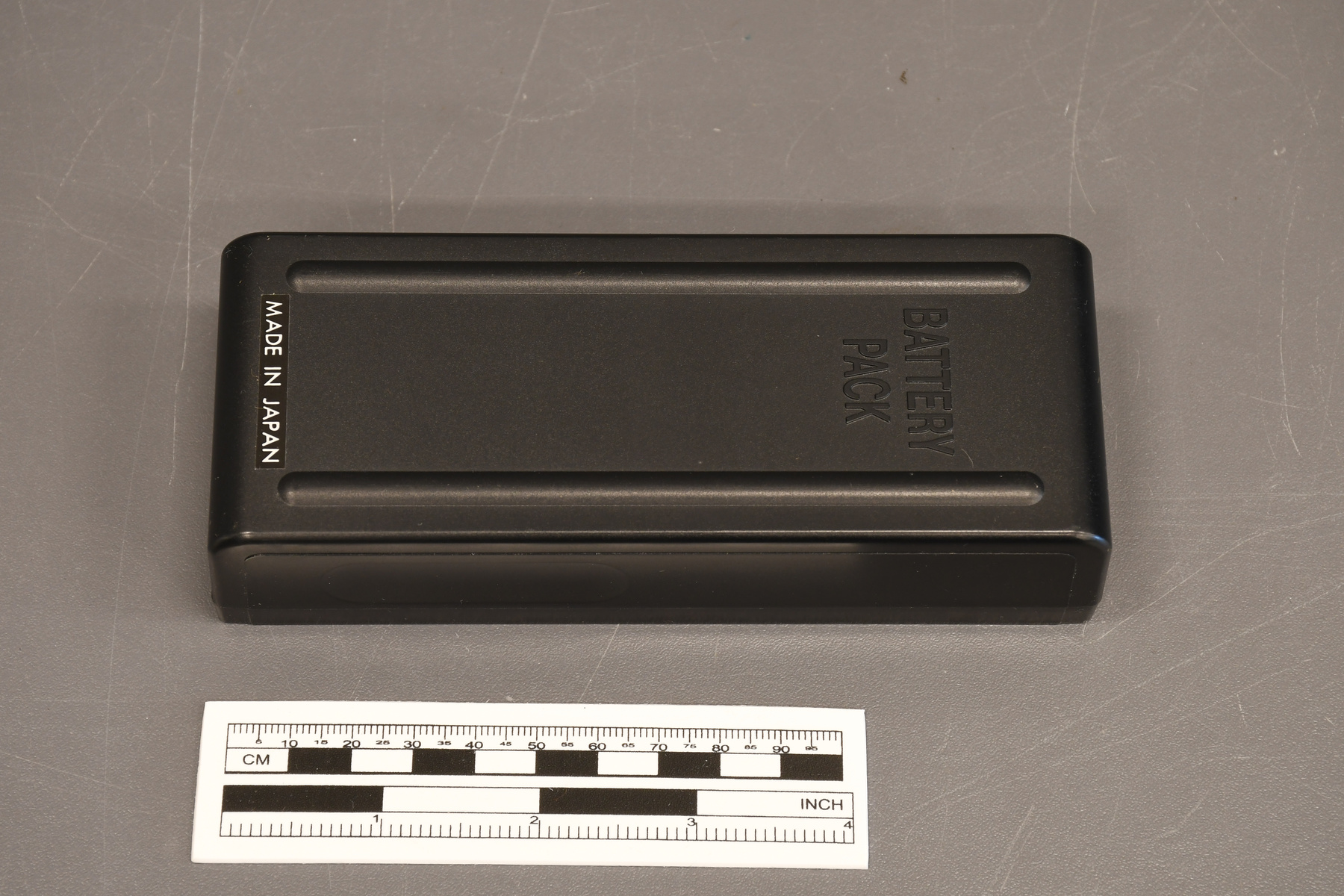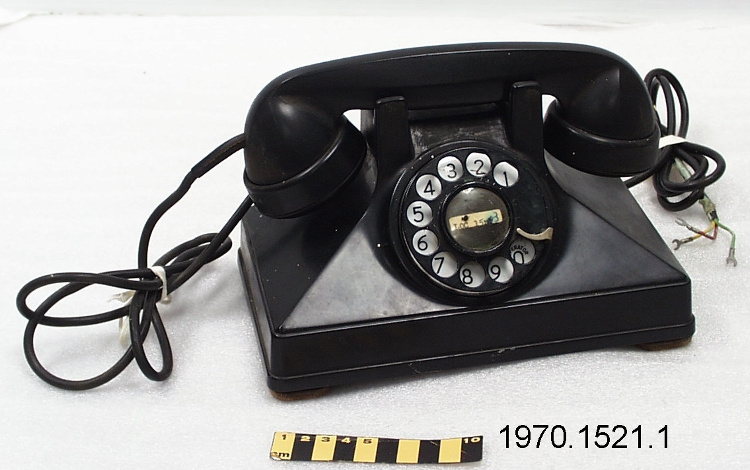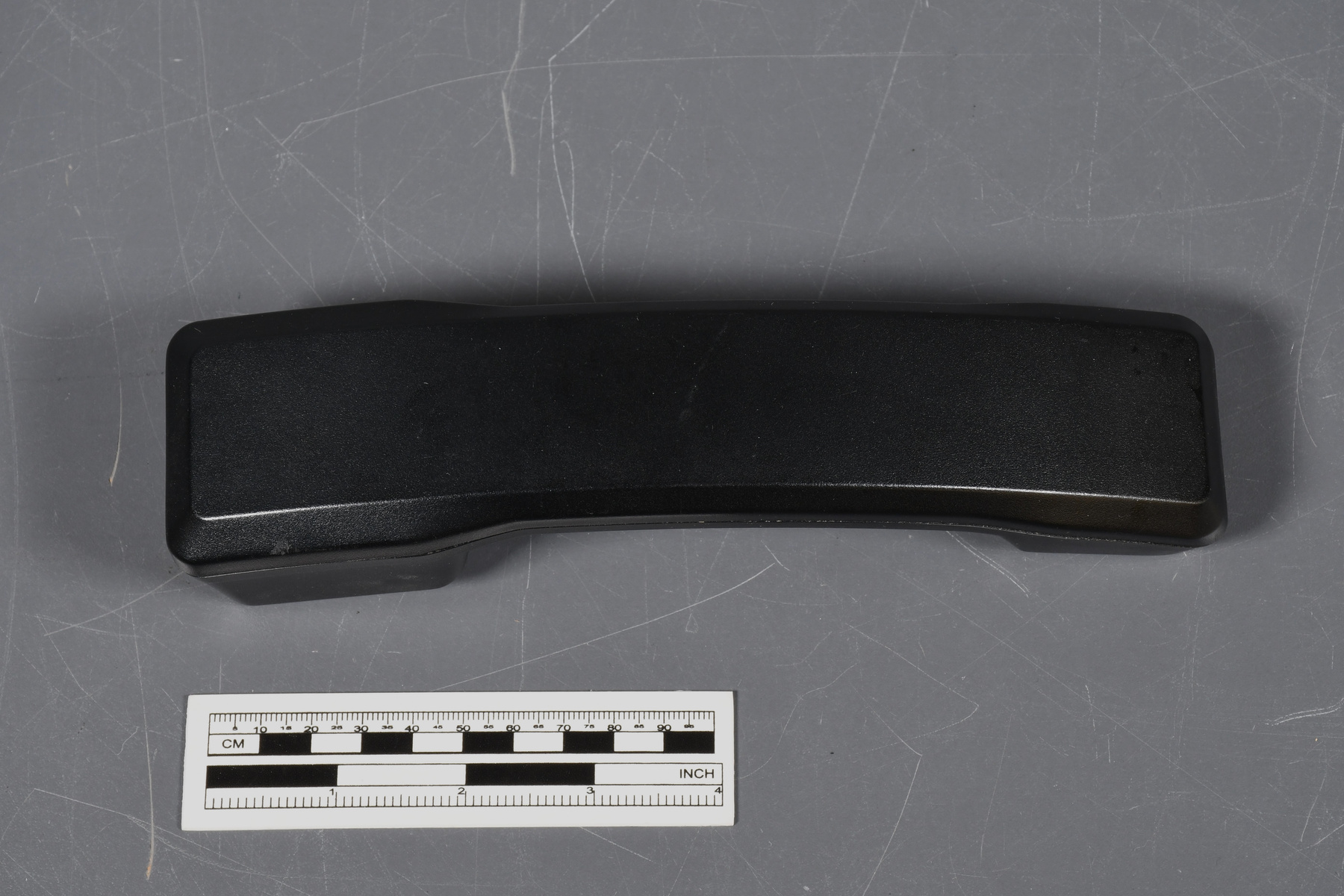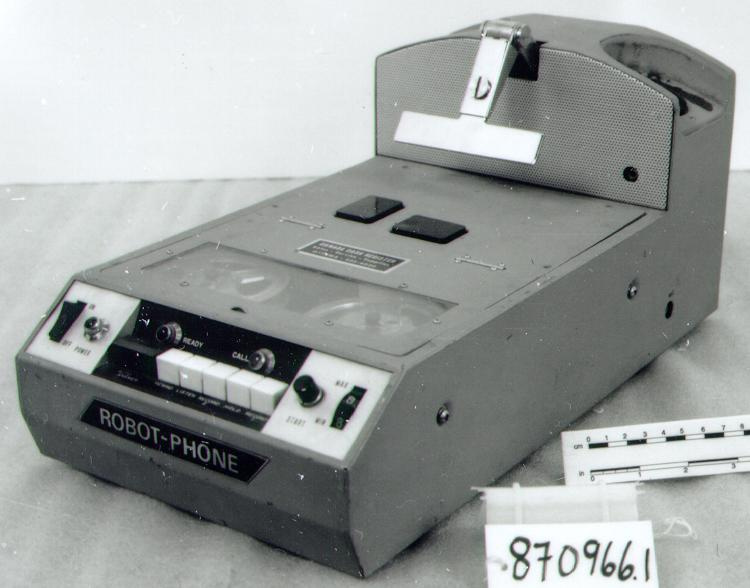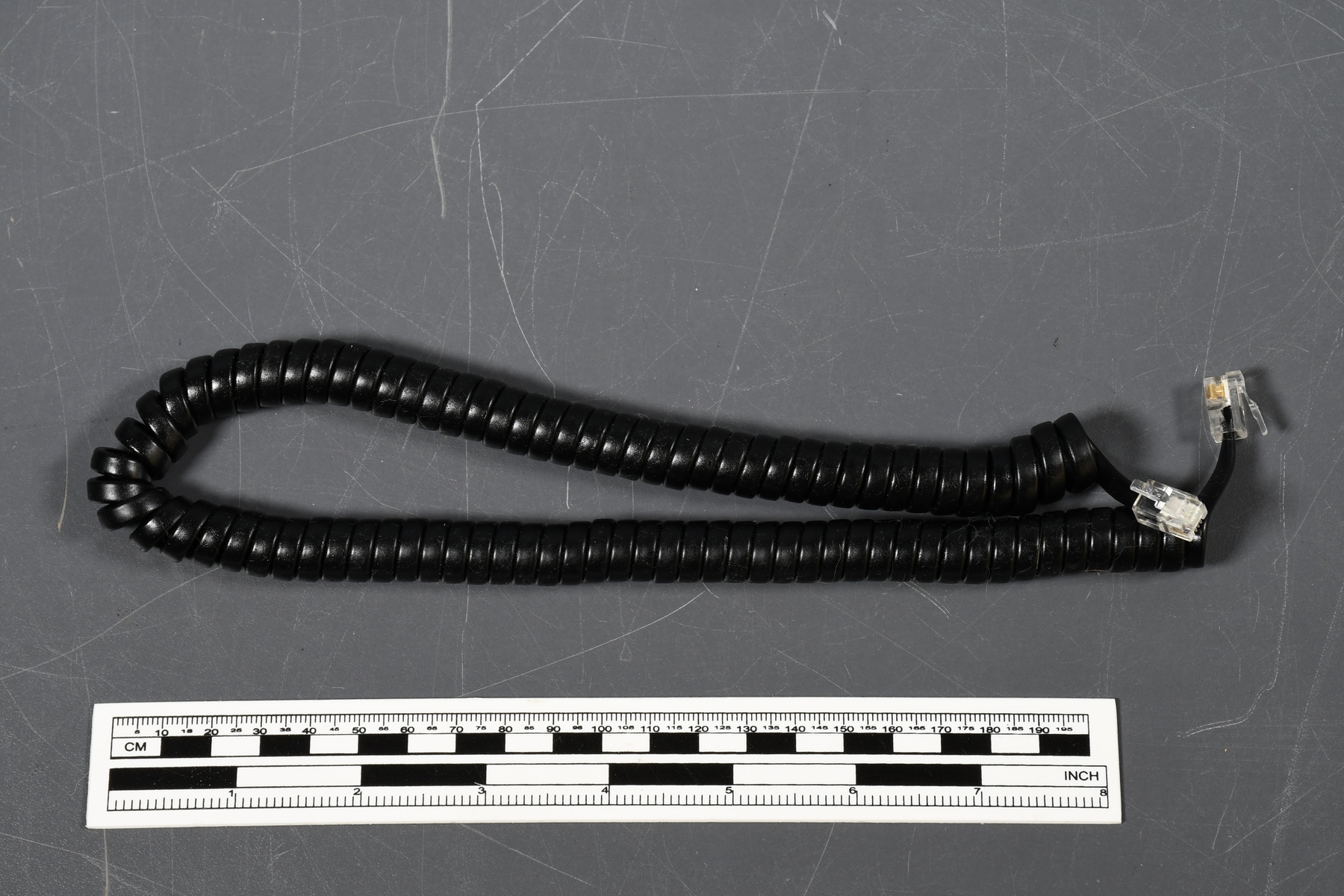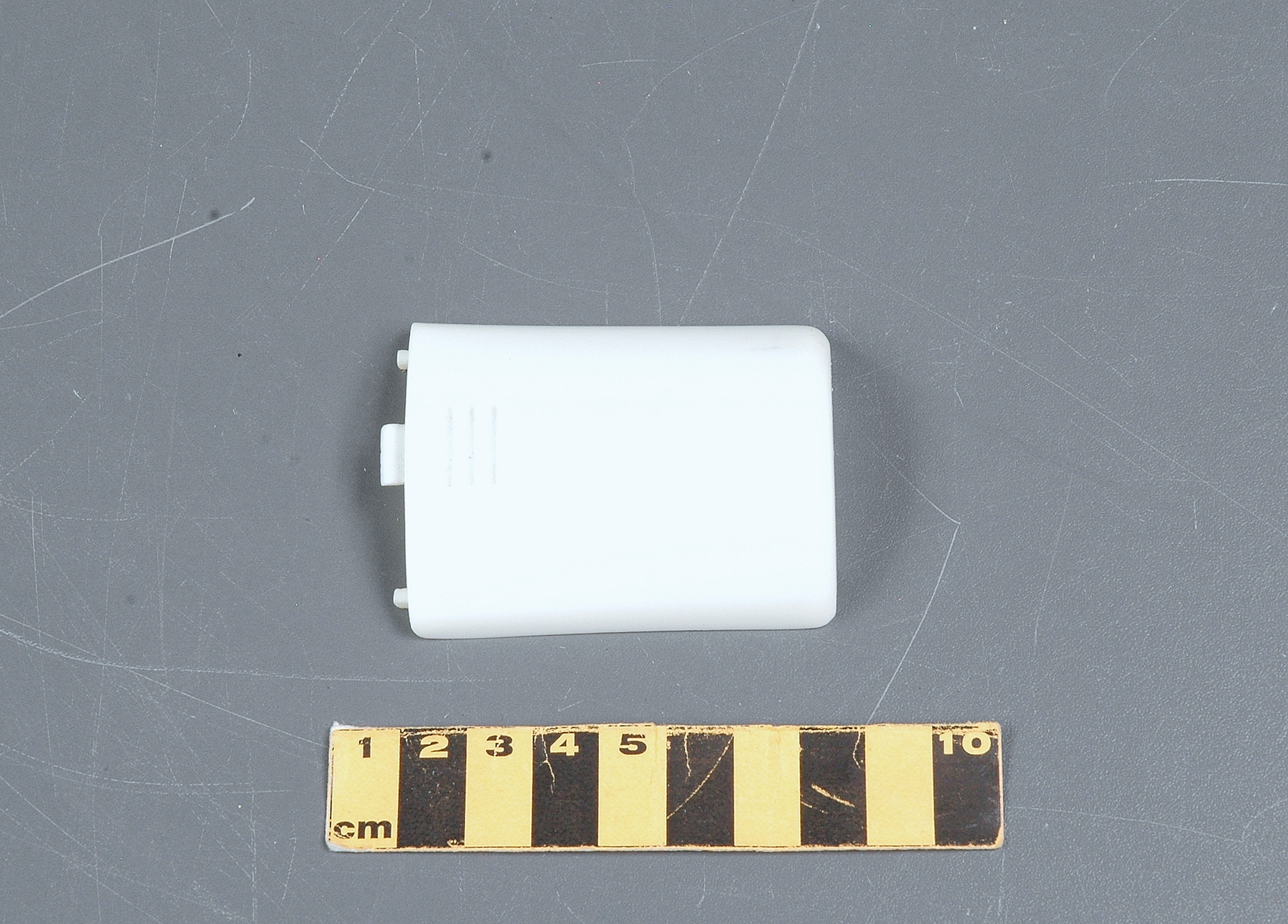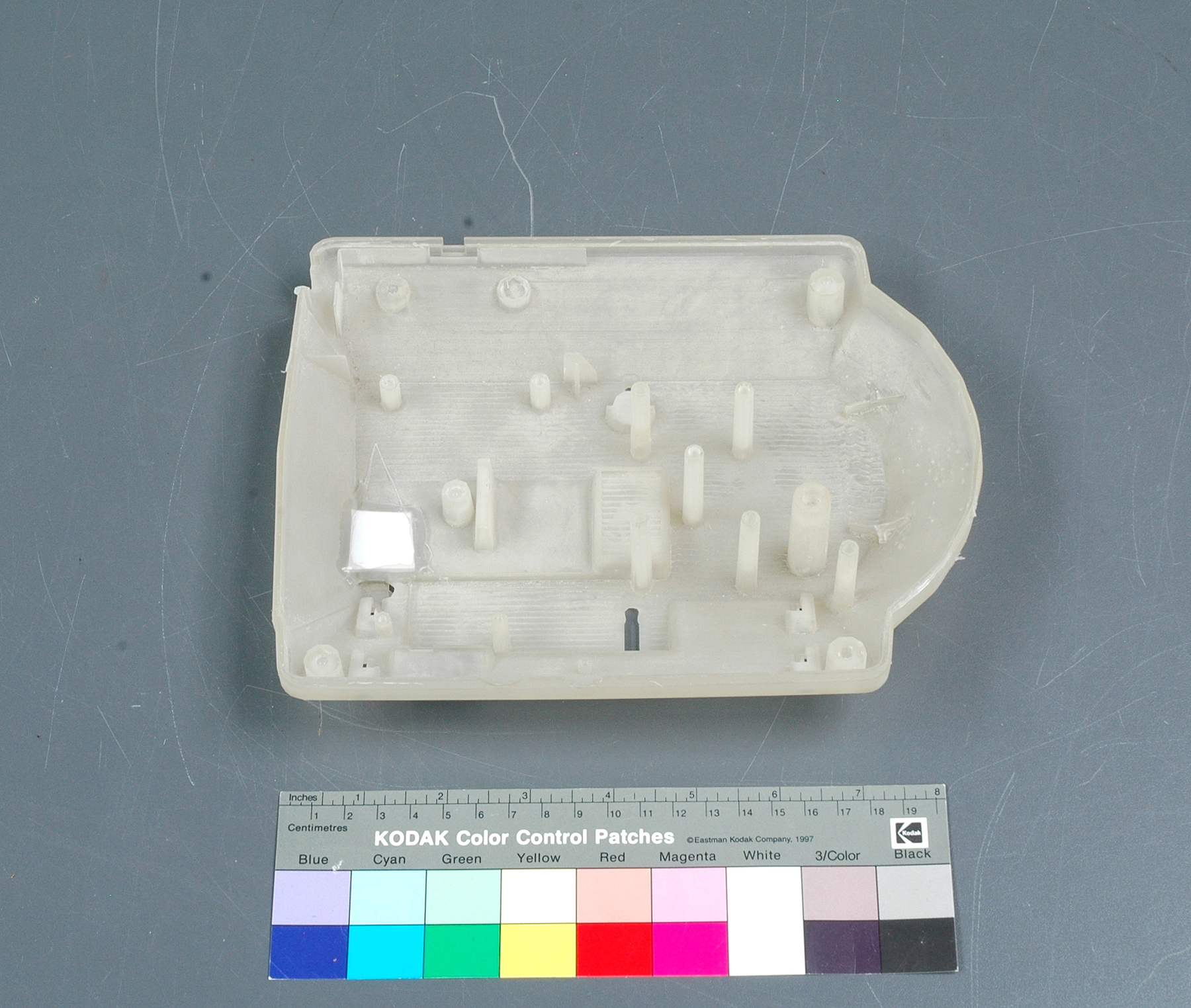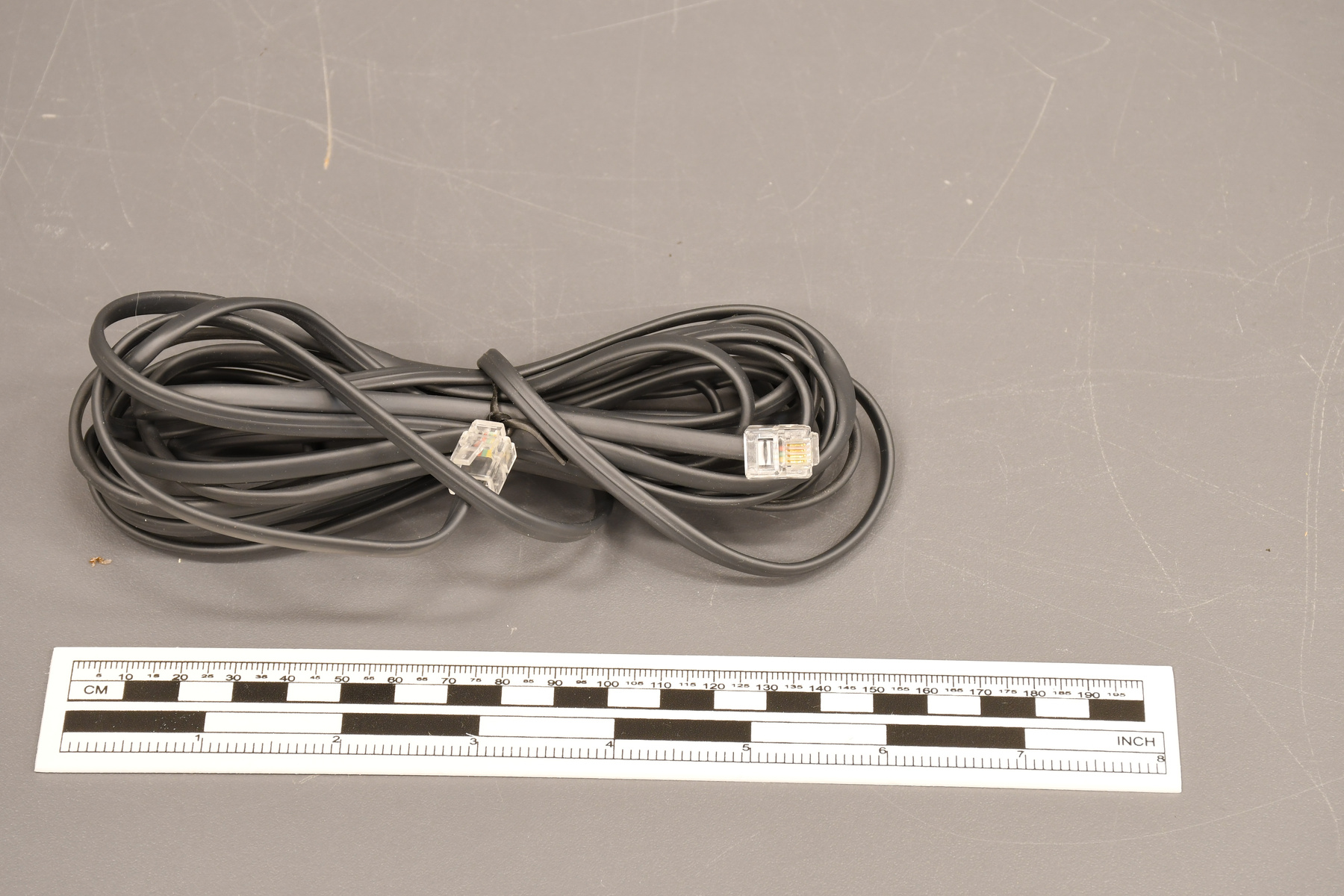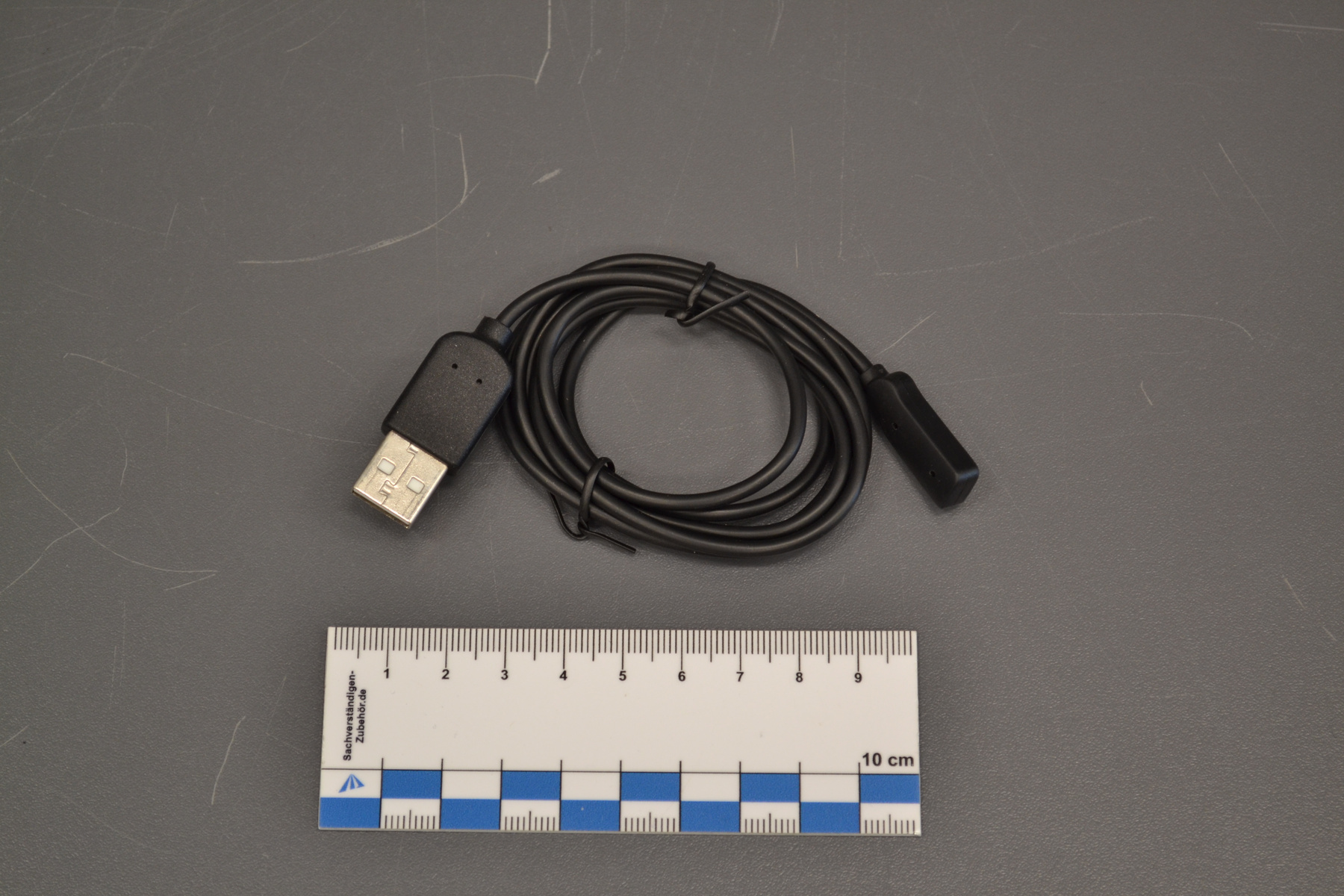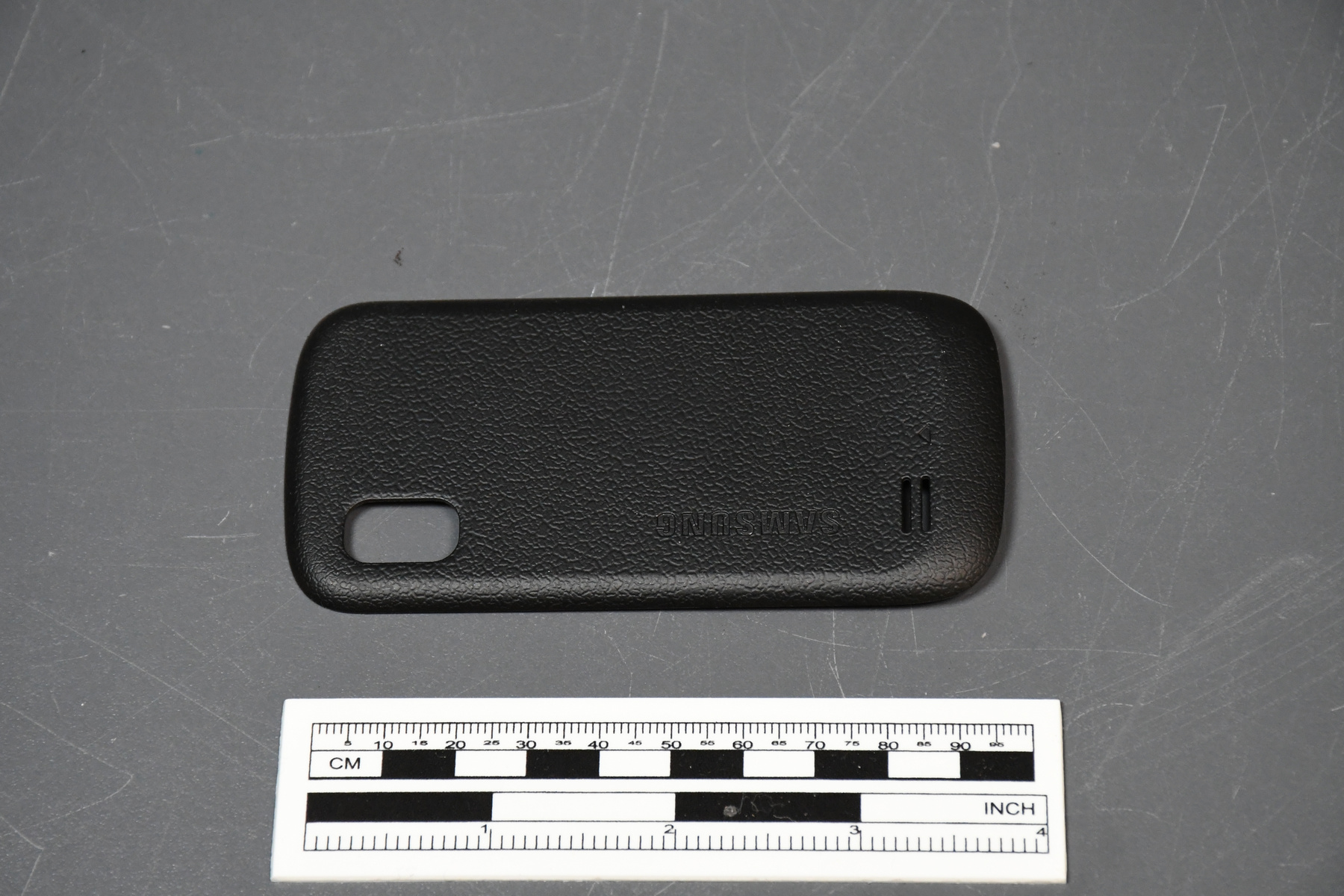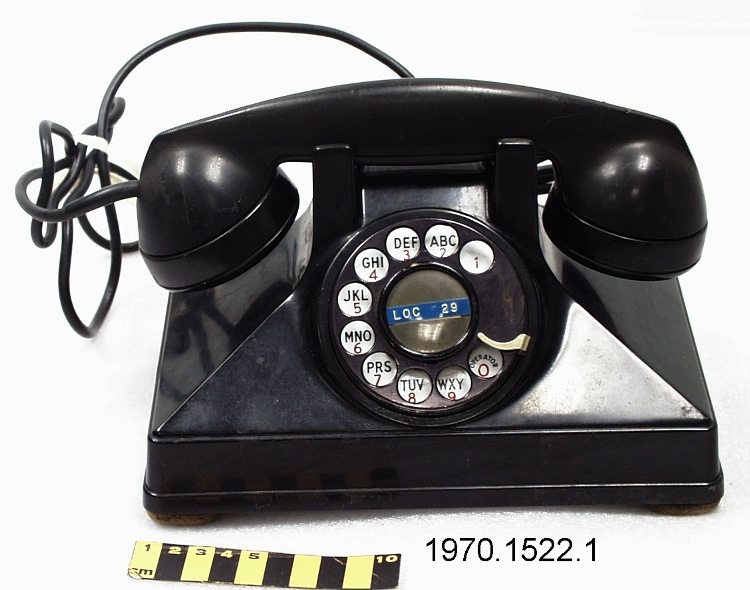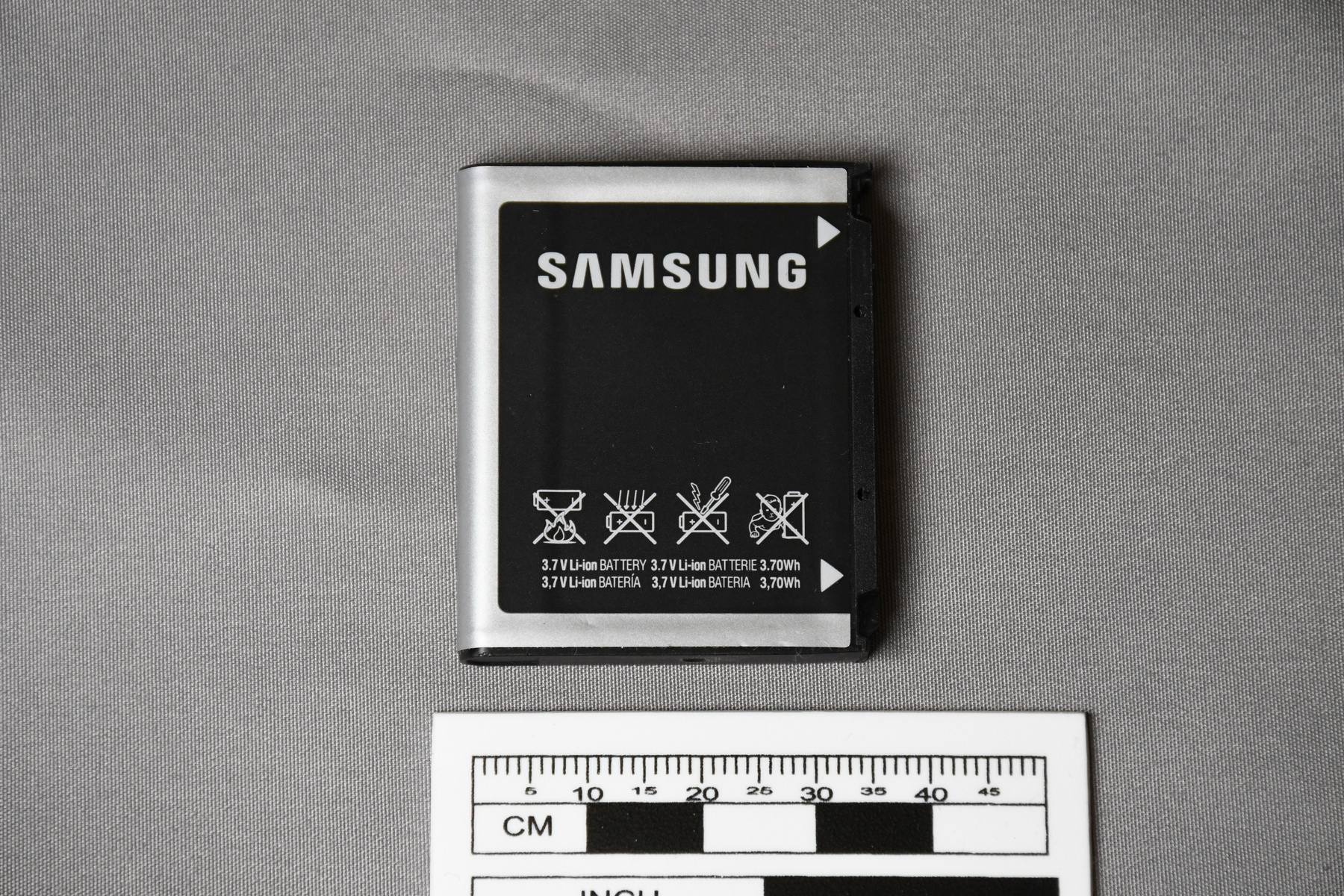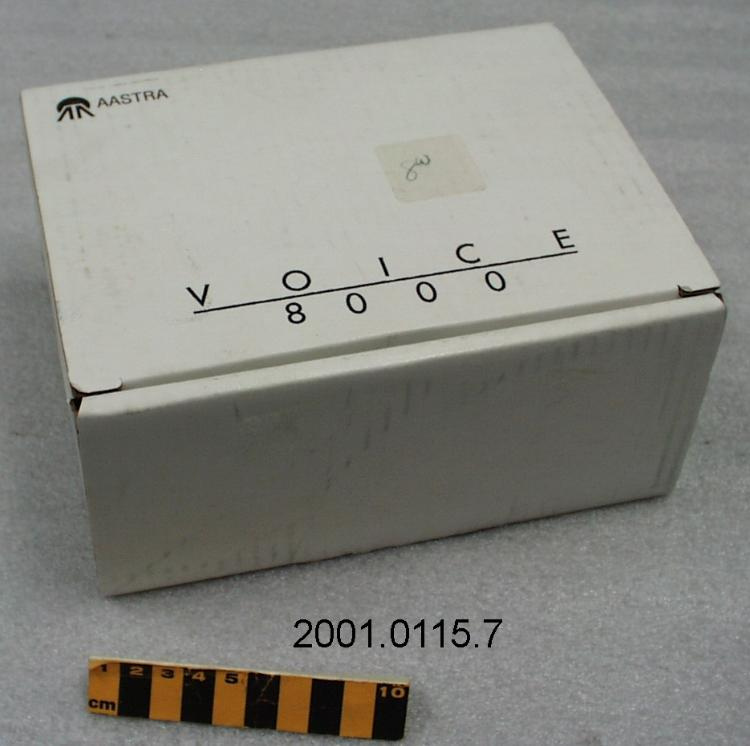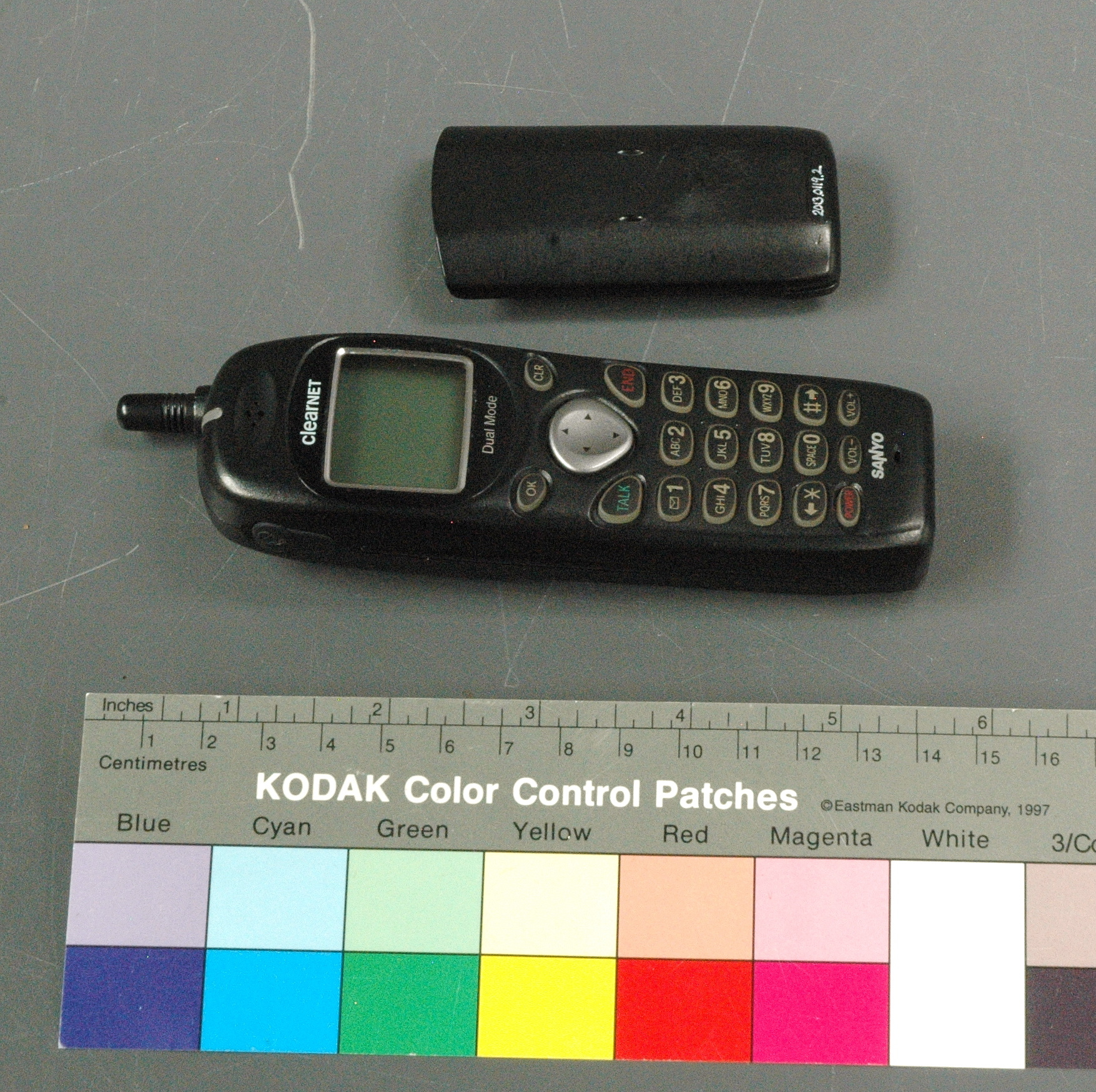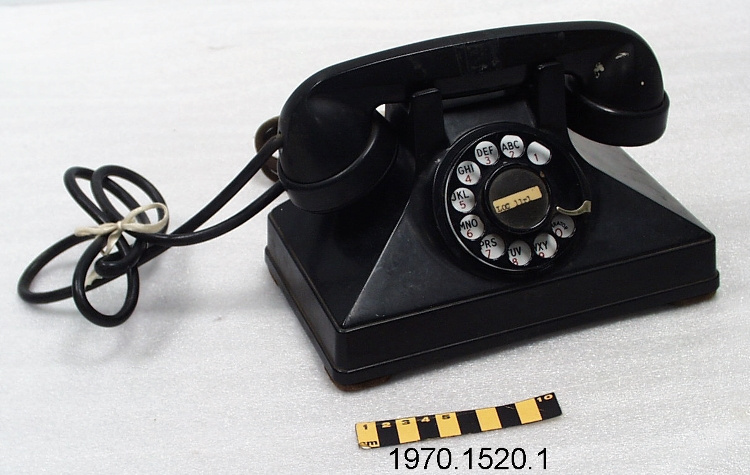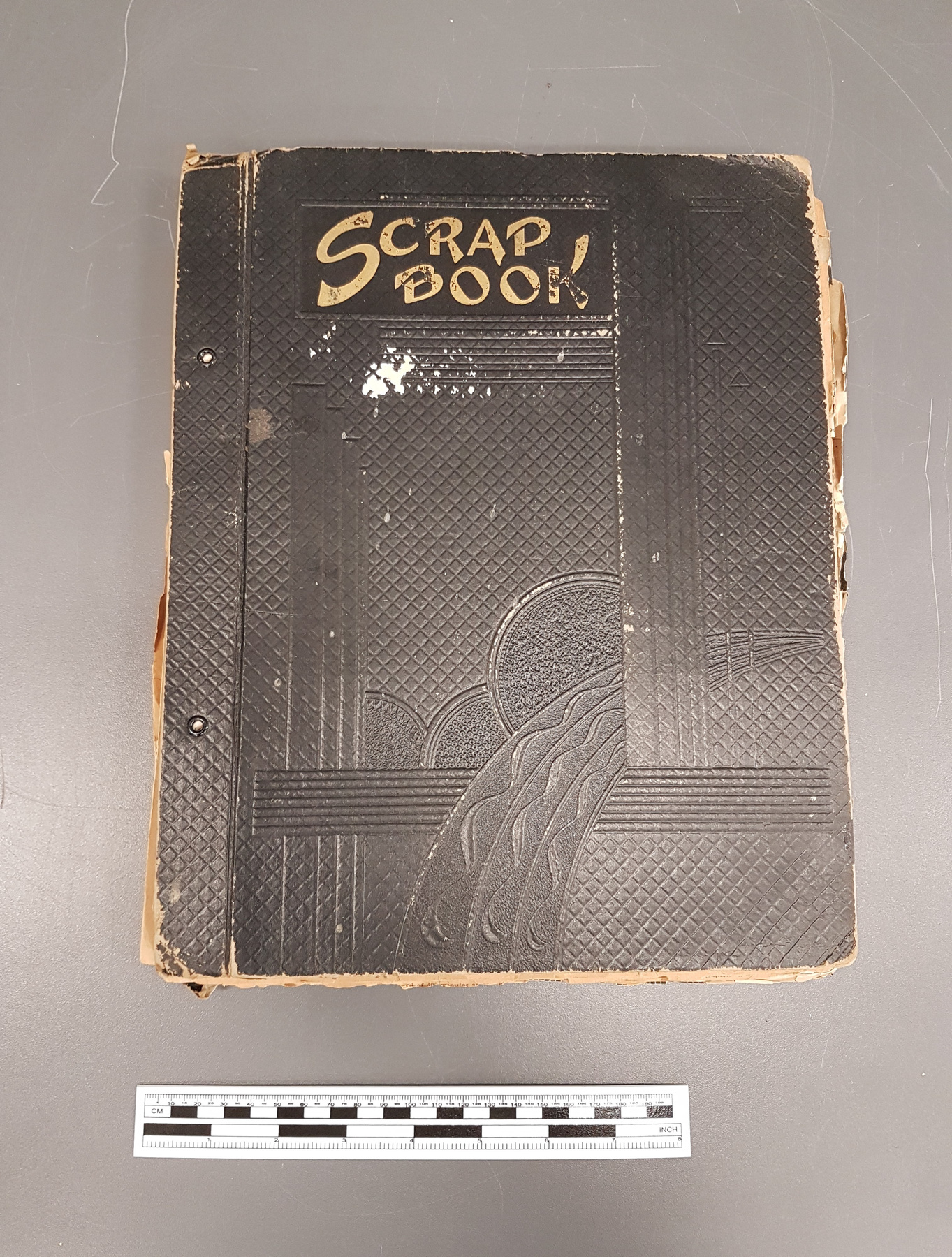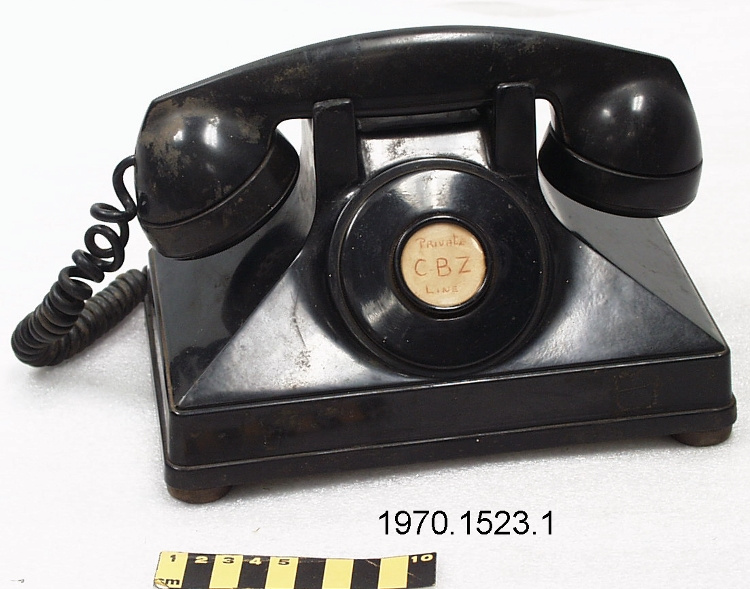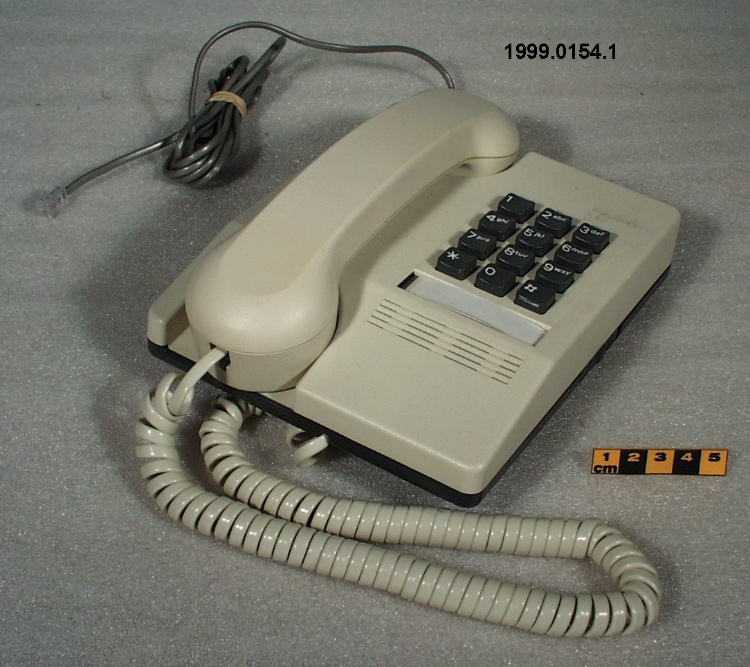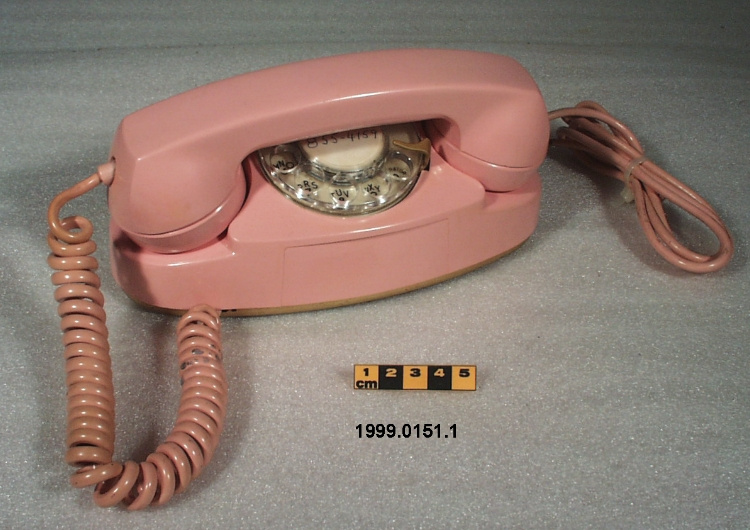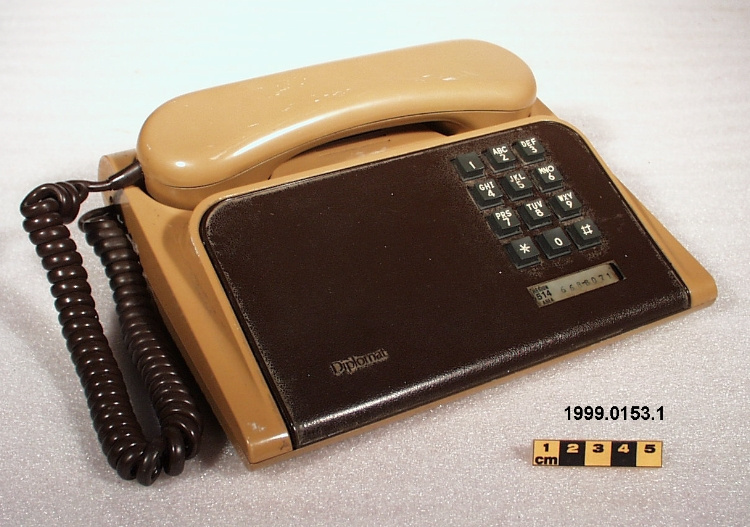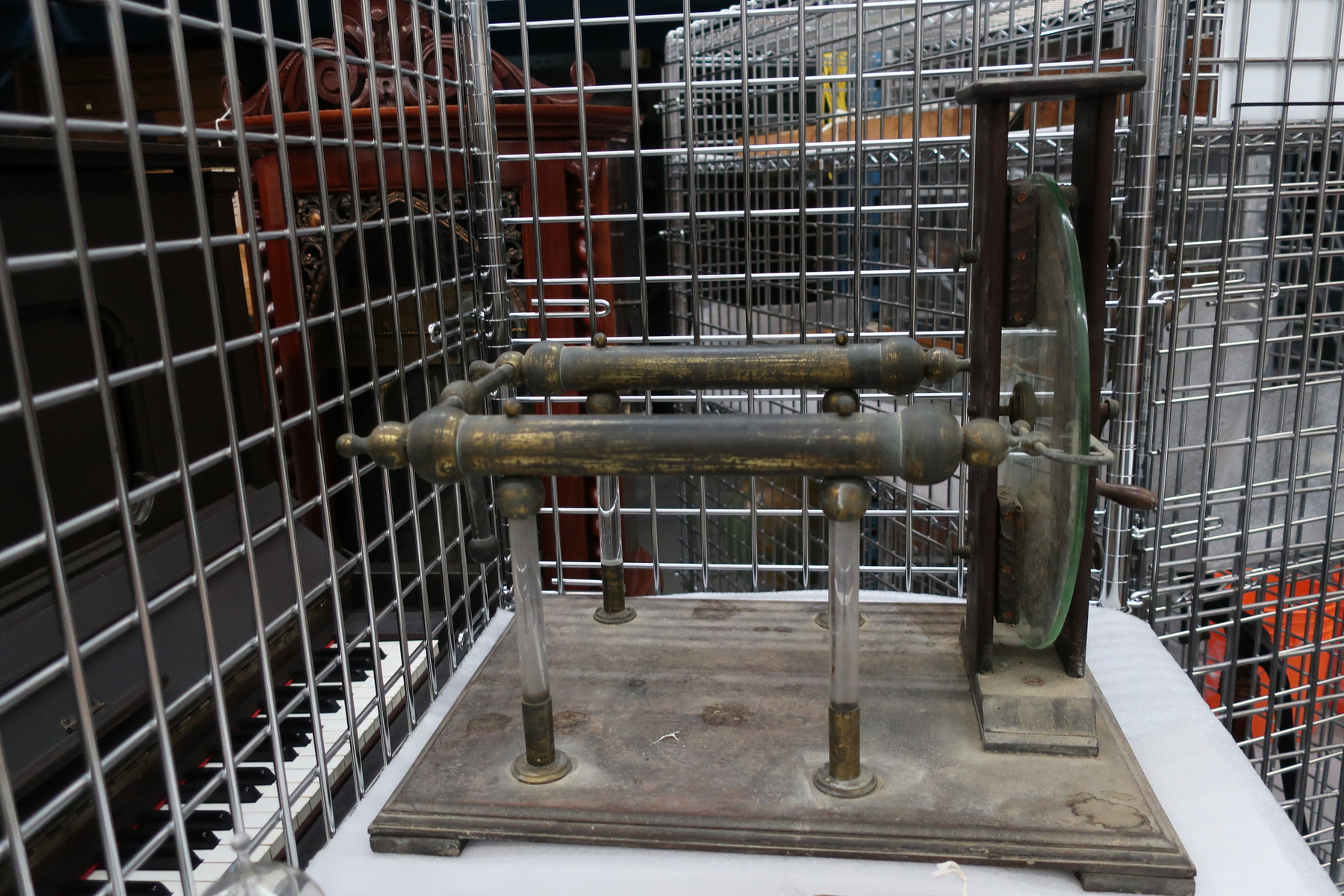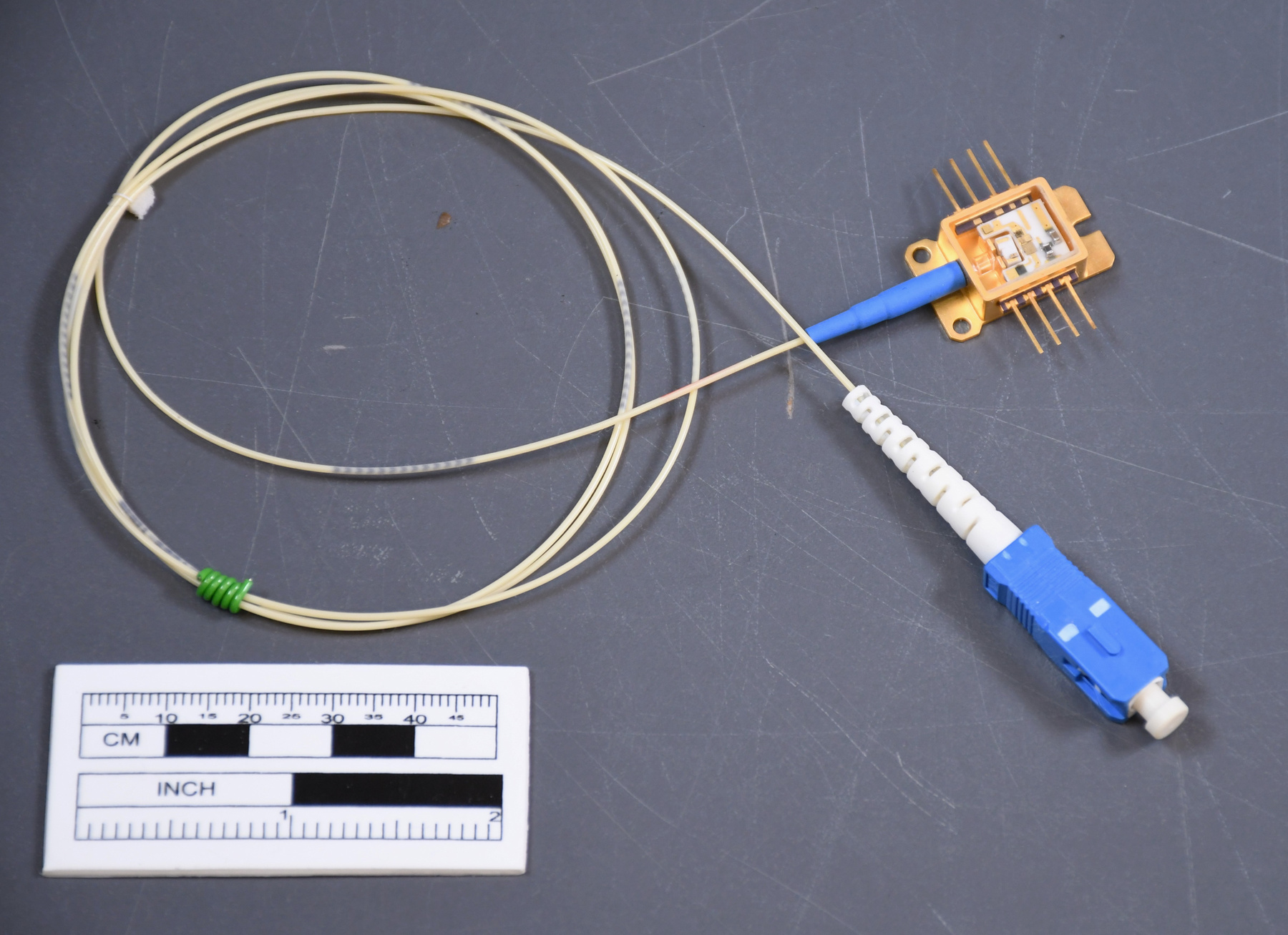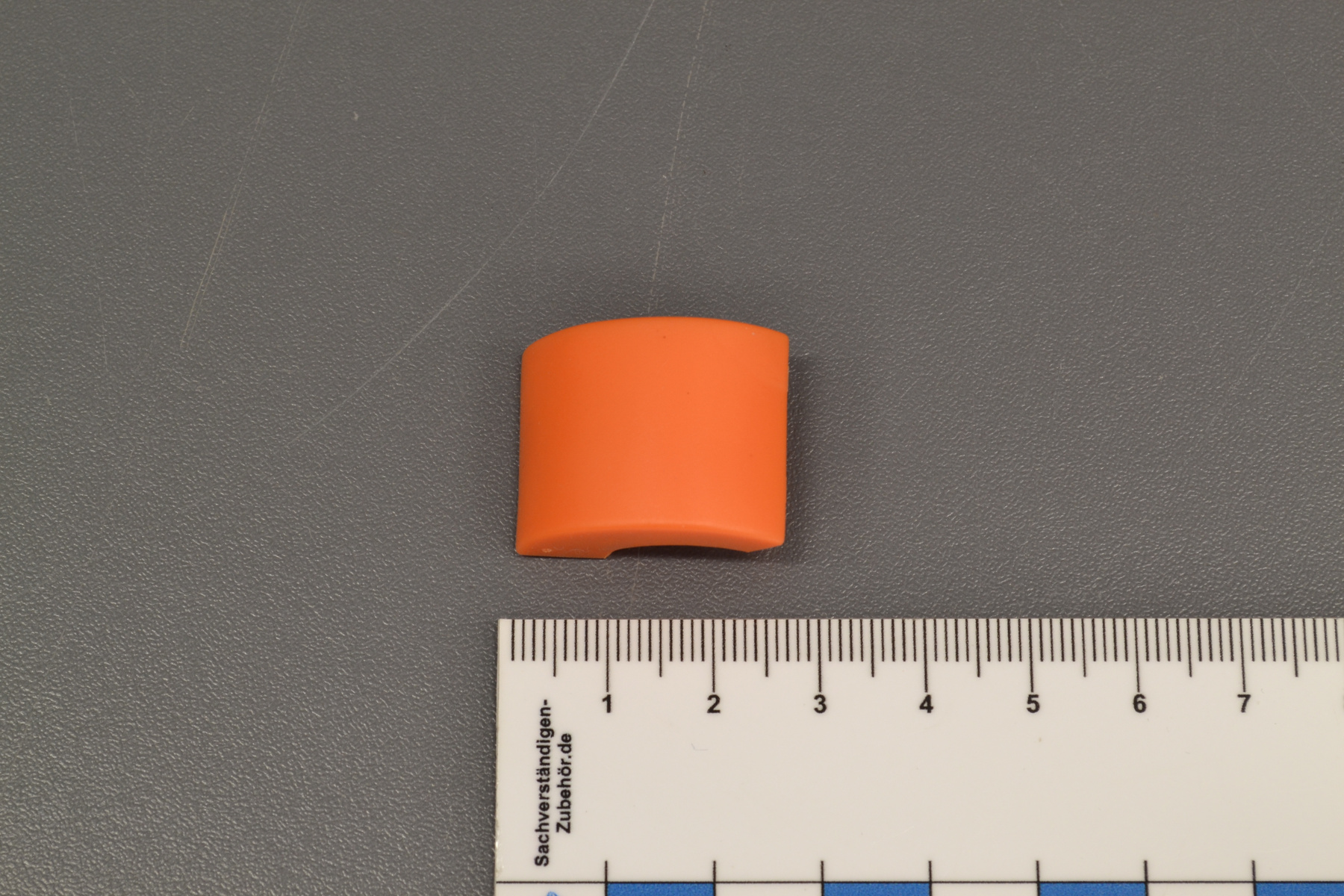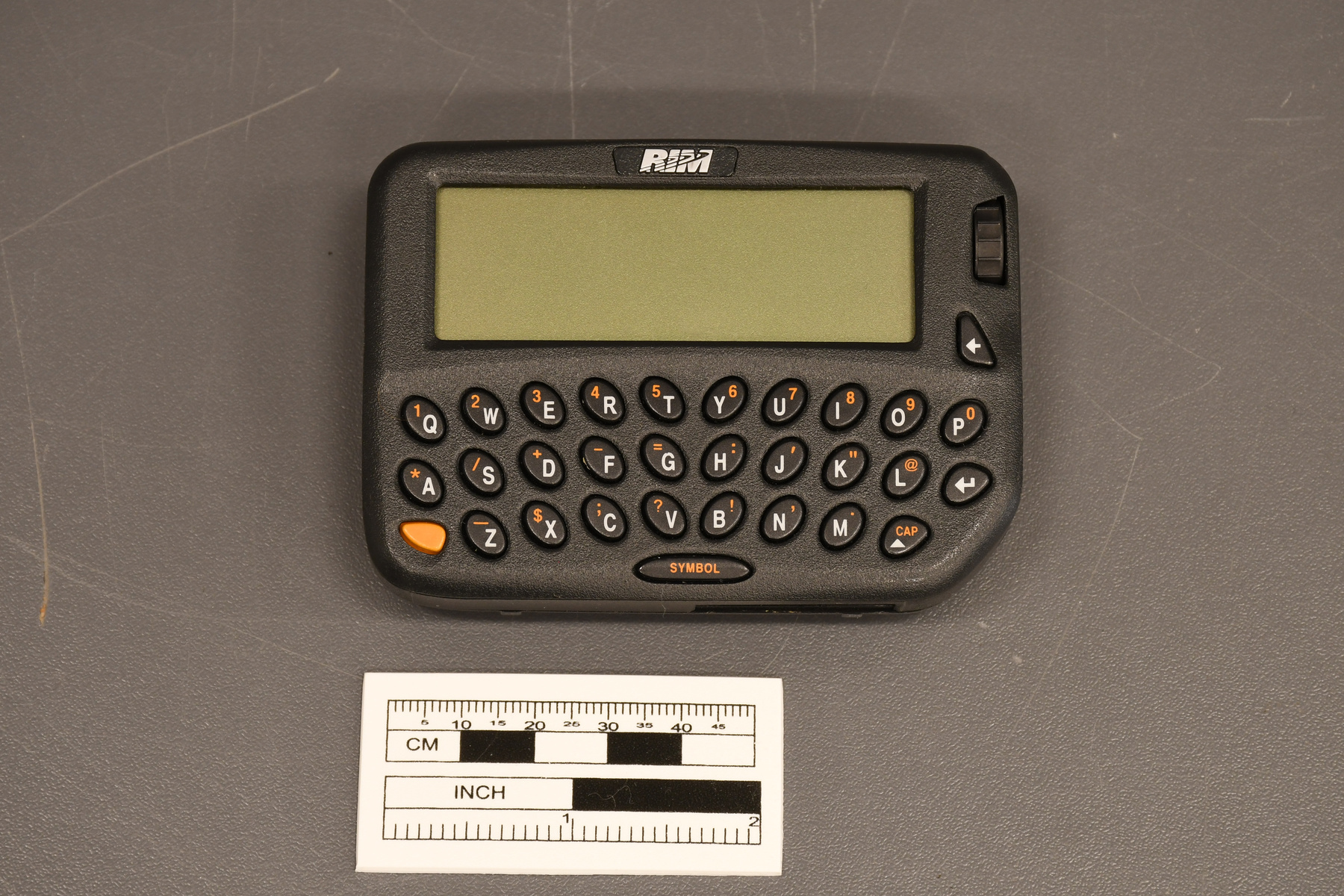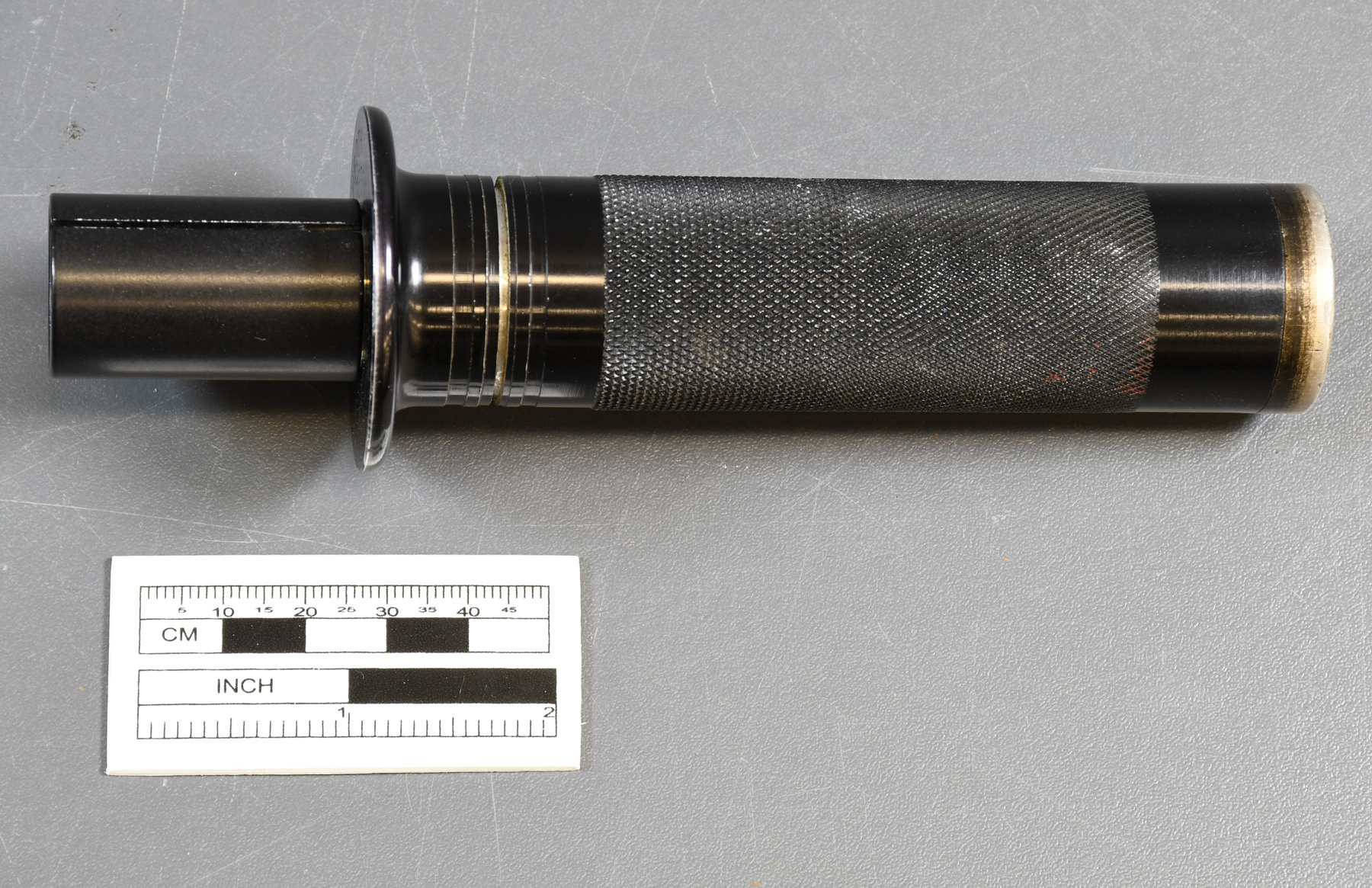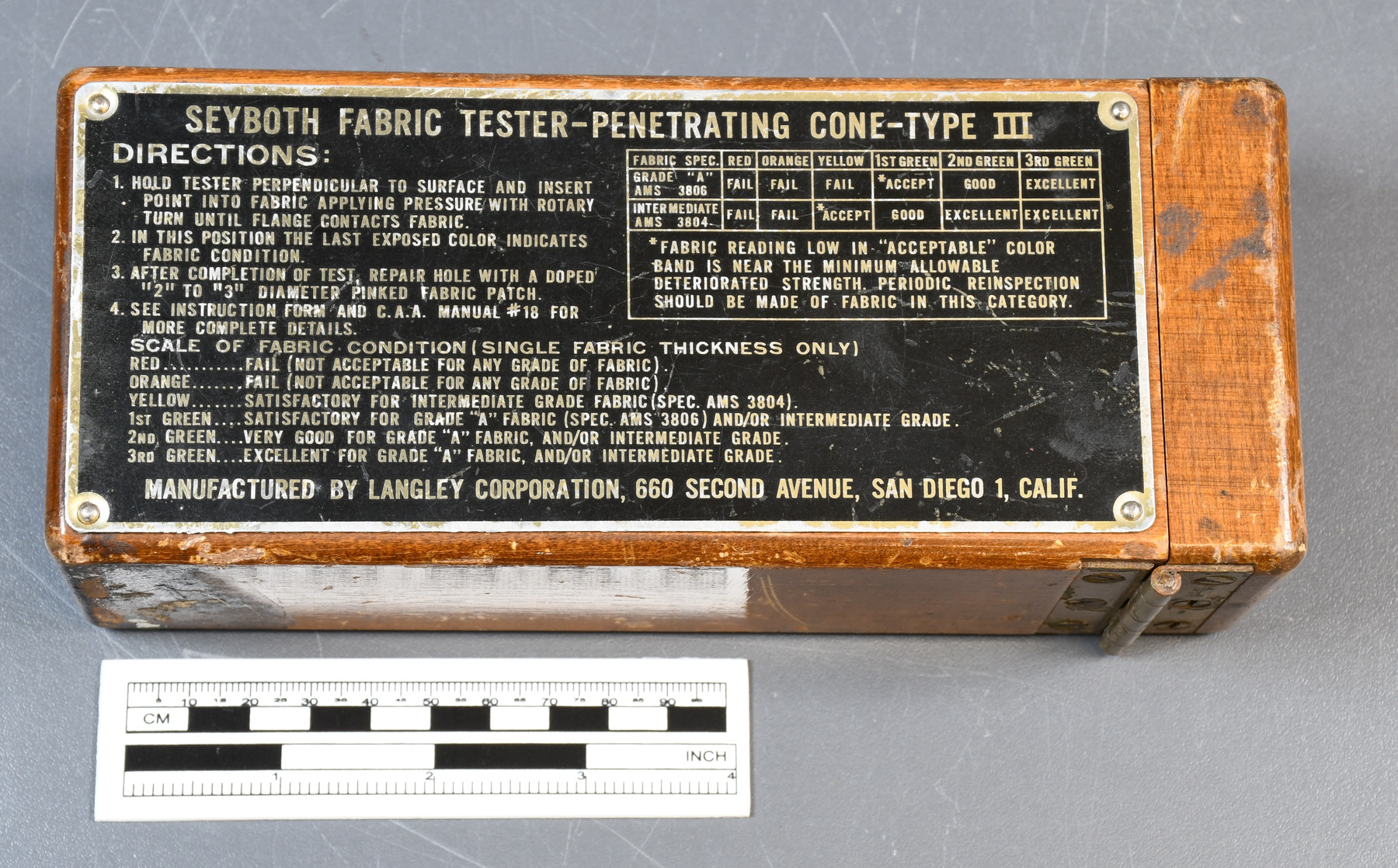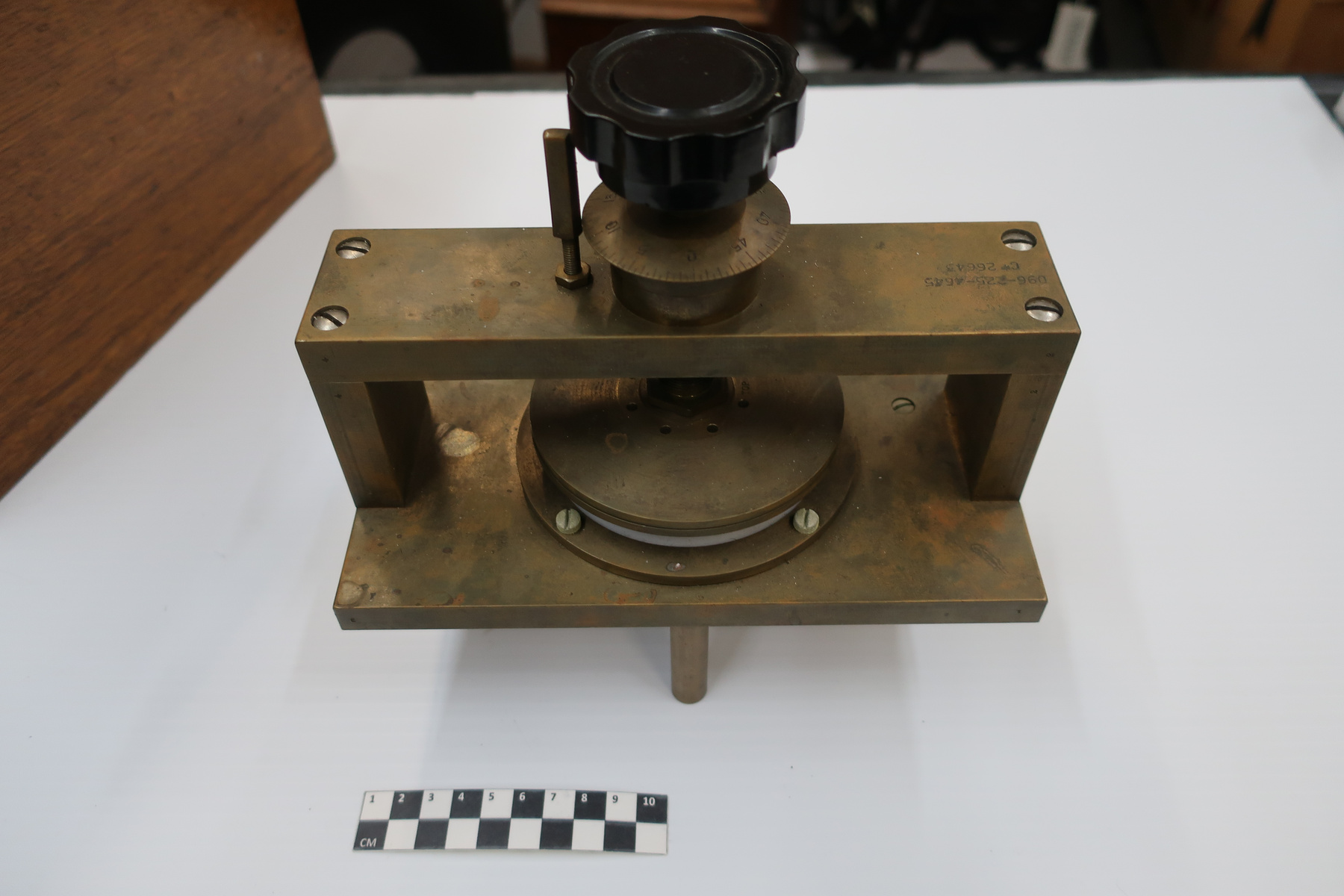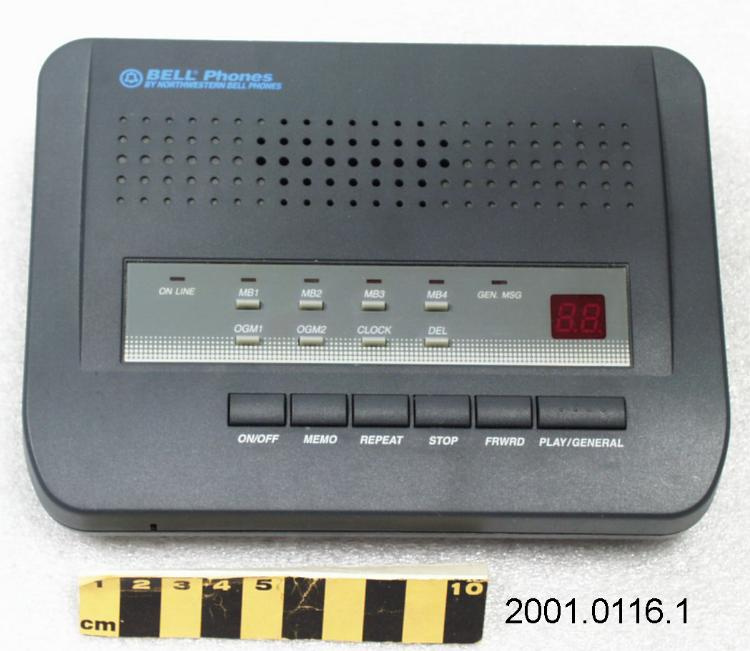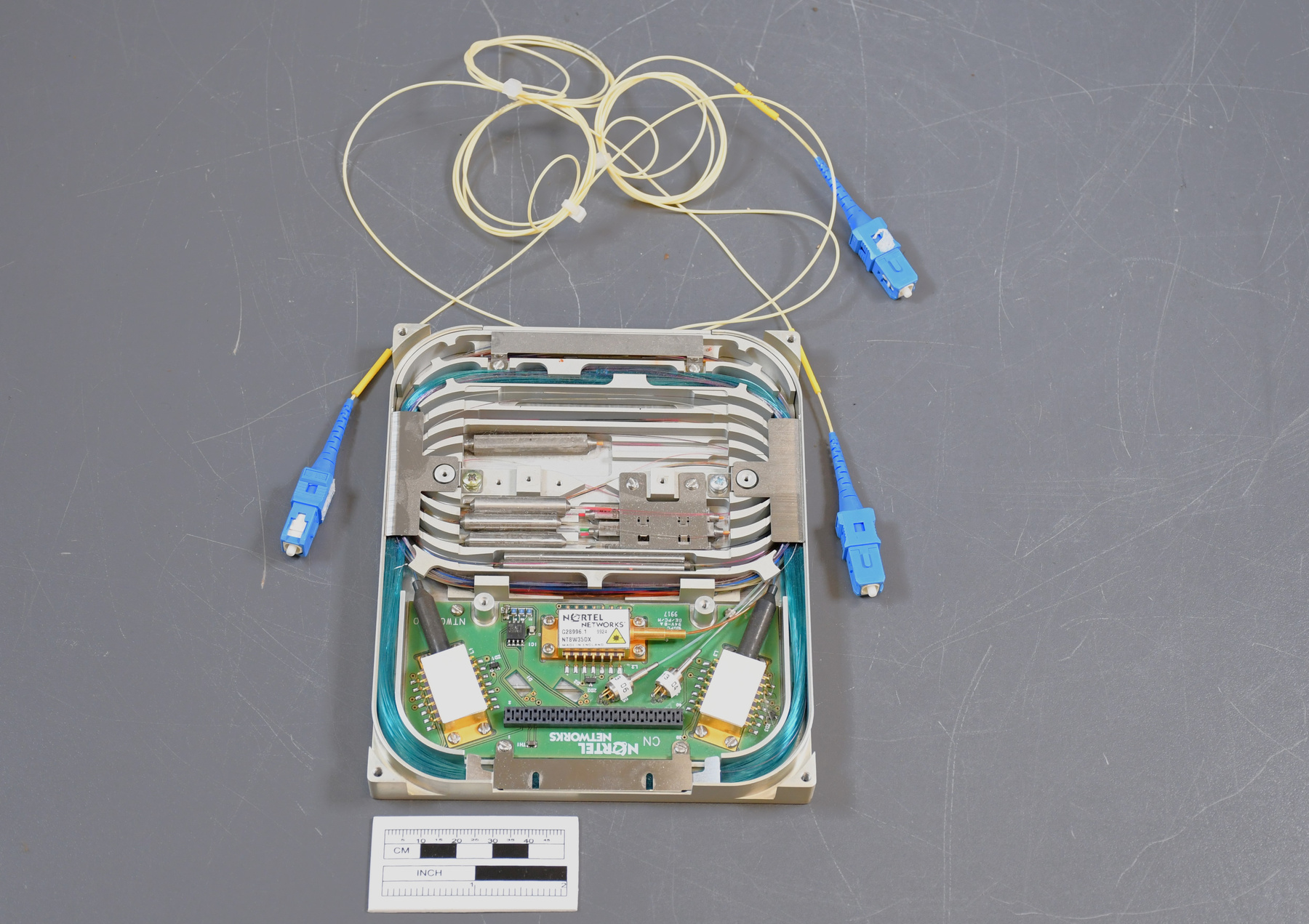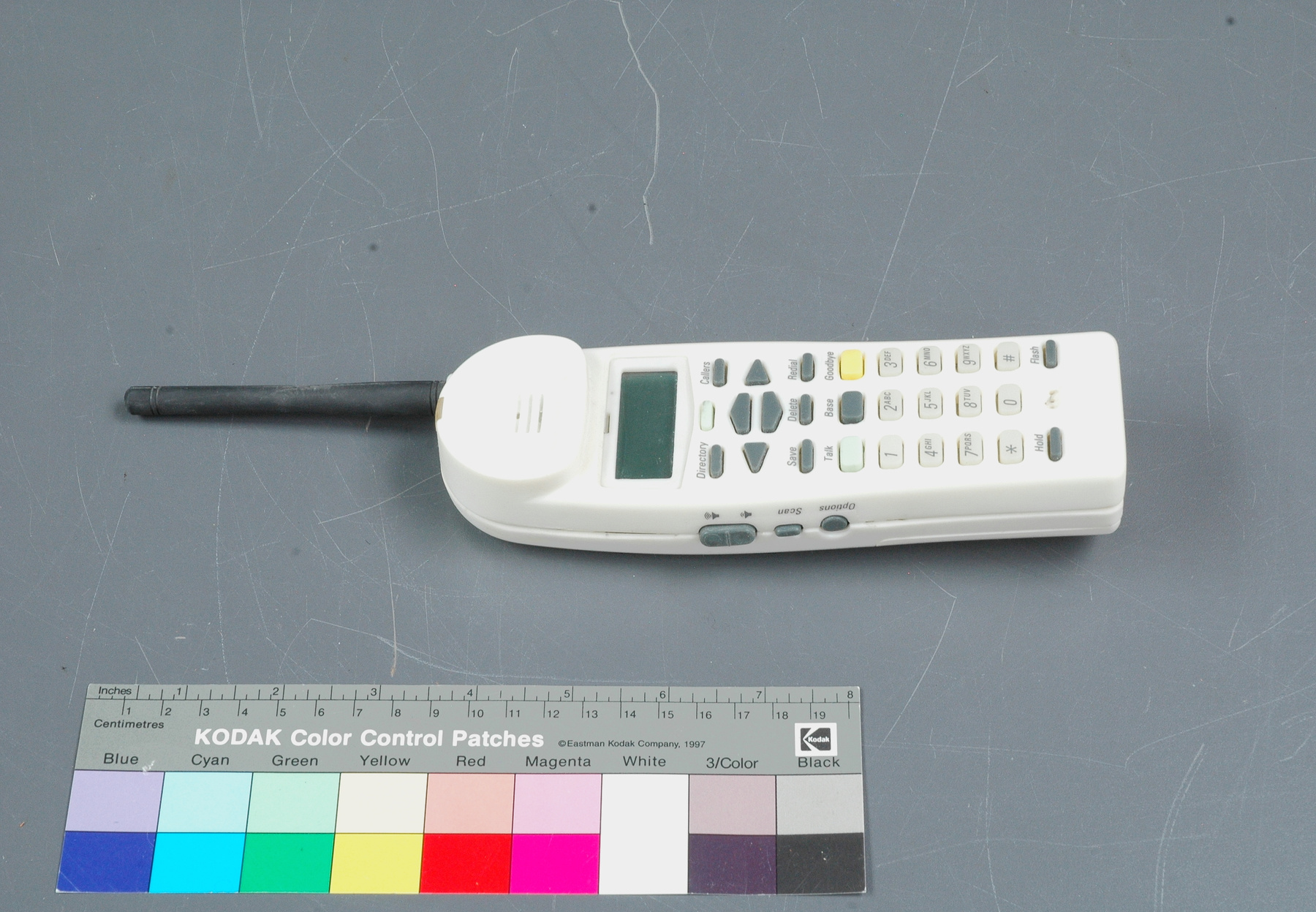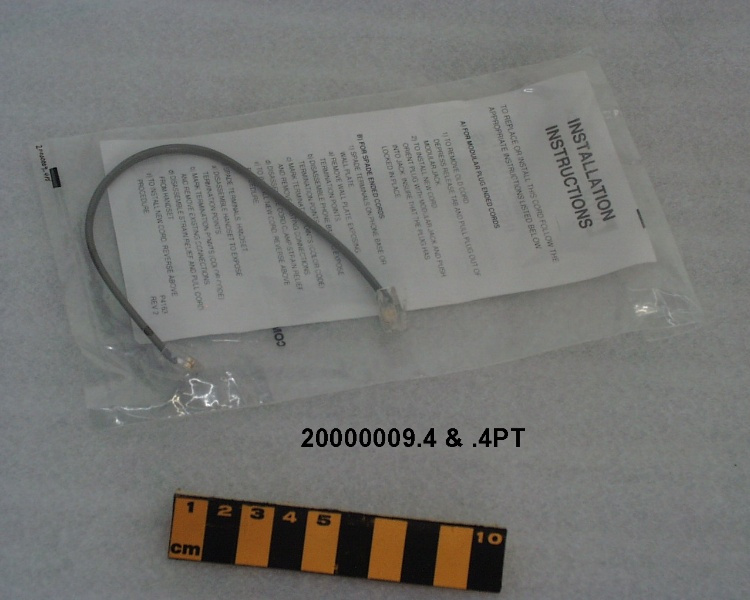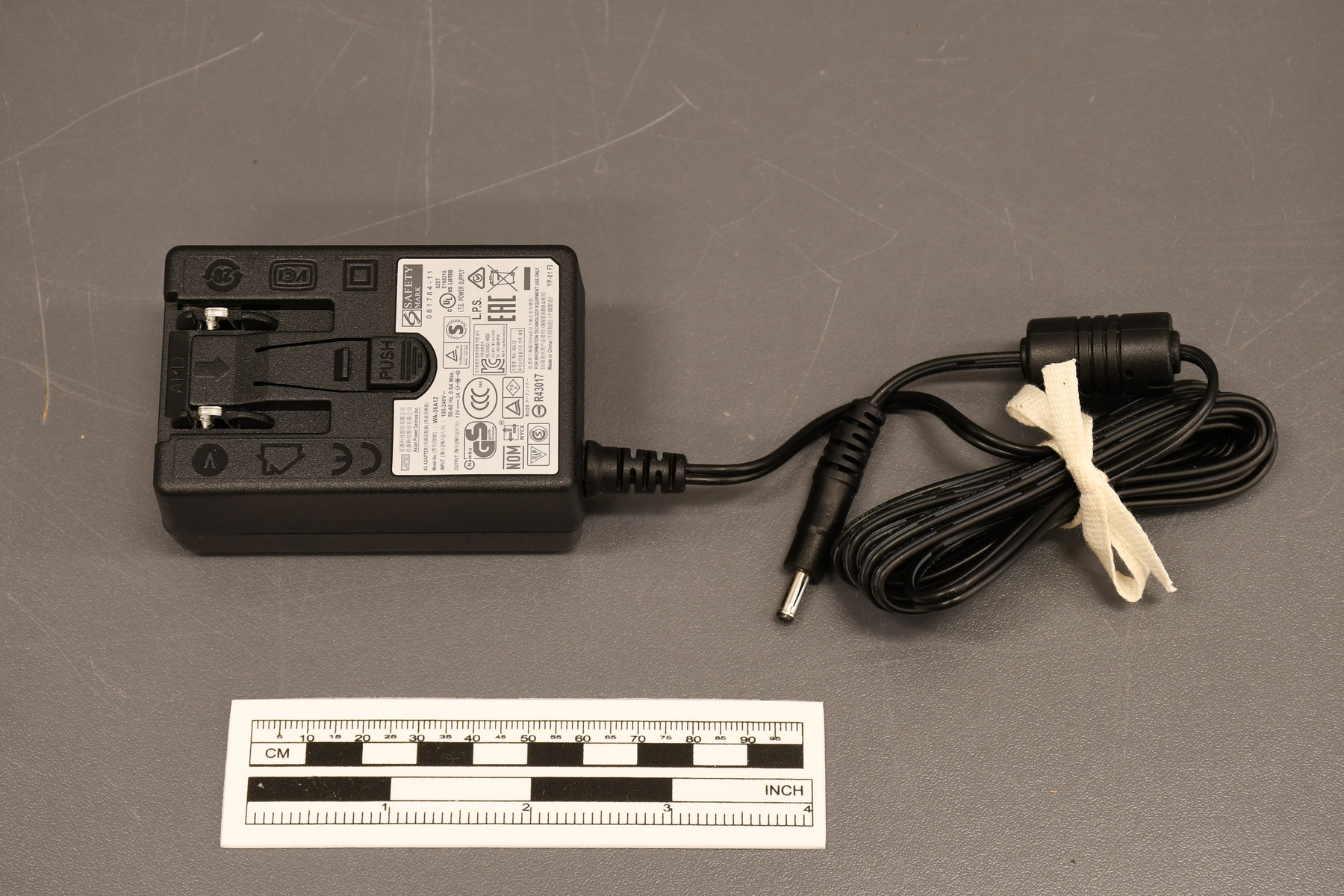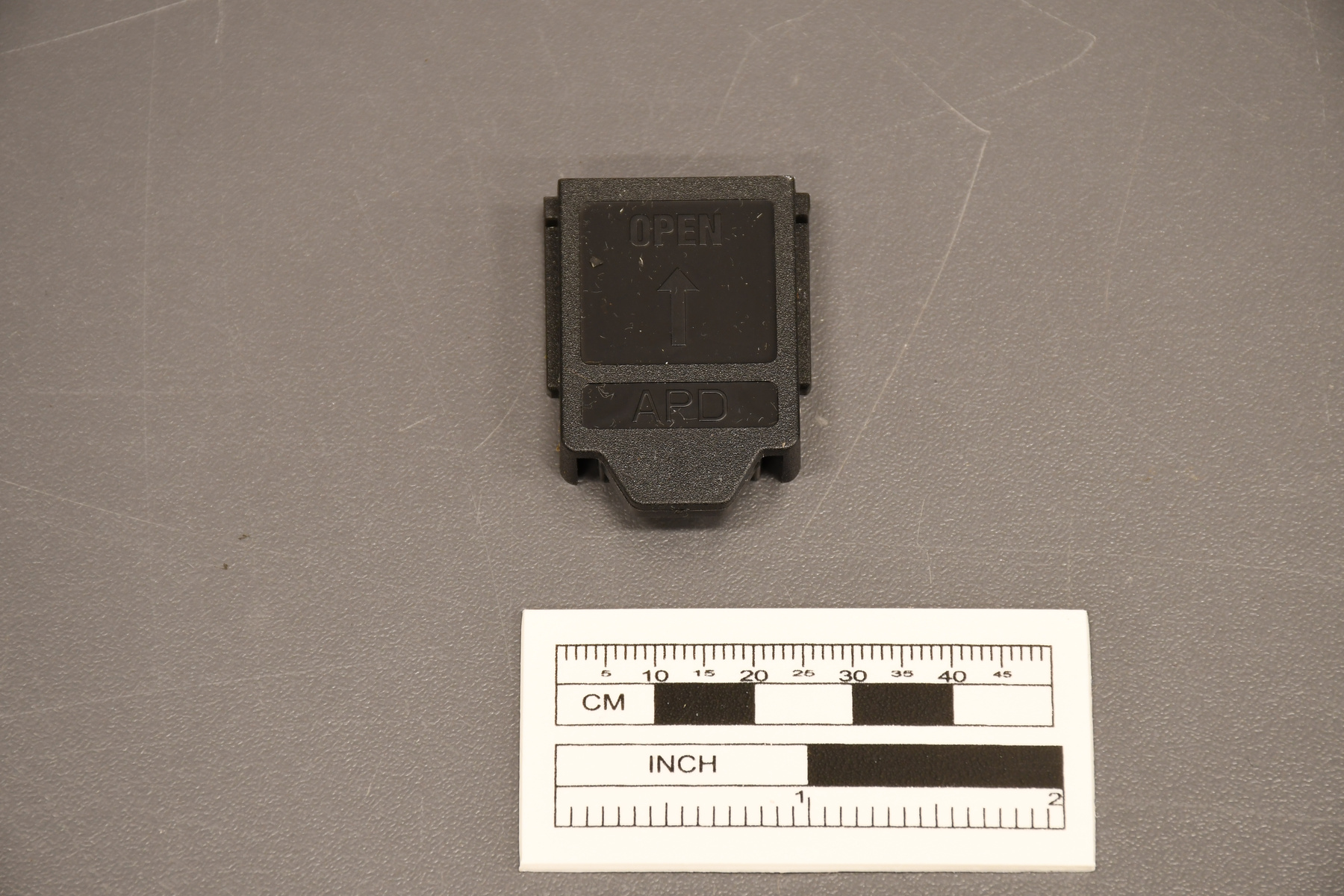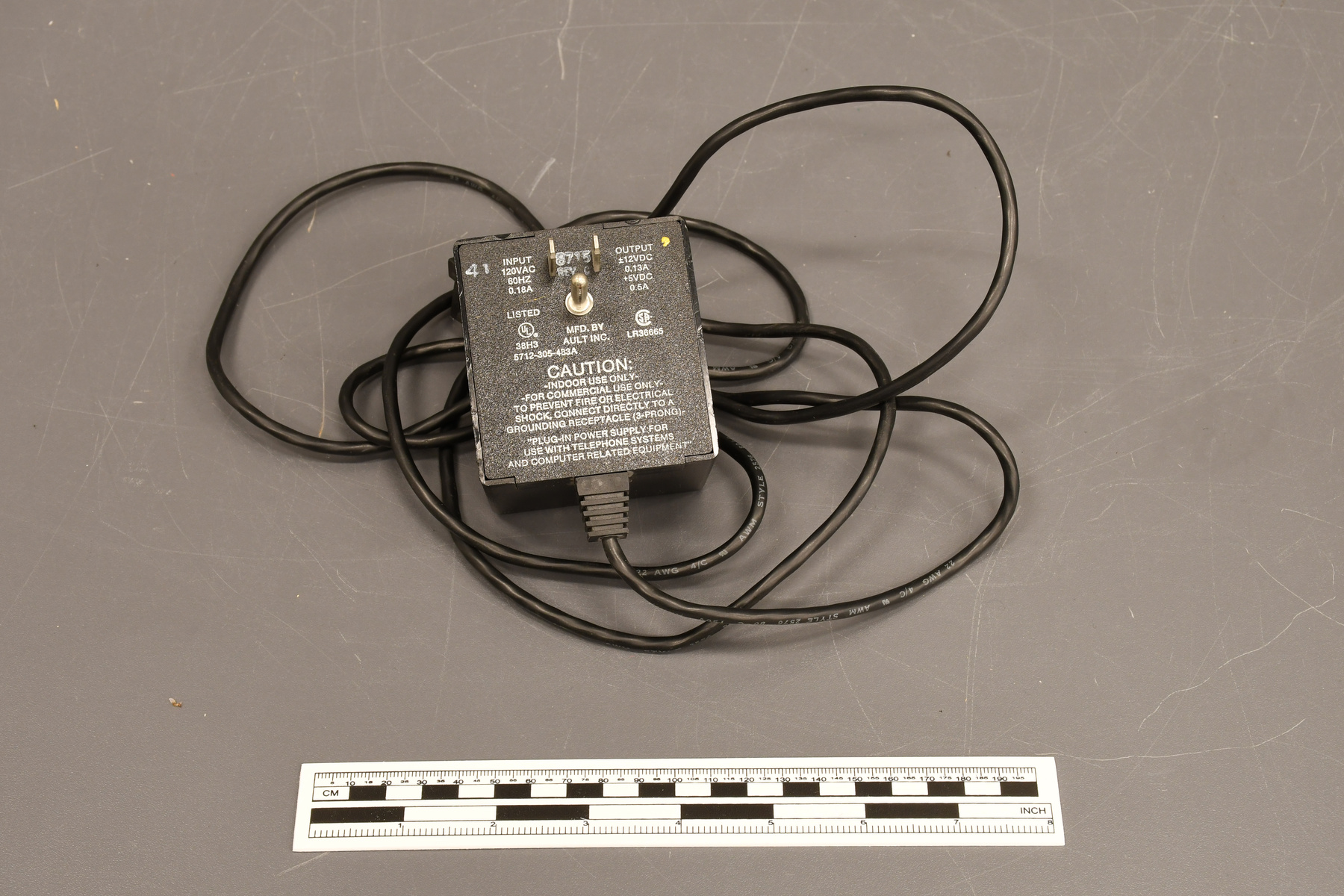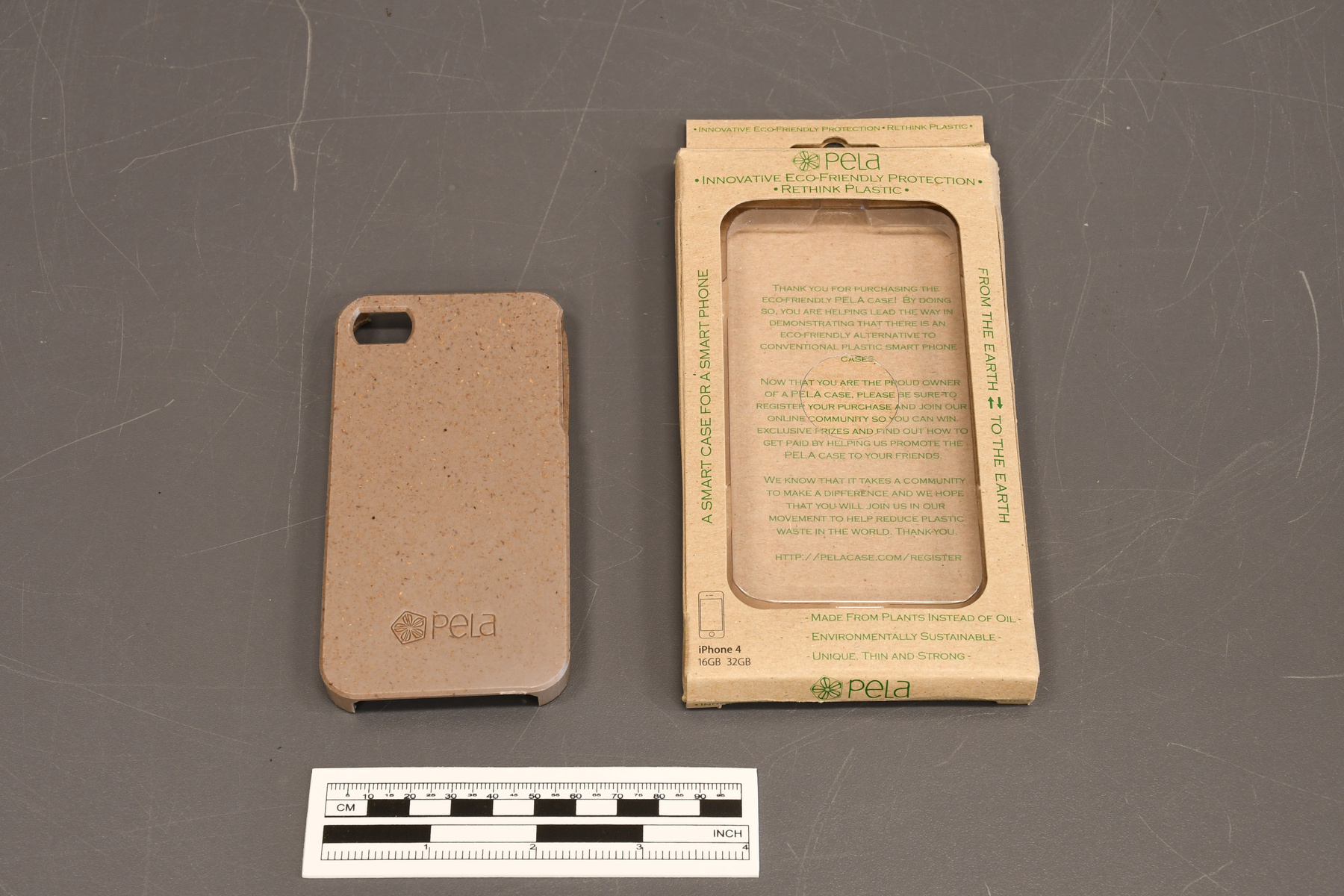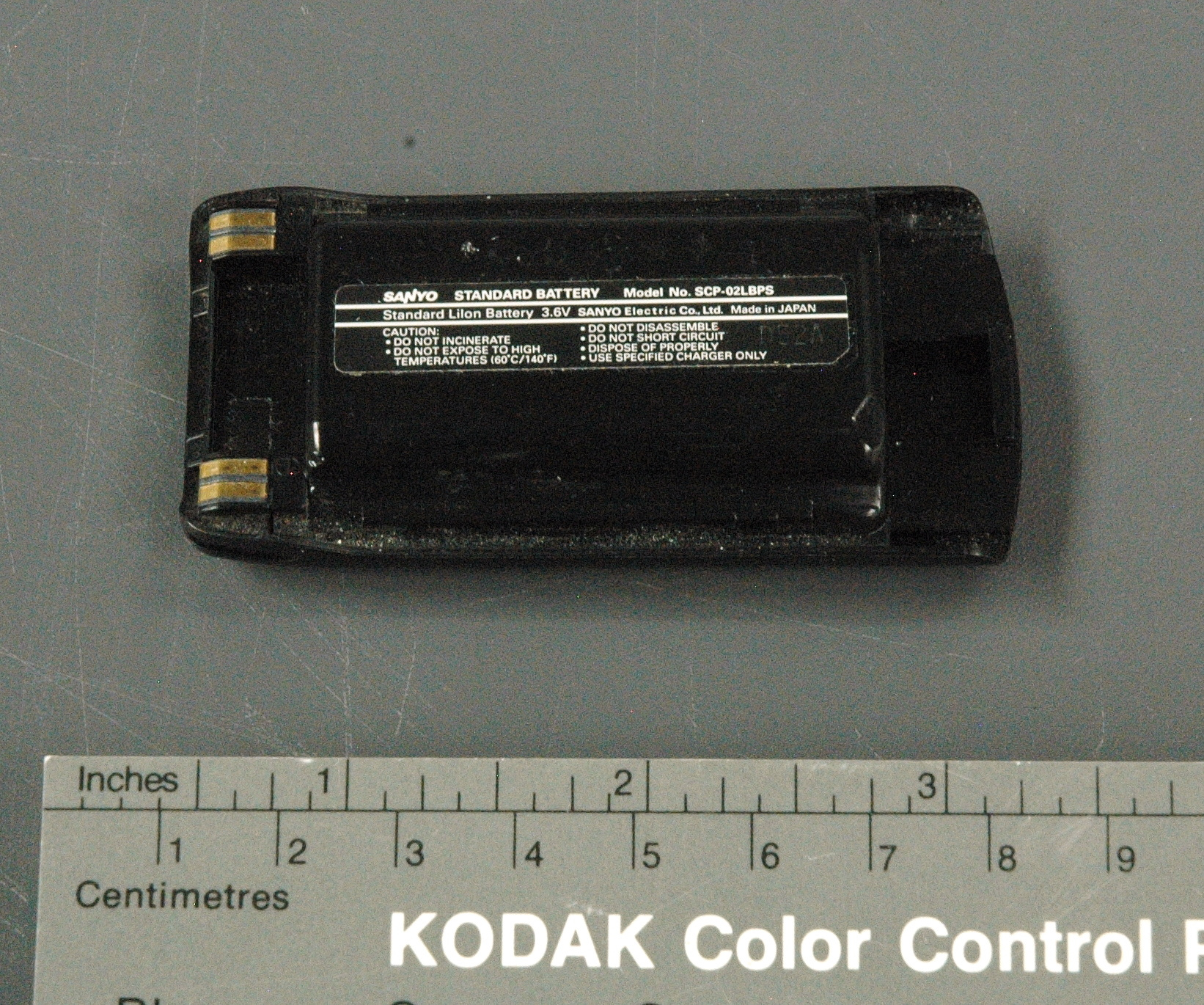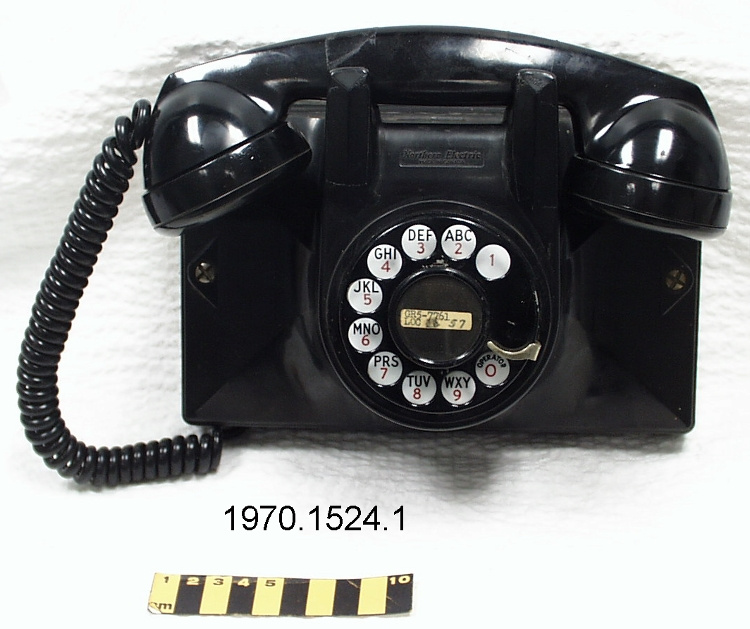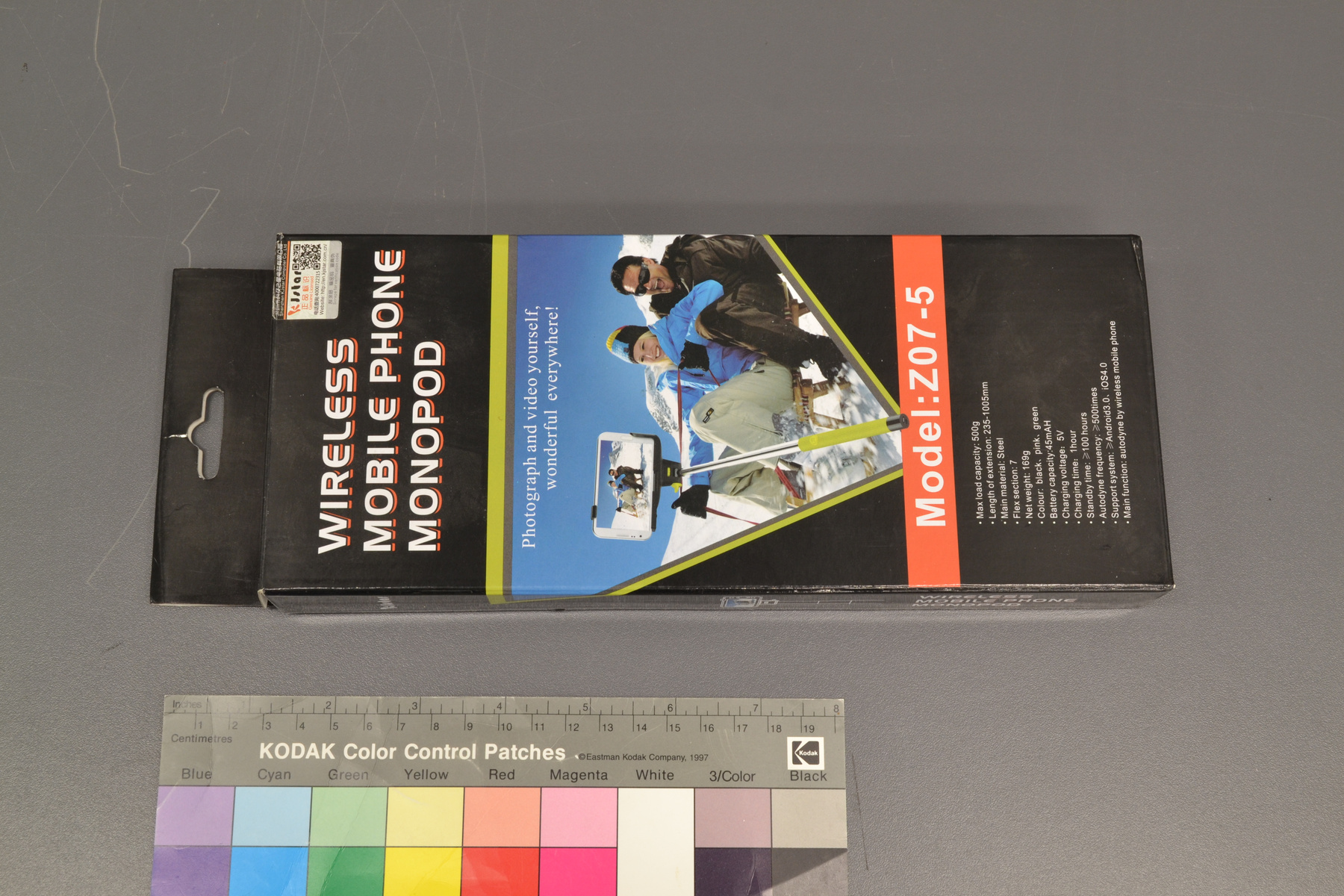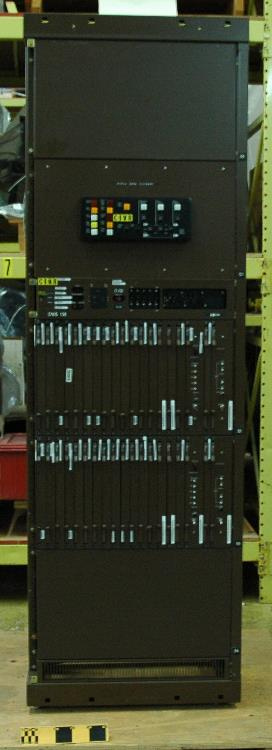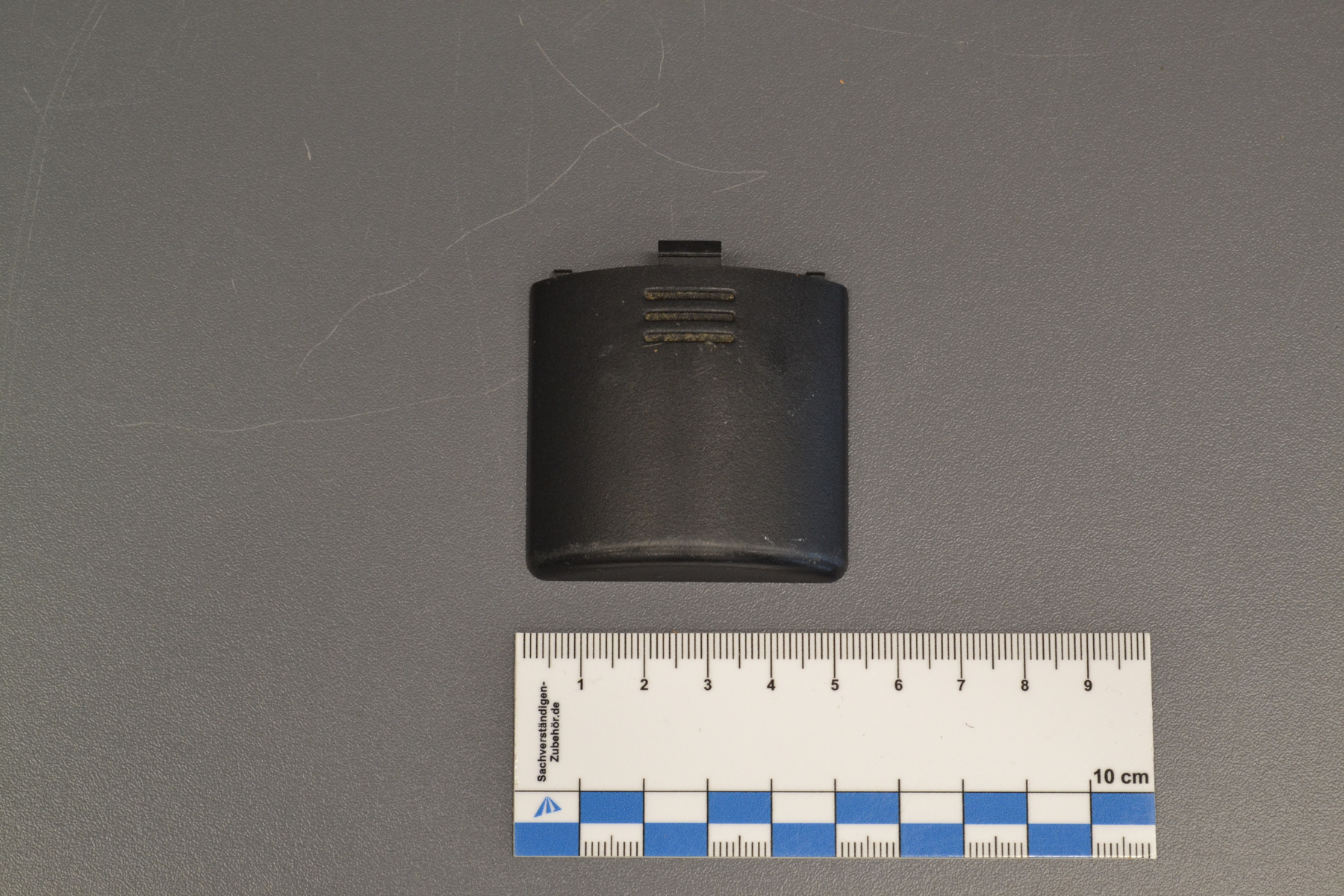Cover, battery compartment
Use this image
Can I reuse this image without permission? Yes
Object images on the Ingenium Collection’s portal have the following Creative Commons license:
Copyright Ingenium / CC BY-NC-ND (Attribution-NonCommercial 4.0 International (CC BY-NC 4.0)
ATTRIBUTE THIS IMAGE
Ingenium,
2018.0174.003
Permalink:
Ingenium is releasing this image under the Creative Commons licensing framework, and encourages downloading and reuse for non-commercial purposes. Please acknowledge Ingenium and cite the artifact number.
DOWNLOAD IMAGEPURCHASE THIS IMAGE
This image is free for non-commercial use.
For commercial use, please consult our Reproduction Fees and contact us to purchase the image.
- OBJECT TYPE
- sliding
- DATE
- 1994
- ARTIFACT NUMBER
- 2018.0174.003
- MANUFACTURER
- Northern Telecom
- MODEL
- Unknown
- LOCATION
- Unknown
More Information
General Information
- Serial #
- N/A
- Part Number
- 3
- Total Parts
- 7
- AKA
- N/A
- Patents
- N/A
- General Description
- Synthetic battery compartment Compartiment synthétique à batterie.
Dimensions
Note: These reflect the general size for storage and are not necessarily representative of the object's true dimensions.
- Length
- 5.3 cm
- Width
- 5.1 cm
- Height
- 1.4 cm
- Thickness
- N/A
- Weight
- N/A
- Diameter
- N/A
- Volume
- N/A
Lexicon
- Group
- Communications
- Category
- Telephony
- Sub-Category
- N/A
Manufacturer
- AKA
- Northern Telecom
- Country
- Unknown
- State/Province
- Unknown
- City
- Unknown
Context
- Country
- Canada
- State/Province
- Ontario
- Period
- ca. 1994
- Canada
-
Nortel developed this telephone in partnership with Sanyo. According to donor Bruce Tsuji, Nortel’s initial idea for this partnership was to use Sanyo’s existing cordless telephone technology in Nortel’s Vista casing, creating a cordless phone for the North American market. However, the project was assigned to Tsuji — project design manager of business and residential terminals for the Corporate Design Group —to redesign the telephone’s casing. Tsuji’s team proposed adding caller ID to the cordless phone. This change, along with using the Vista casing, required reworking of Sanyo’s cordless phone technology and developing new technology. Tsuji’s team worked with Steven Sparksmen, a Nortel employee based in Calgary, and Sanyo on the new technology. The cordless phone went to market in the autumn of 1994. According to the donor, the telephone was very well received, winning consumer electronic awards and selling “like hot cakes.” Nortel a développé ce téléphone en partenariat avec Sanyo. Selon le donateur Bruce Tsuji, l'idée initiale de Nortel pour ce partenariat était d'utiliser la technologie de téléphone sans-fil de Sanyo pour créer un téléphone sans-fil pour le marché nord-américain. Cependant, le projet a été assigné à Tsuji, le gestionnaire de la conception de projets. Son équipe a proposé d'incorporer l'identification de l'appelant pour le téléphone sans-fil.Ce changement exigeait le développement de nouvelles technologies sans-fil. L'équipe à Tsuji a travaillé avec Steven Sparksmen, un employé de Nortel basé àCalgary. Son équipe a aussi travaillé avec Sanyo sur cette nouvelle technologie. Ce téléphone sans-fil a été mis sur le marché en automne 1994. Selon le donateur, le téléphone a été très bien reçue et a gagné des prix des consommateurs. - Function
-
To cover and enclose the battery within a cordless telephone handset. Couvrir et entourer la batterie à l'intérieur du téléphone sans-fil. - Technical
-
The Nomad 6500 was the first cordless phone with caller identification in the handset. While, in the early 1990s, standard telephones had caller identification, cordless telephones did not yet have this feature because of the difficulty in transmitting data between the base and handset. Data loss, acceptable when voice was the only thing being transmitted, made the transfer of telephone numbers impossible. To overcome this problem, Nortel and Sanyo built in error checking. The direction that the telephone was mounted-keypad facing out, rather than facing the base-changed so that the display would be visible when the handset was in the base. (This change was cheaper than putting caller identification screens in both the base and the handset.) The Nomad 6500 was produced before name delivery service, but developers predicted the service would soon be available, and designed the telephone accordingly. When it was released, users could program the telephone to recognize certain numbers and identify them with known contacts. The audio for the Nomad 6500 was tested in Ottawa, at Nortel’s anechoic chamber. The rest of the technology was tested in Calgary and Japan. Le modèle Nomad 6500 a été le premier téléphone sans-fil avec l'identification de l'appelant. Malgré, dans le début des années 1990, les téléphones réguliers avec l'identification à l'appelant, les téléphones sans-fil n'avaient pas encore cette caractéristique en raison de la difficulté de transmission de donnés entre la base et l'appareil téléphonique. L'audio pour le modèle Nomad 6500 a été testé à Ottawa, dans la chambre anéchoïque de Nortel. Le reste de la technologie a été testé à Calgary et au Japon. La direction dans laquelle le téléphone était monté - clavier vers l'extérieur, plutôt que face à la base - a changé pour faire en sorte que l'affichage serait visible lorsque l'appareil téléphonique était dans la base. Cette option était moins chère que de mettre des écrans d'identification dans la base et dans l'appareil téléphonique. - Area Notes
-
Unknown
Details
- Markings
- None apparent
- Missing
- Appears complete
- Finish
- Black synthetic battery compartment with a piece of grey foam attached to the inside. Compartiment à batteries noir synthétique avec un morceau de mouse attaché à l'intérieur.
- Decoration
- N/A
CITE THIS OBJECT
If you choose to share our information about this collection object, please cite:
Northern Telecom, Cover, battery compartment, 1994, Artifact no. 2018.0174, Ingenium – Canada’s Museums of Science and Innovation, http://collections.ingeniumcanada.org/en/id/2018.0174.003/
FEEDBACK
Submit a question or comment about this artifact.
More Like This
